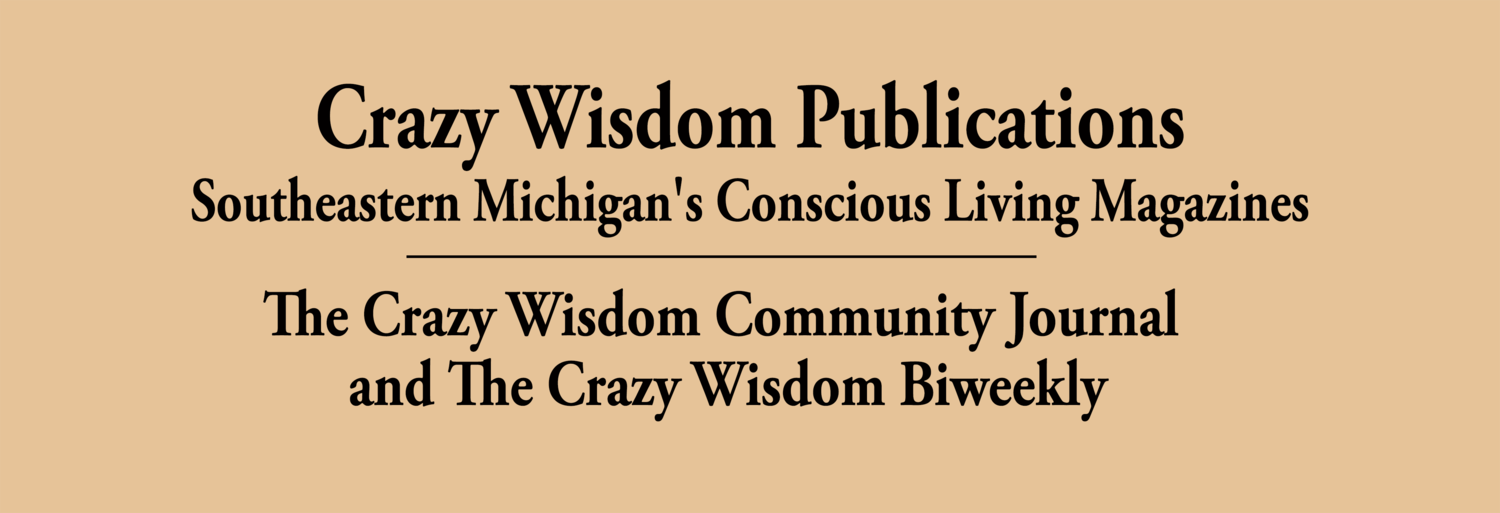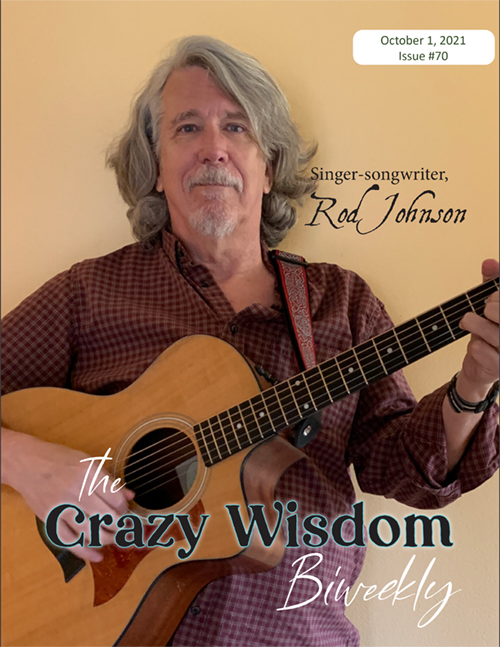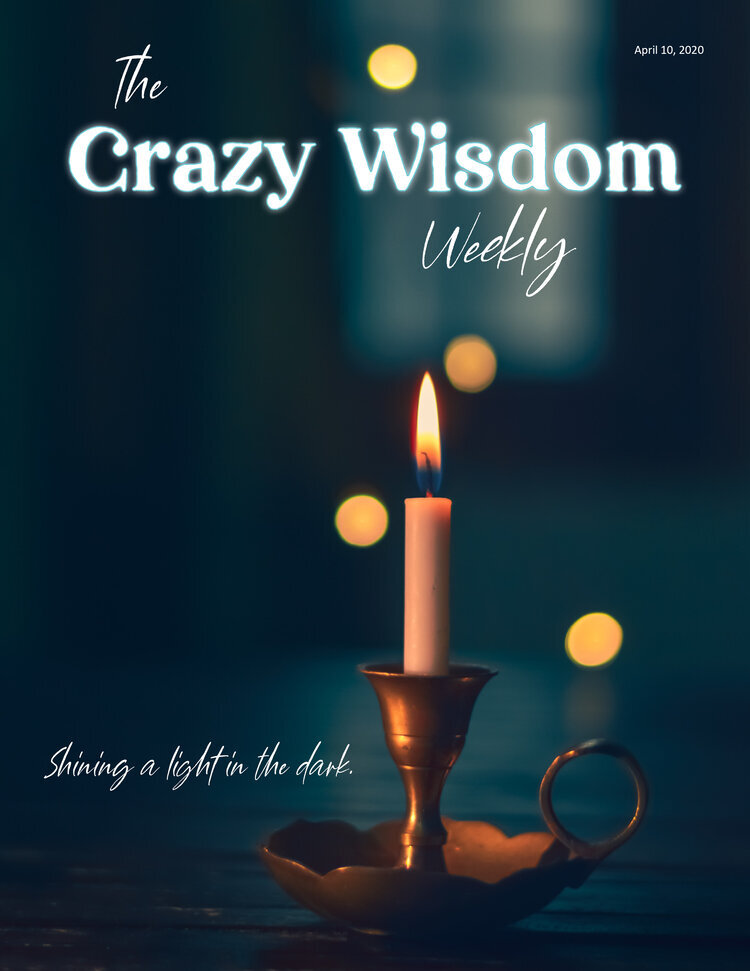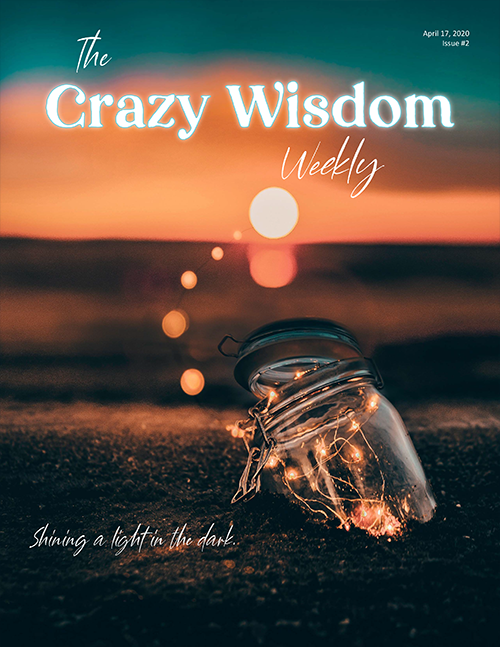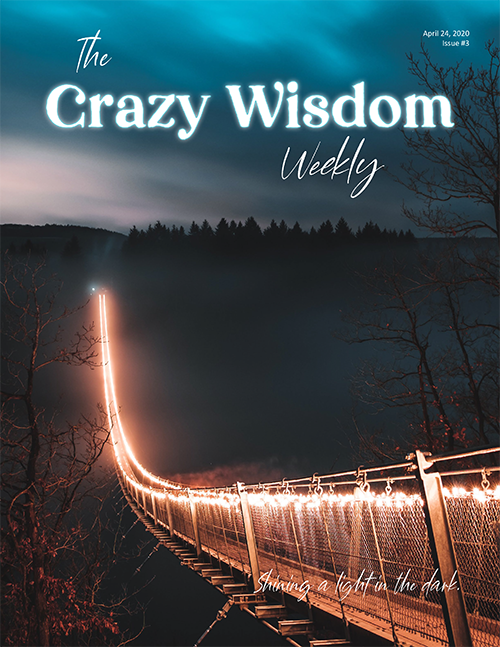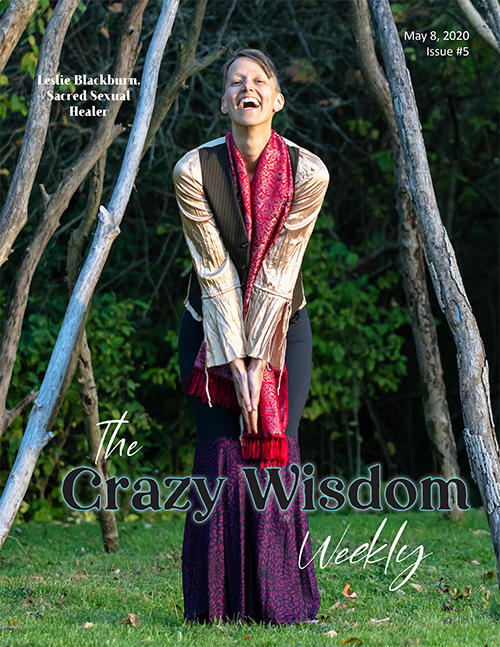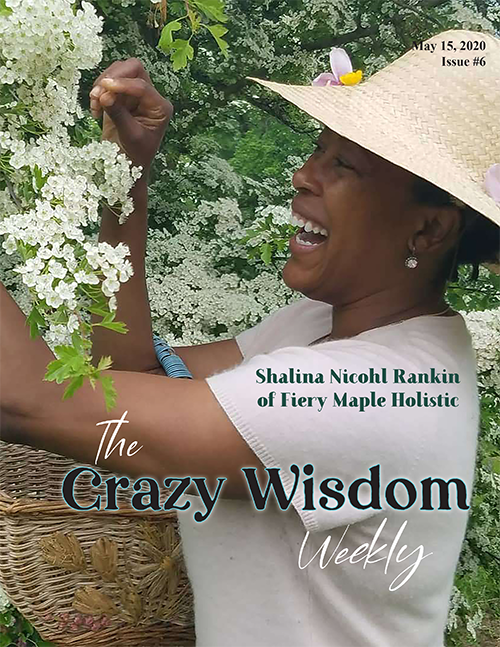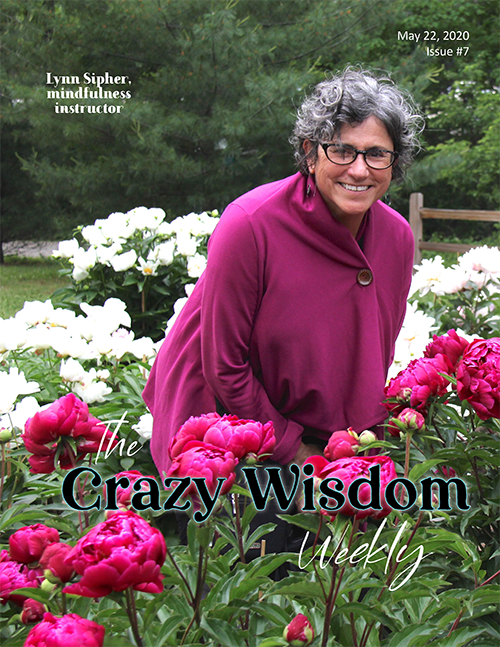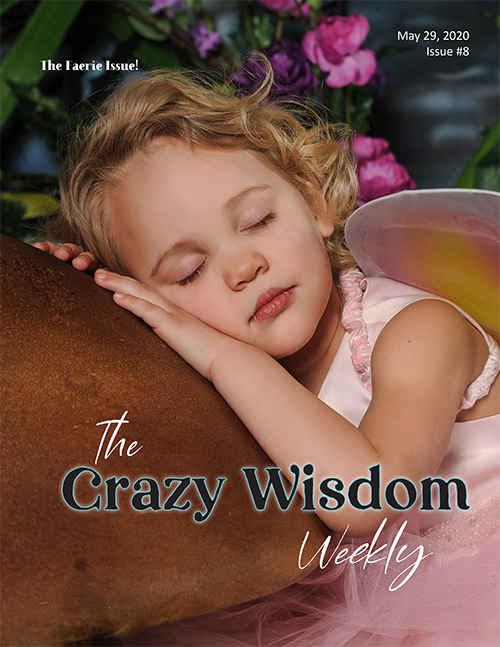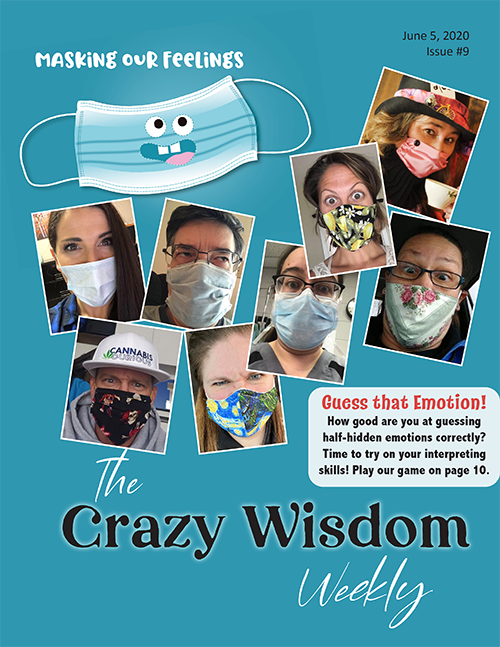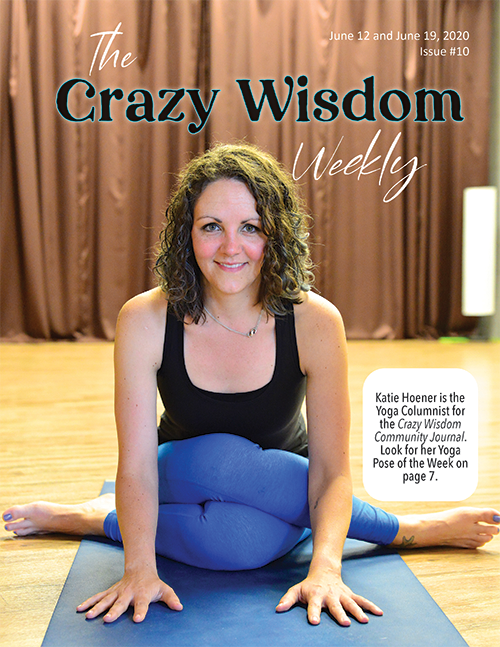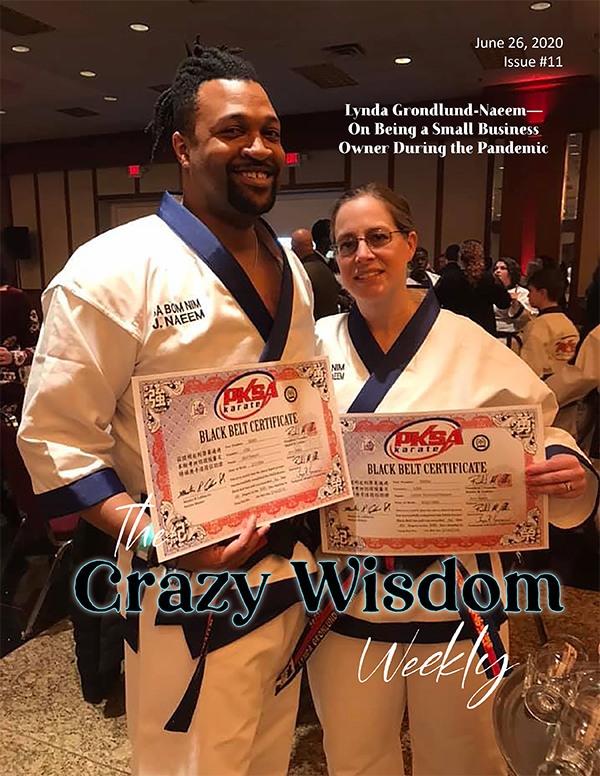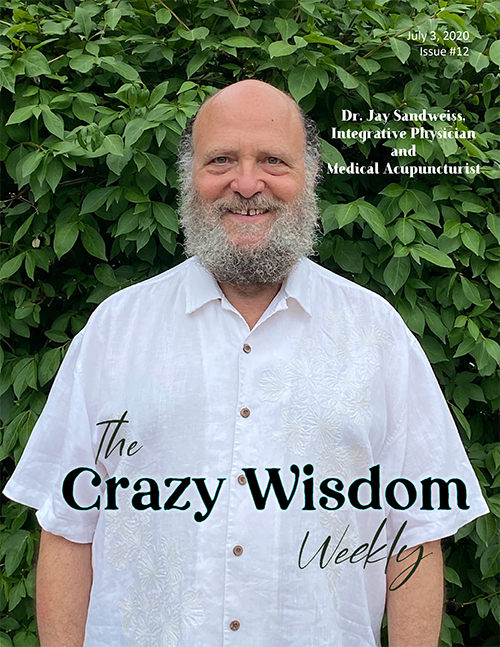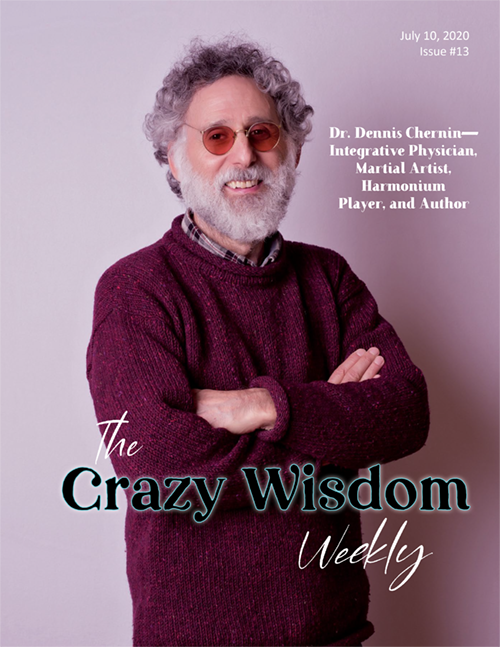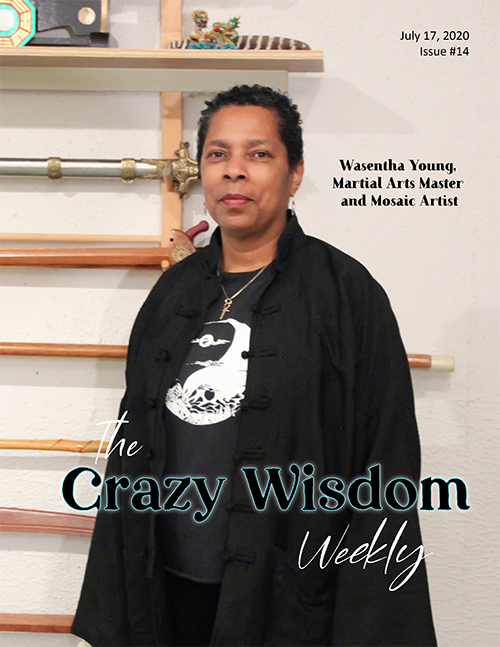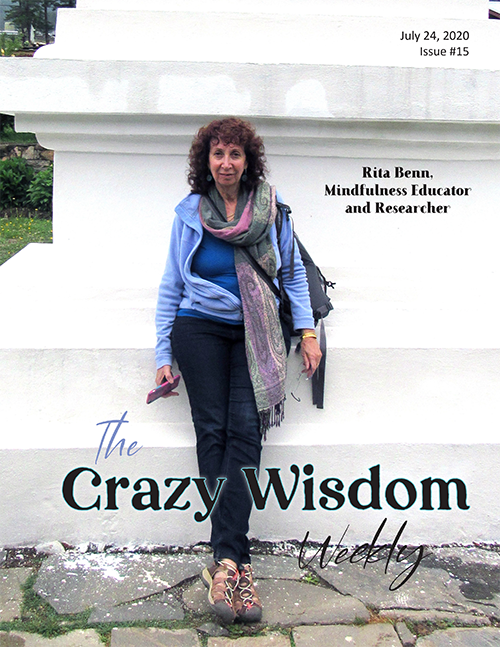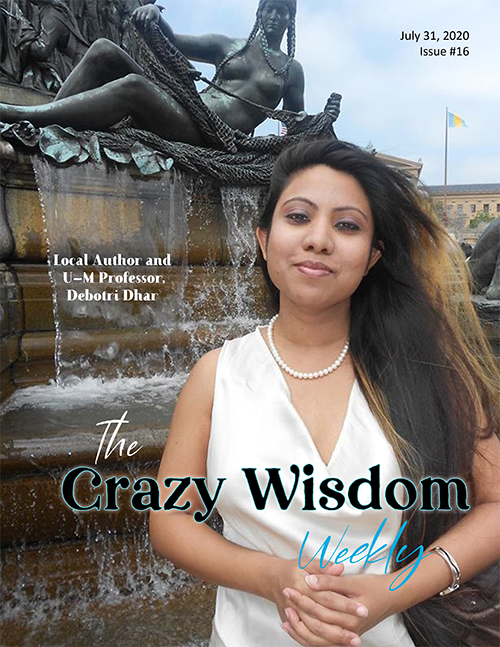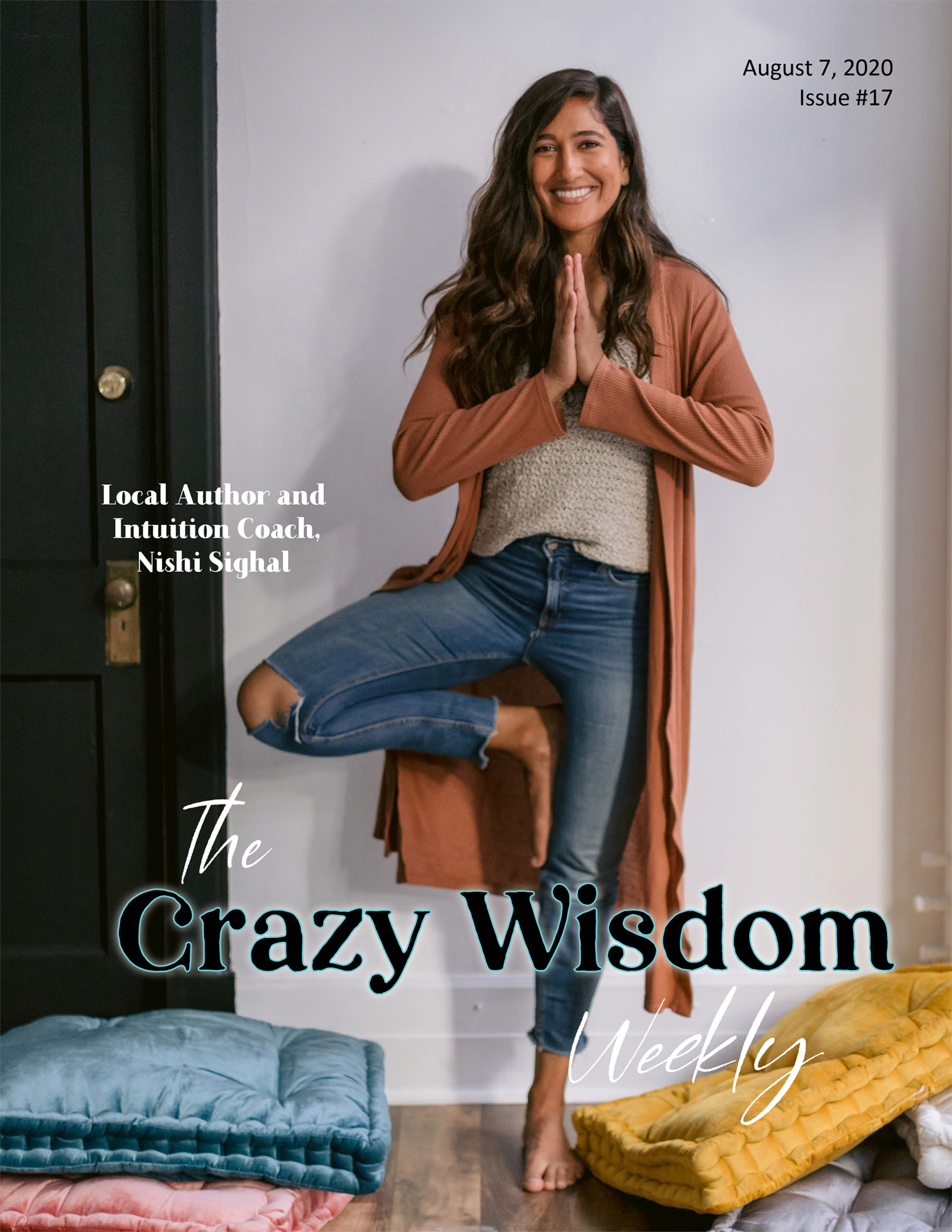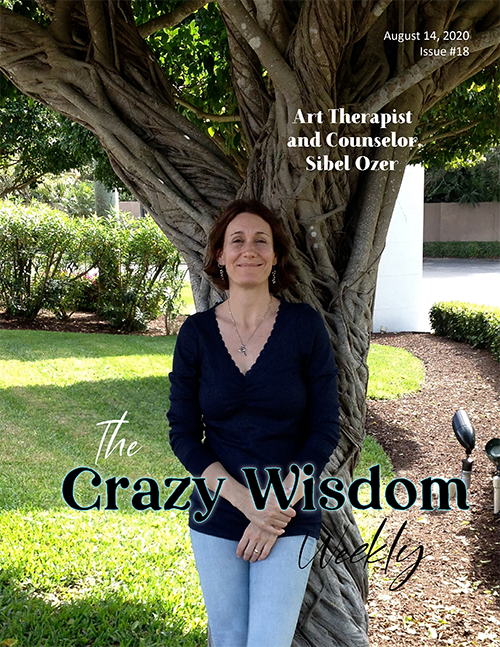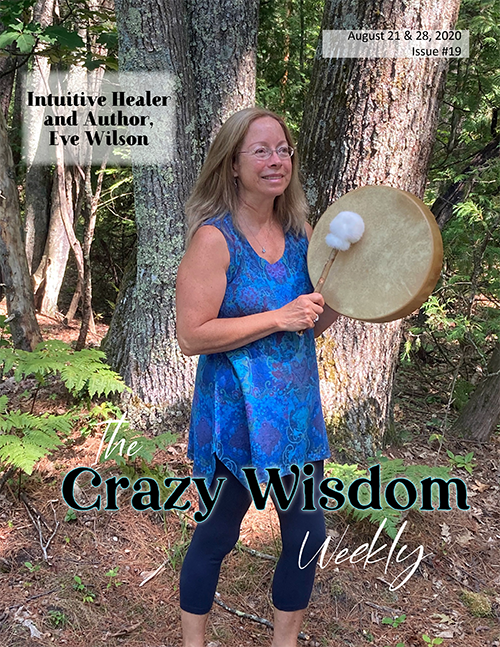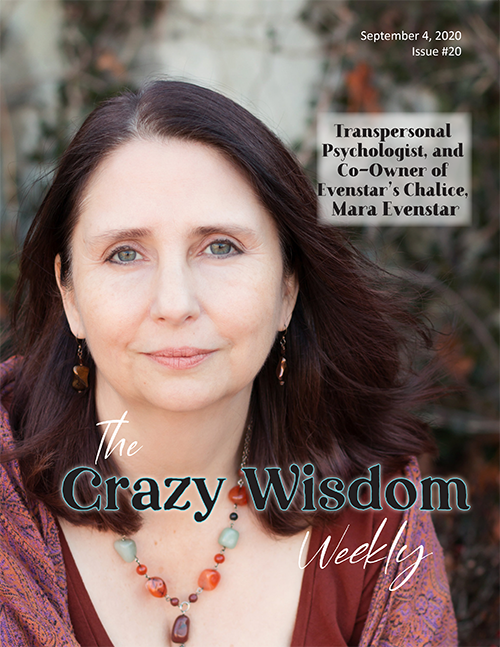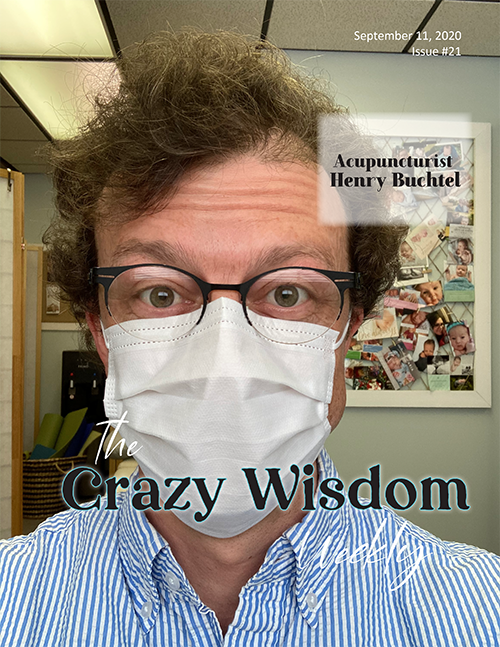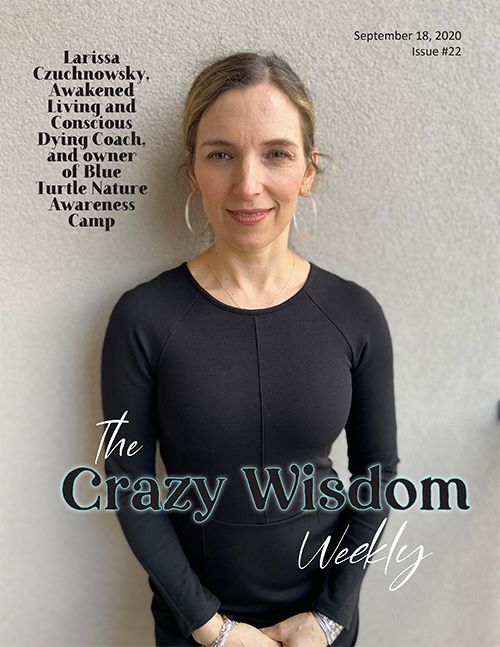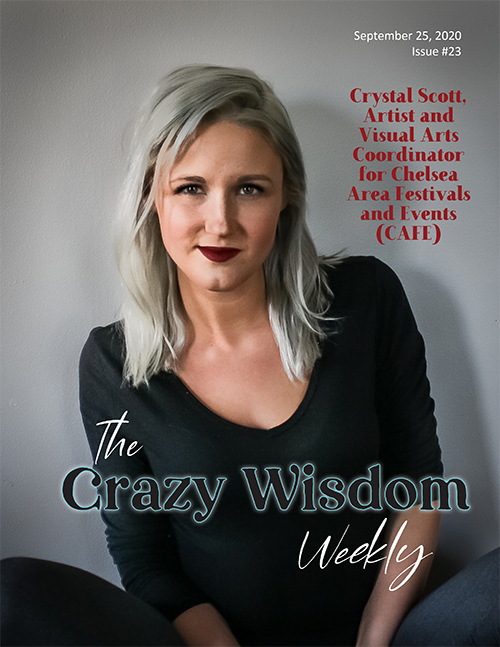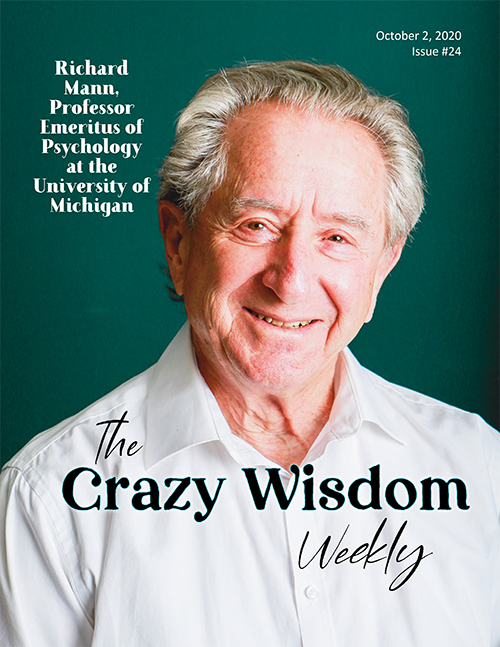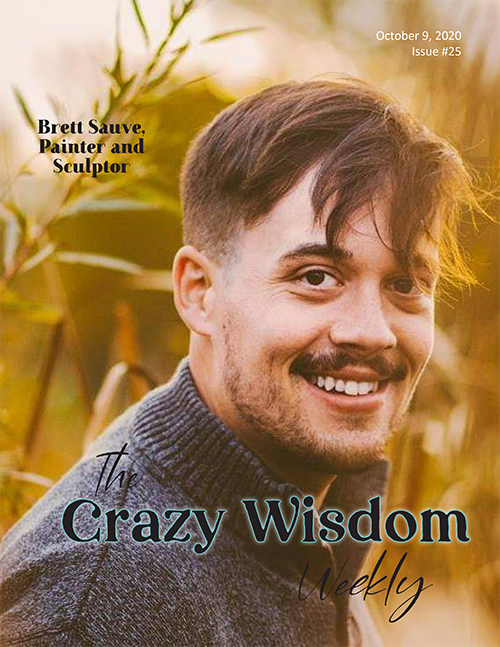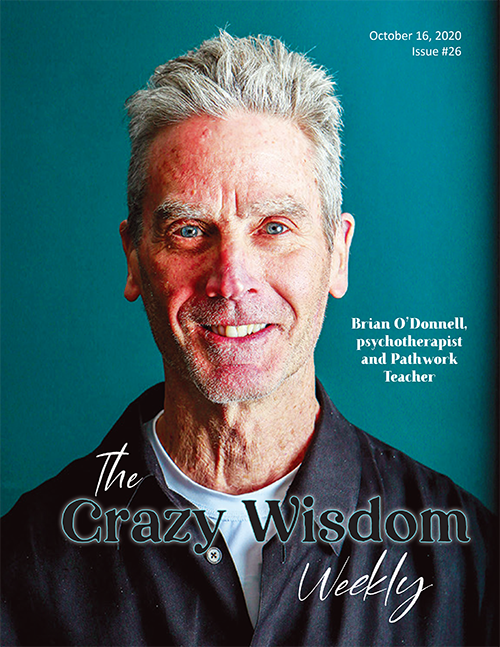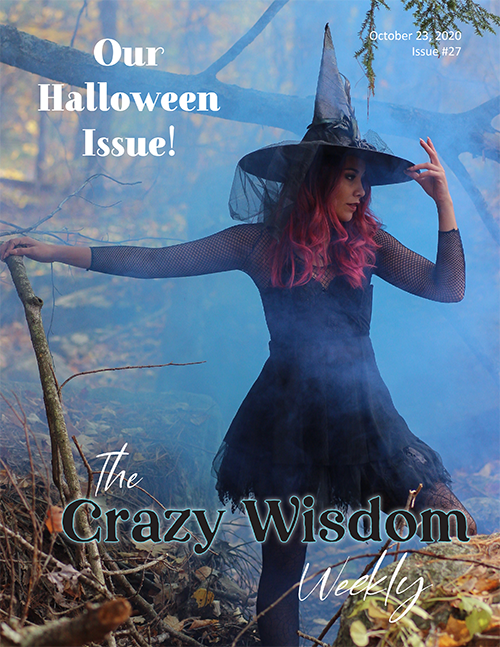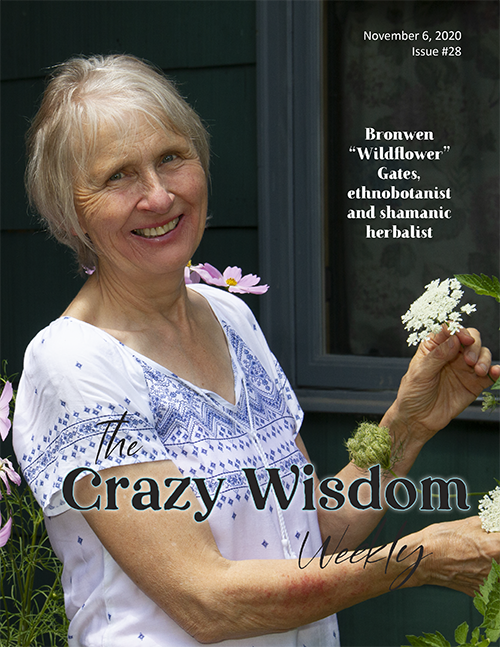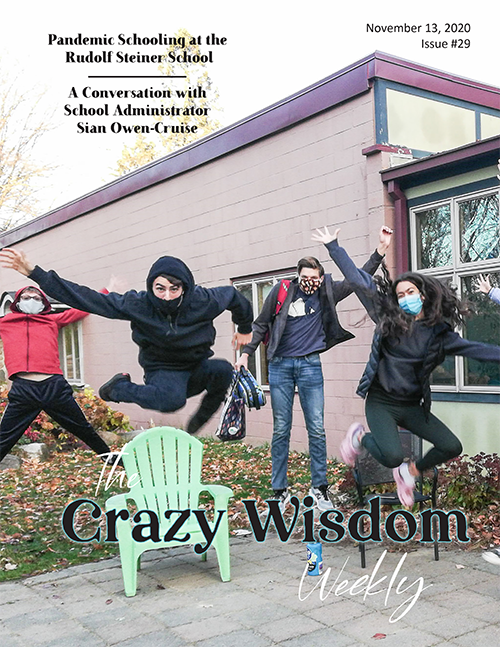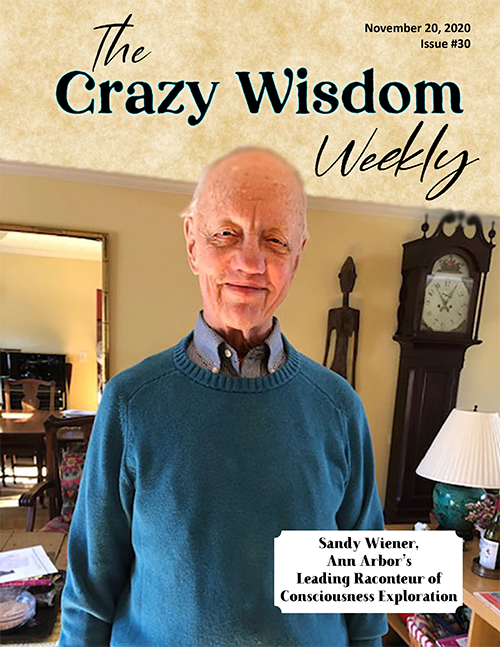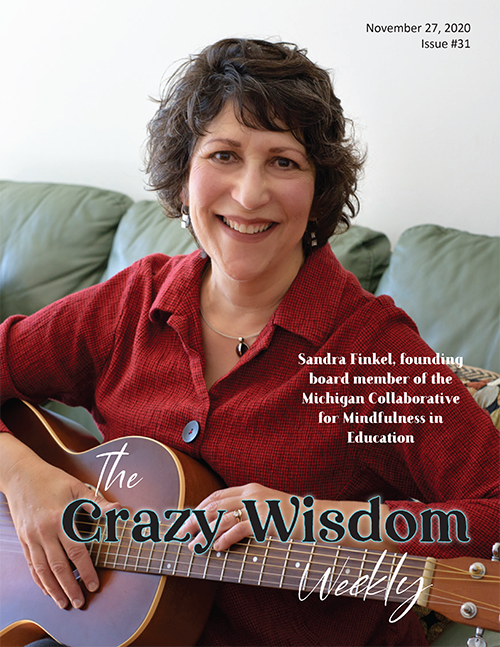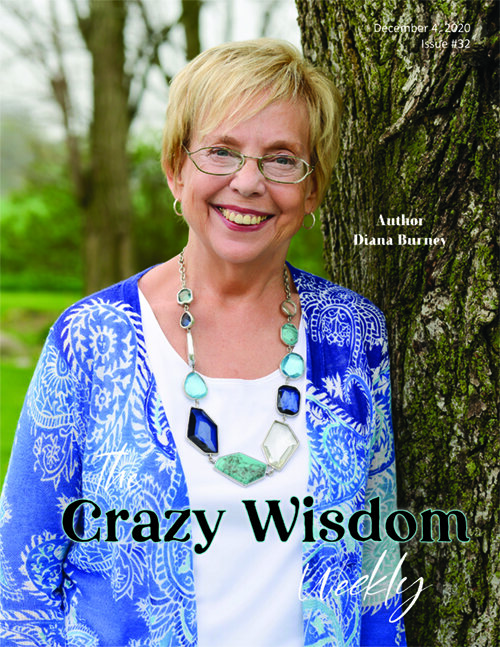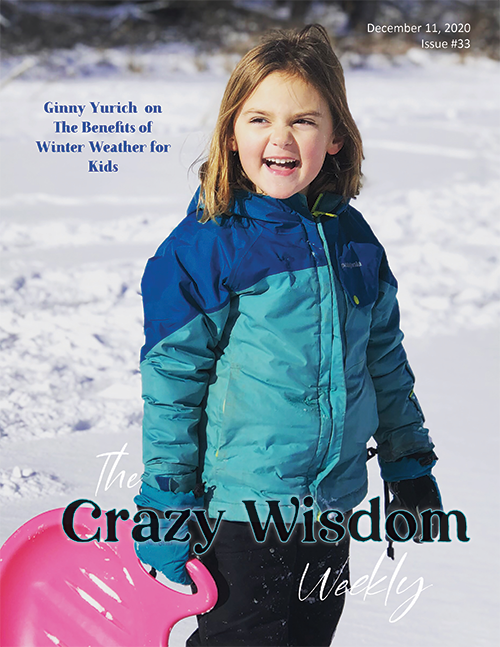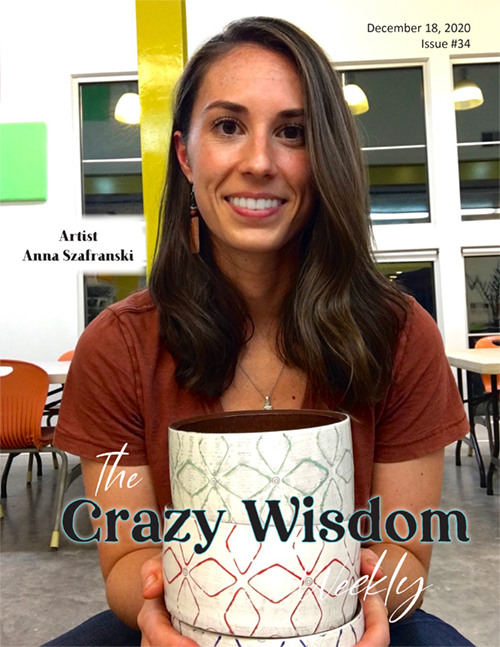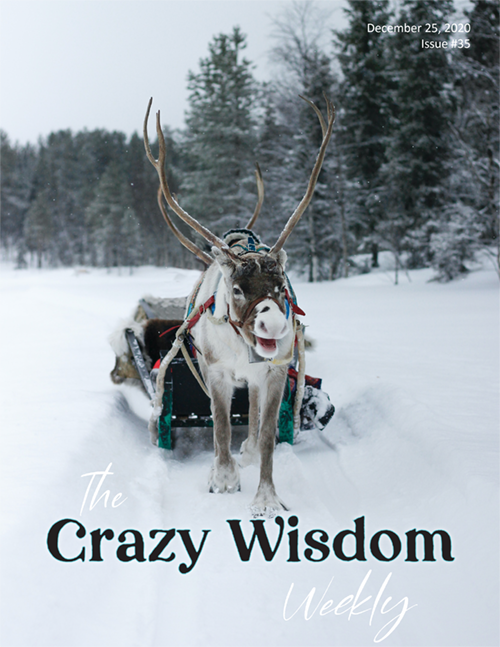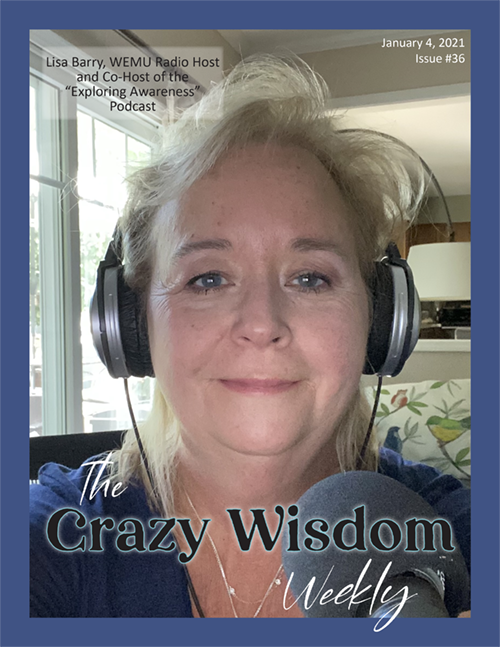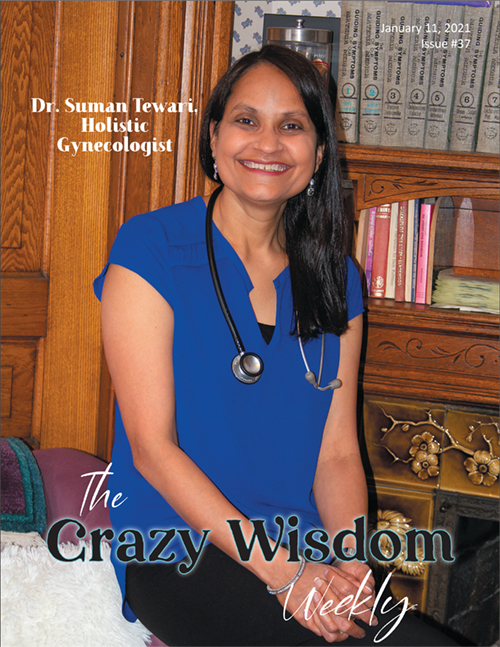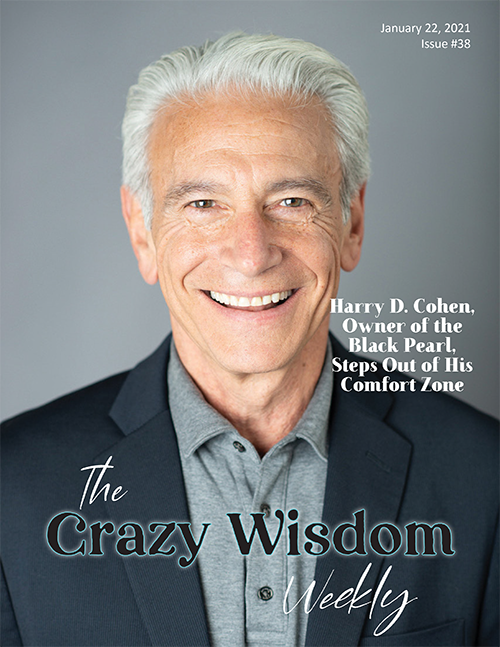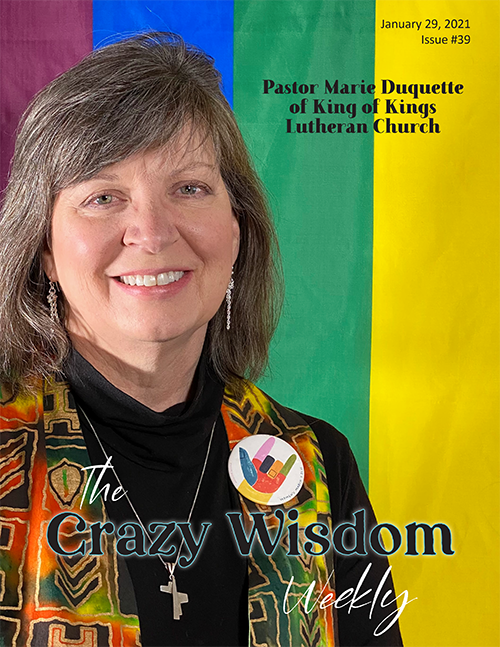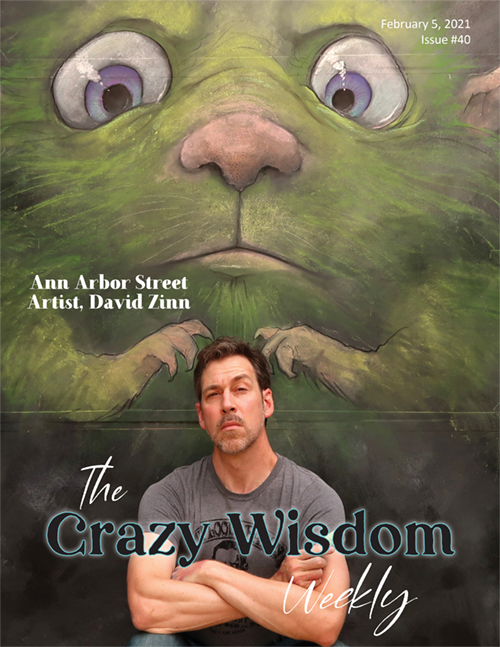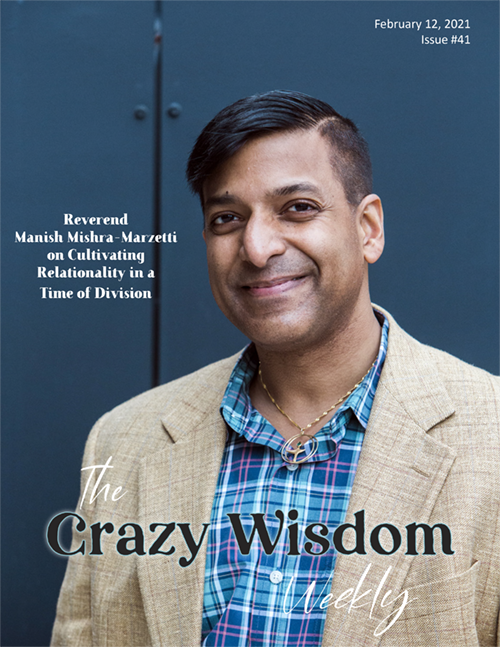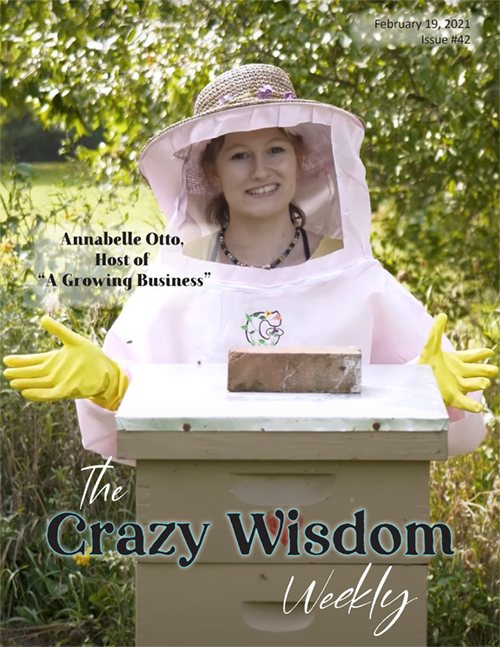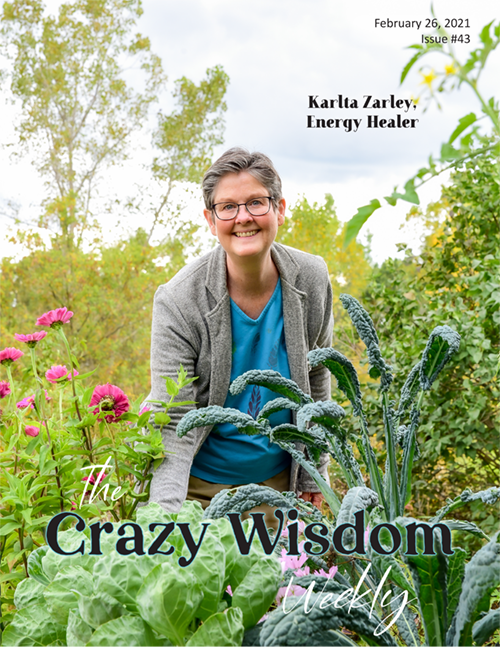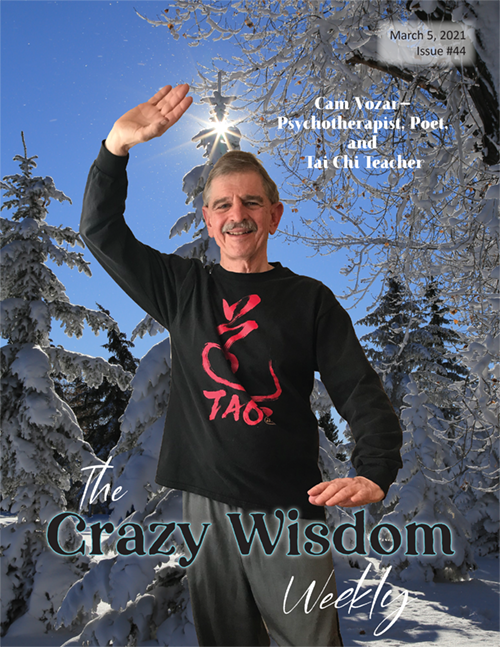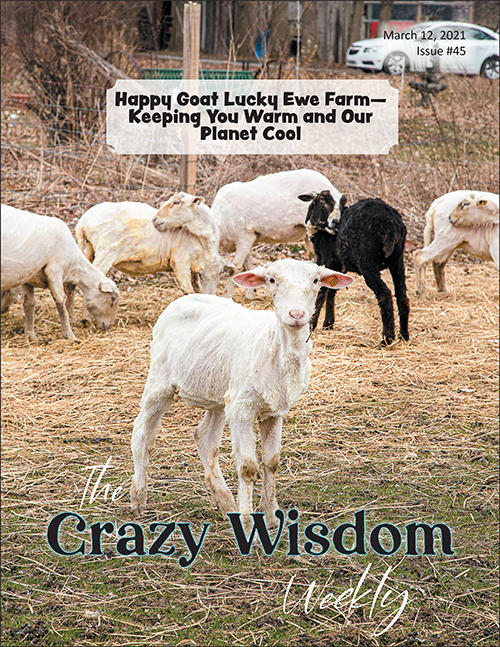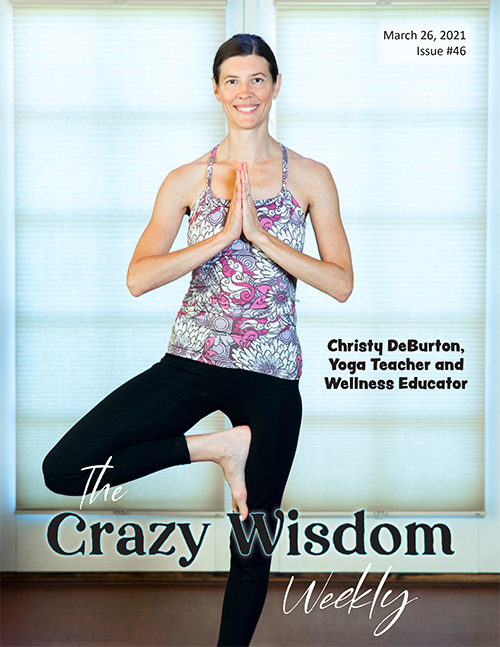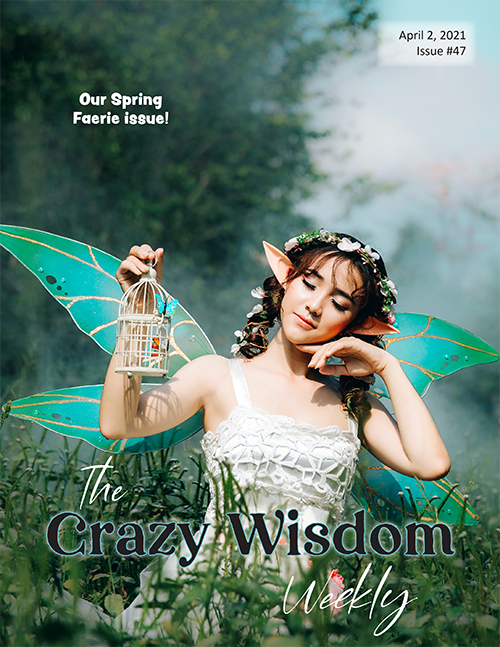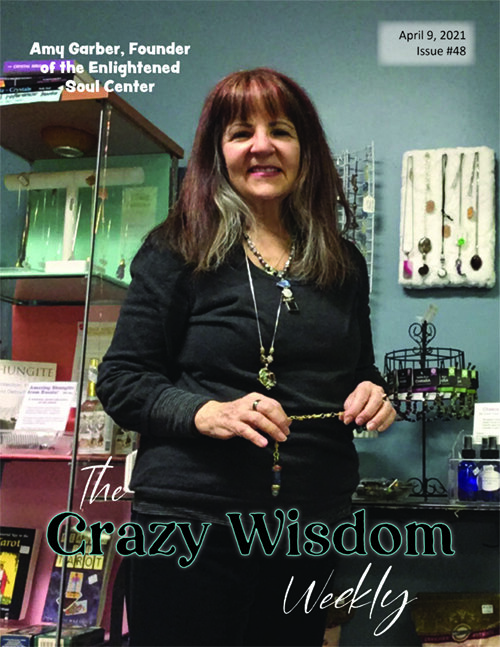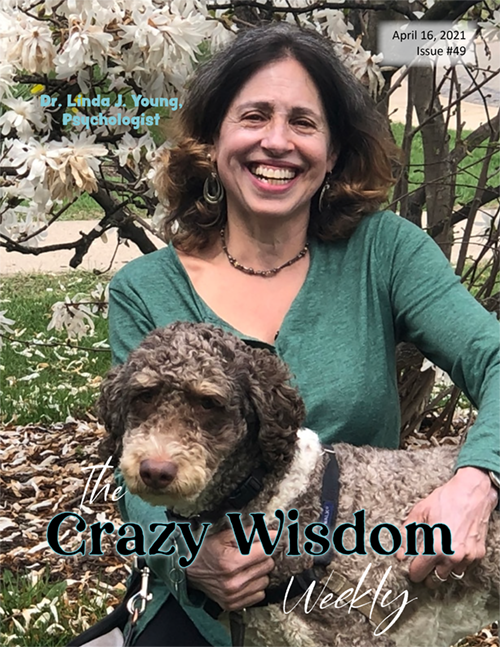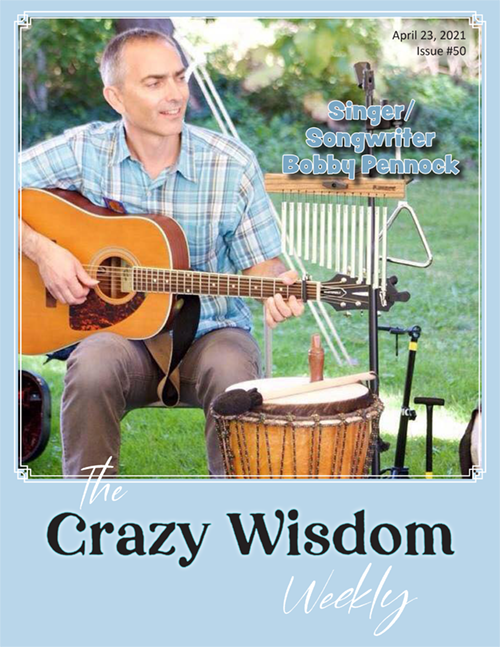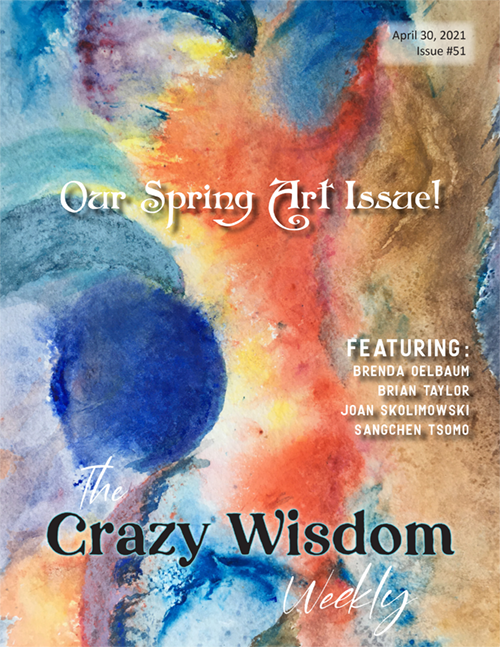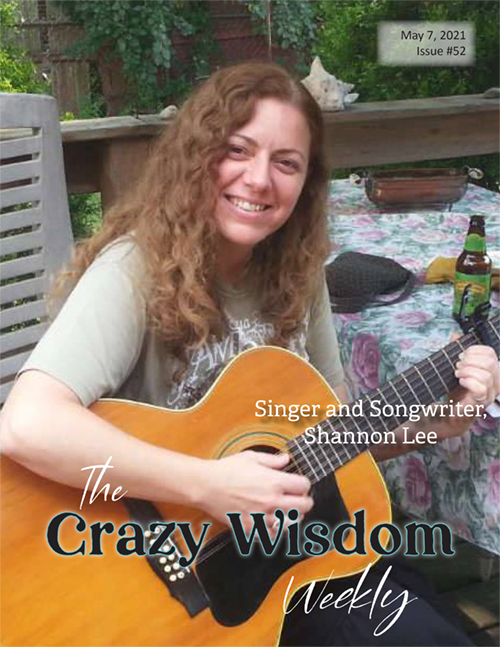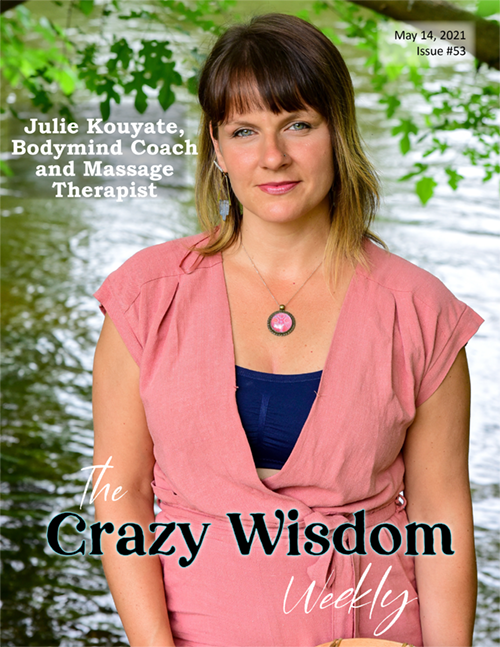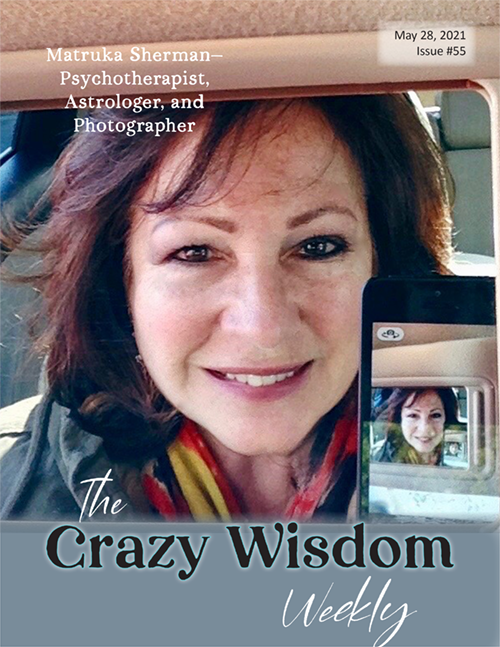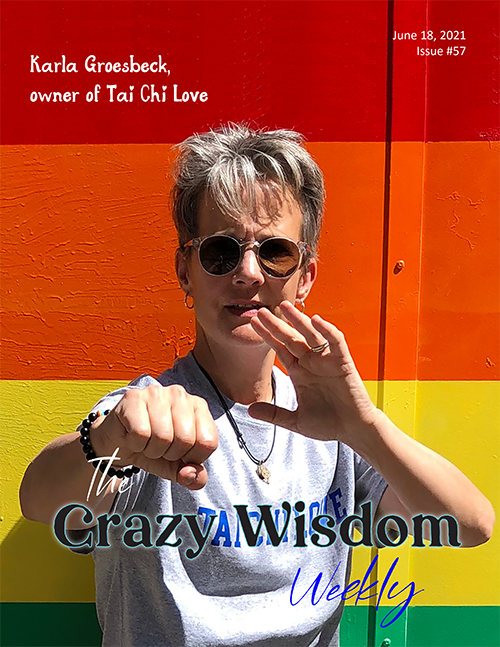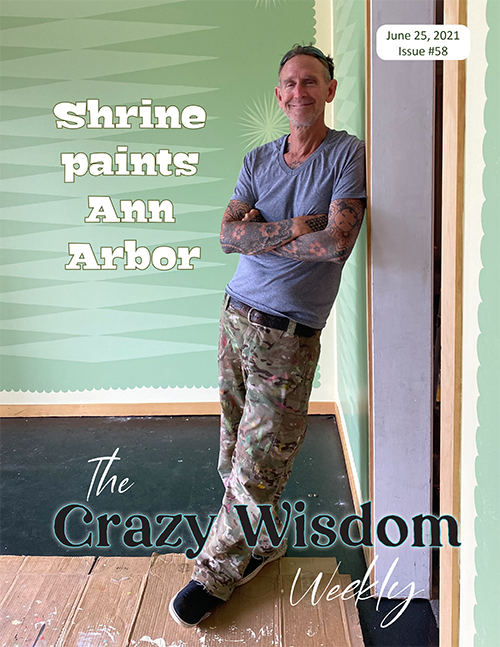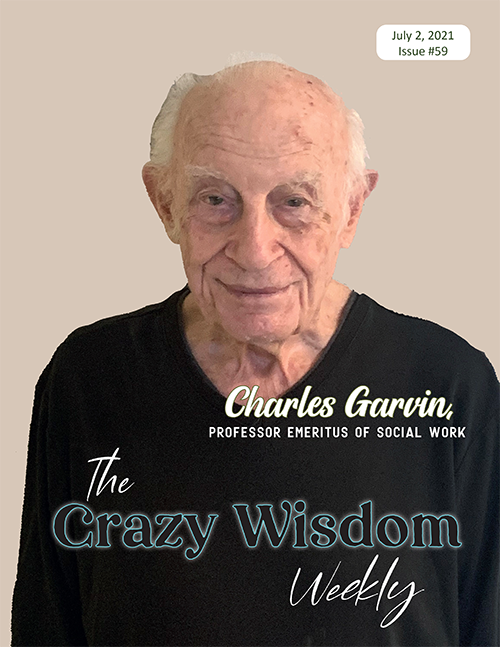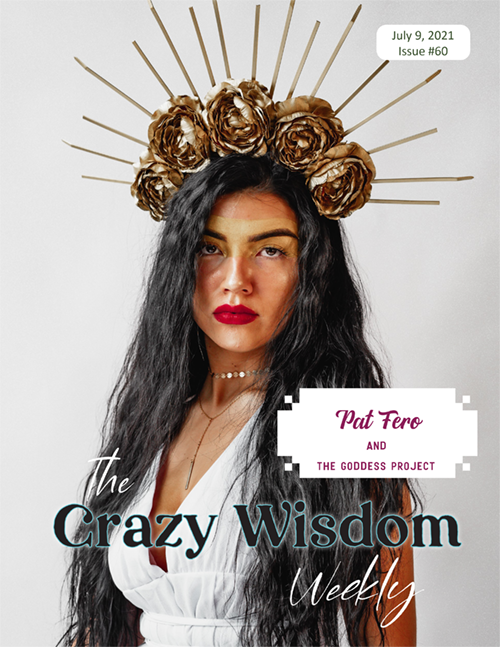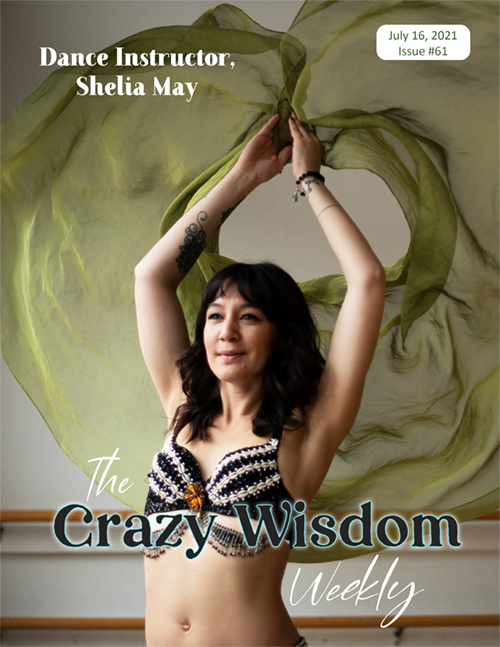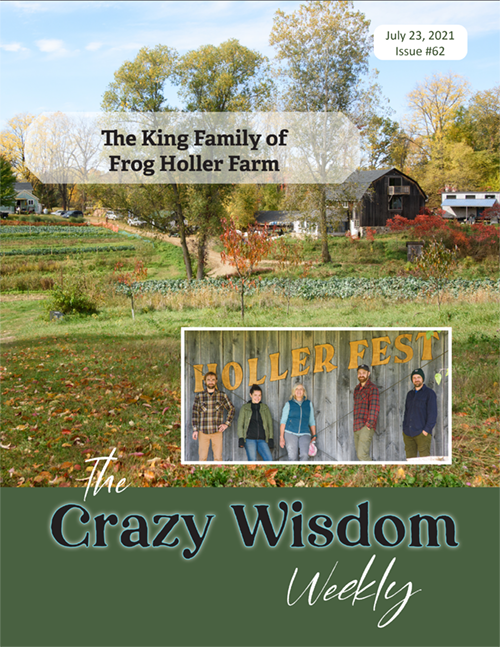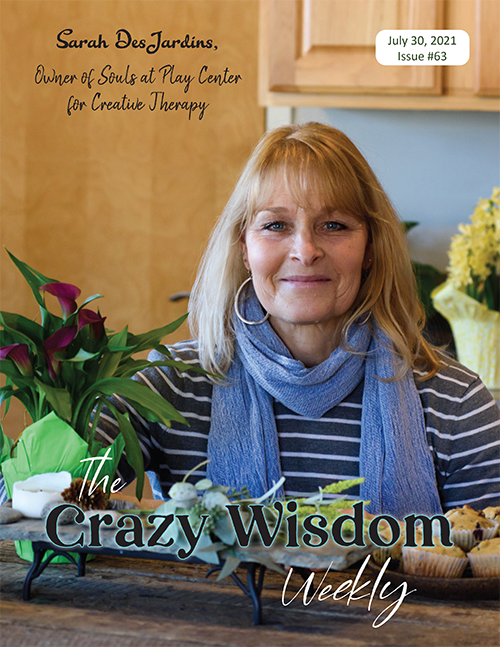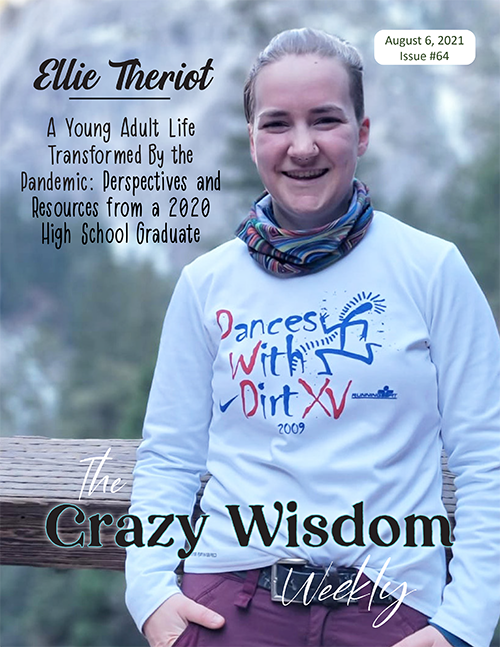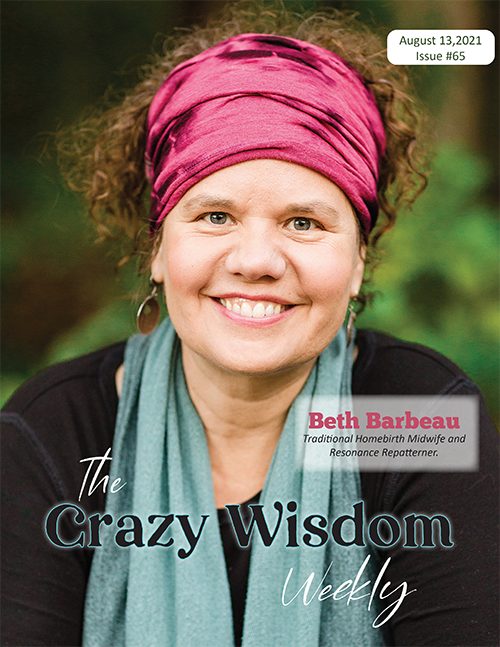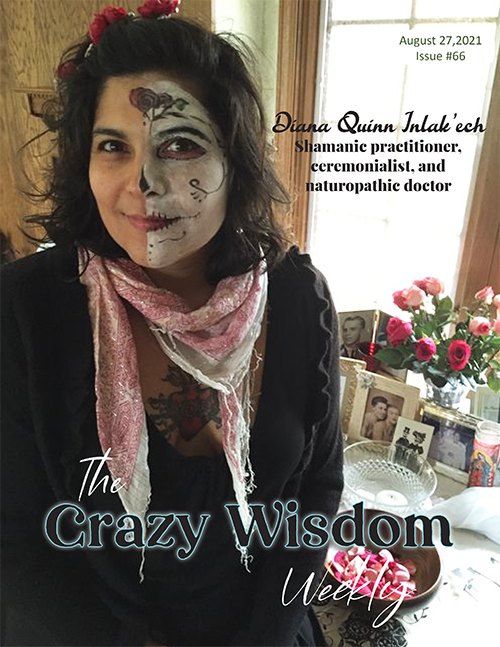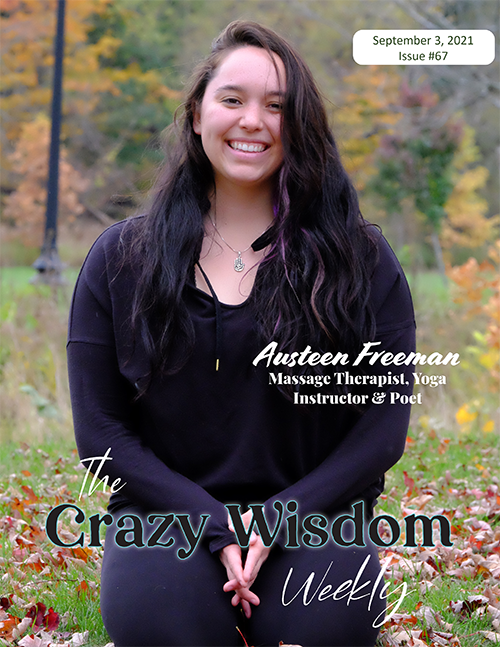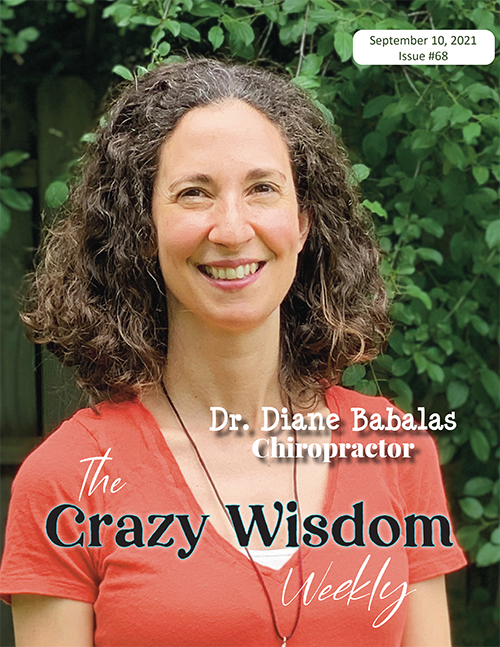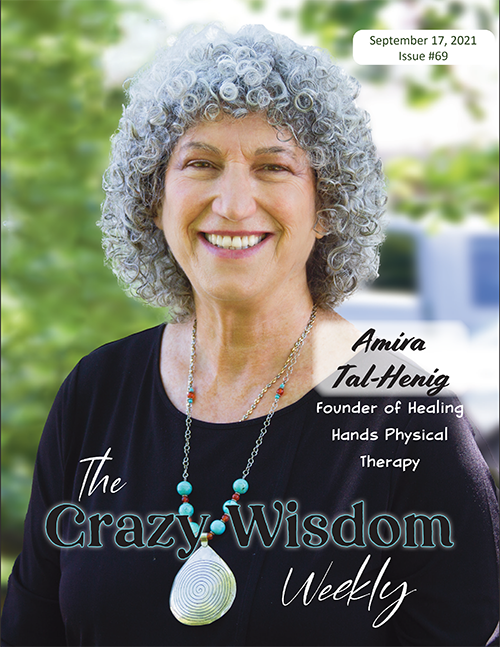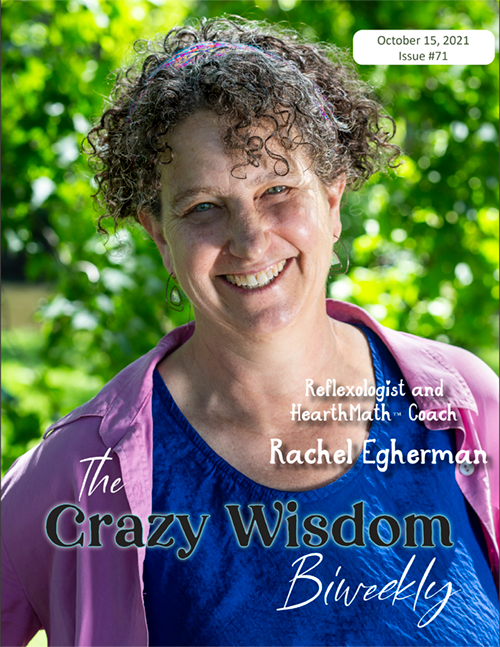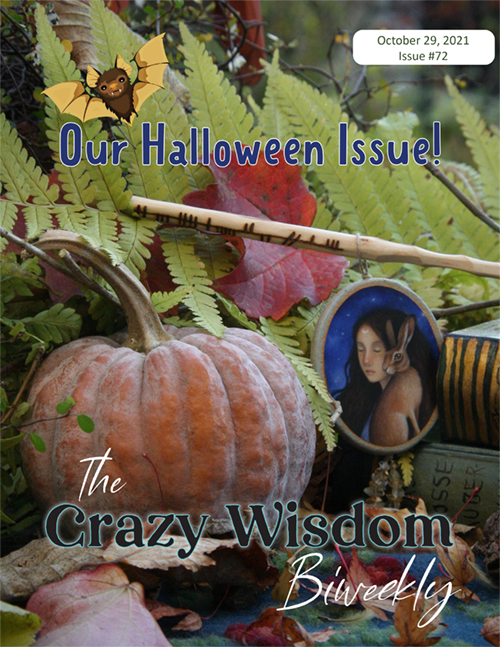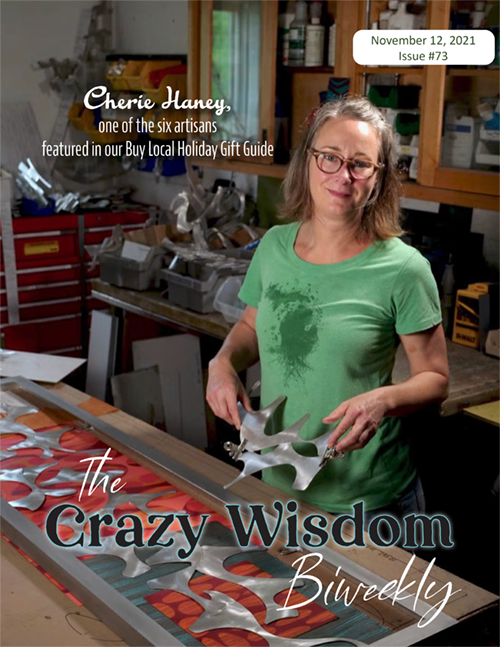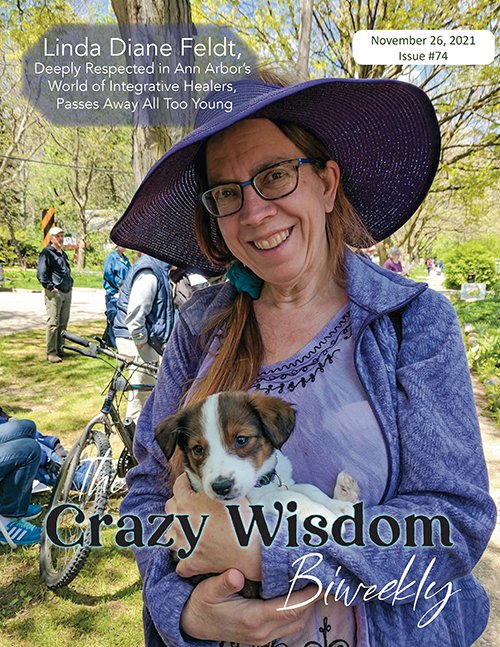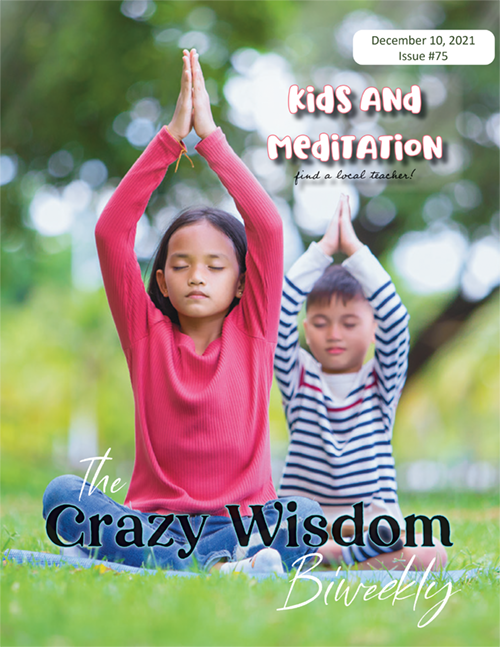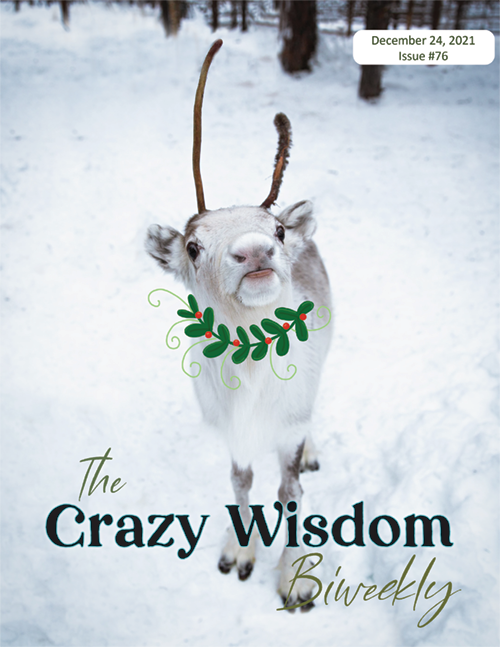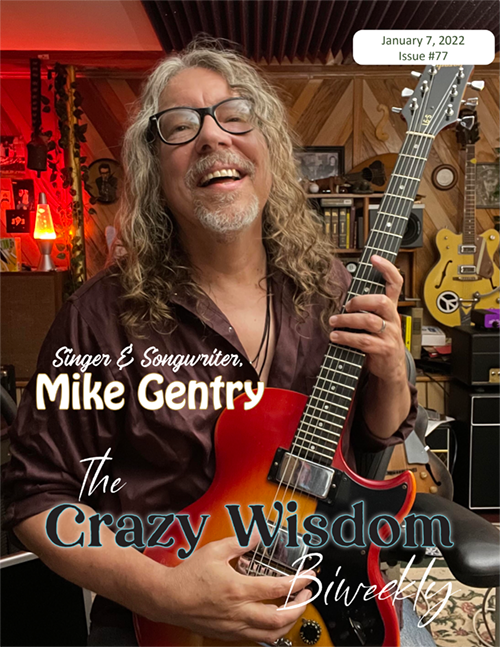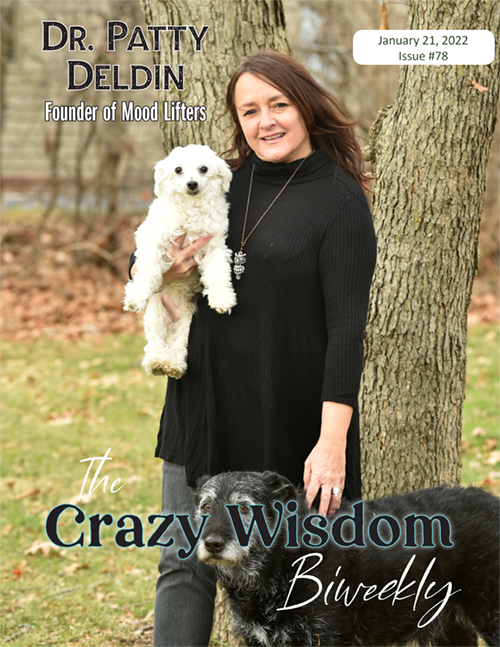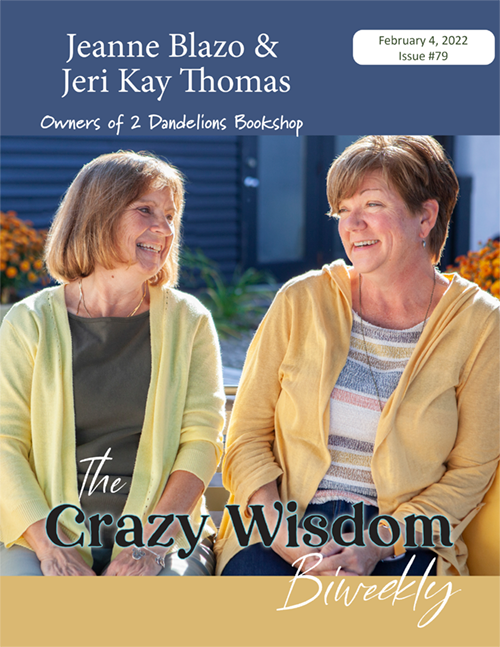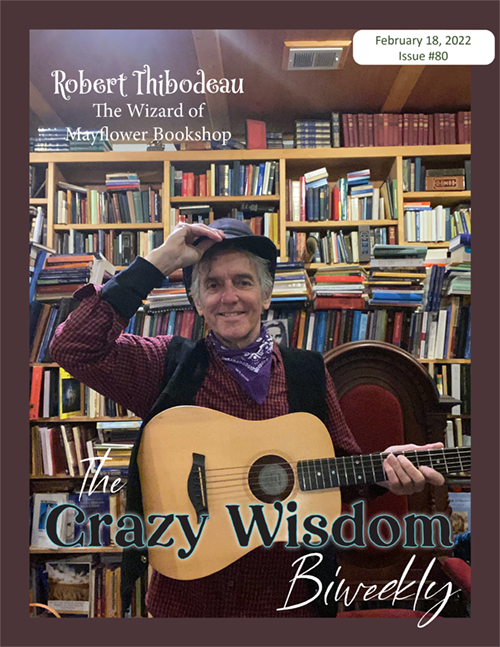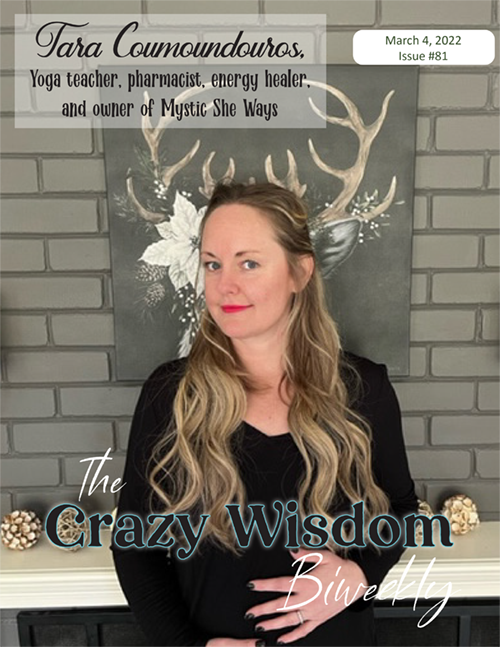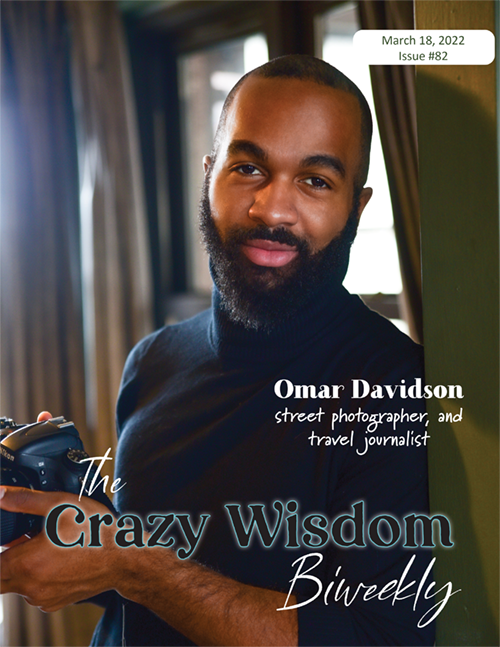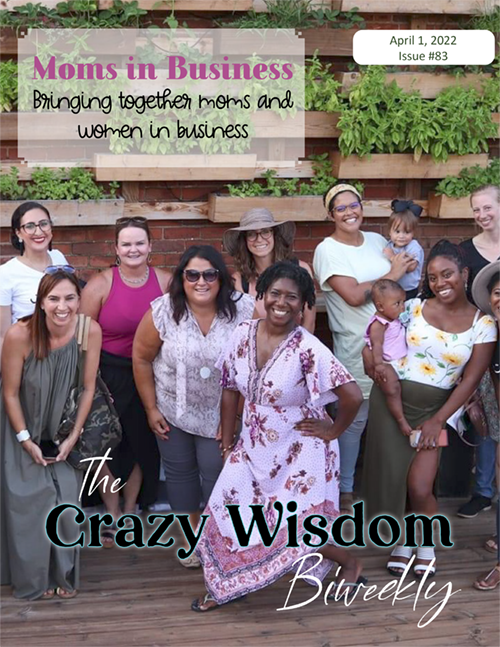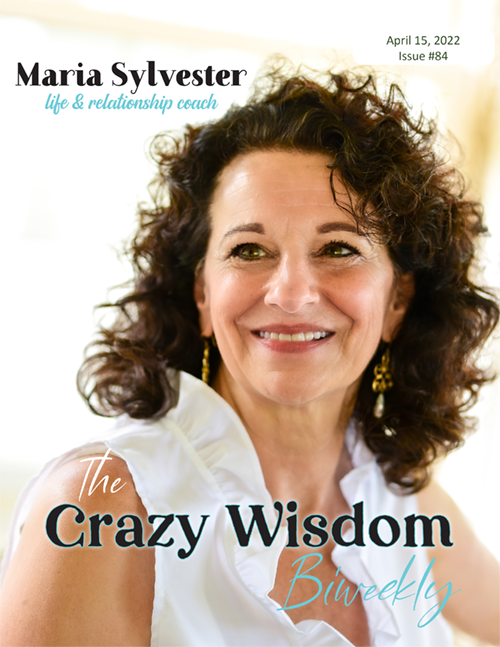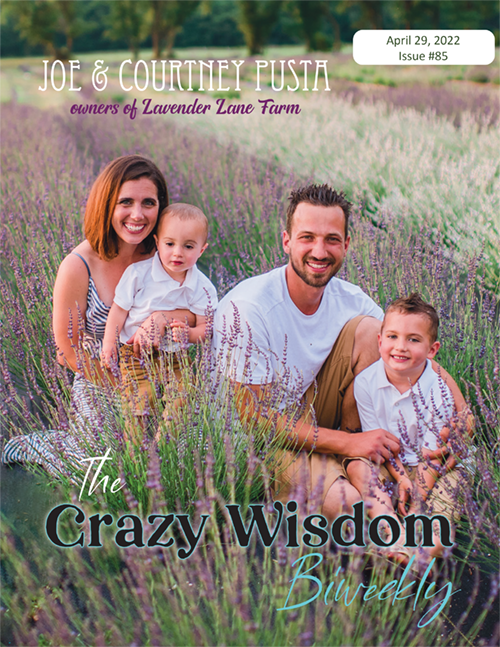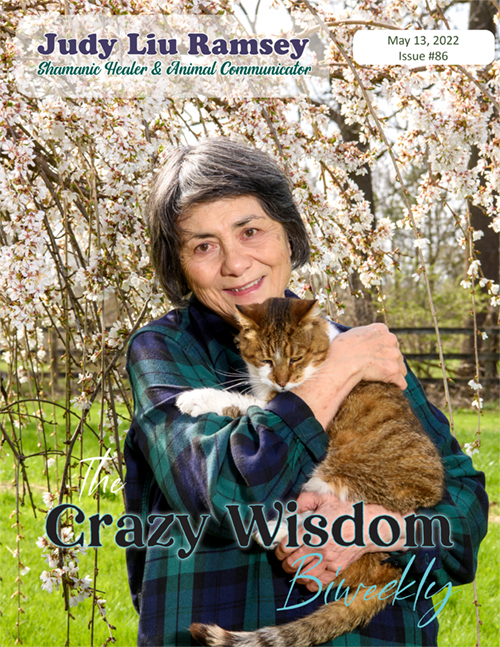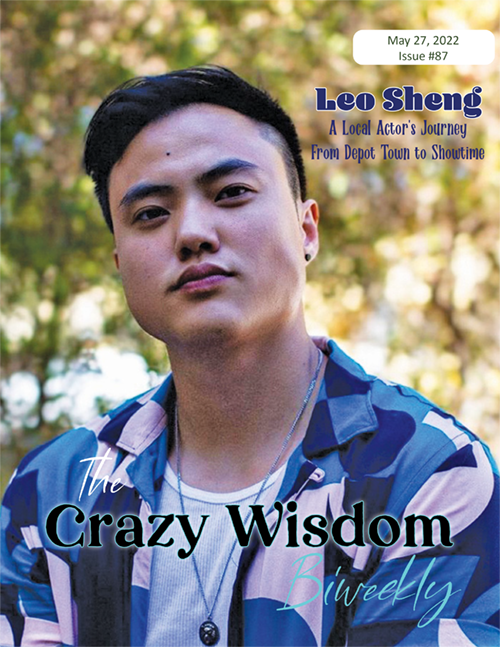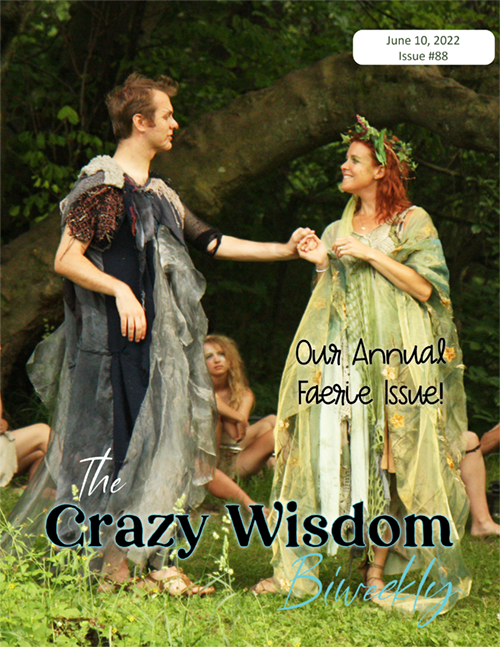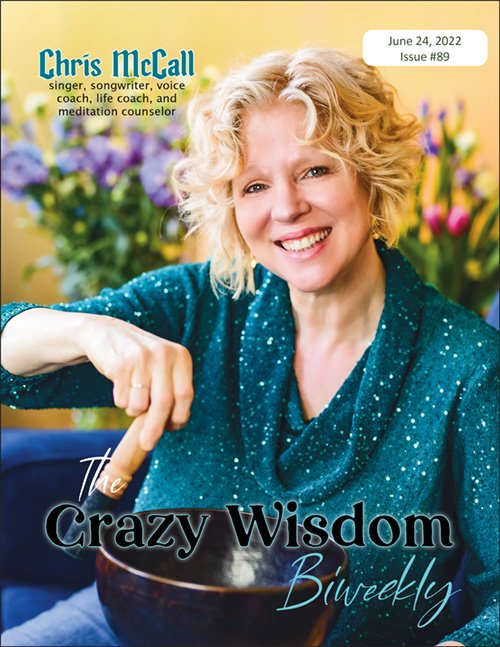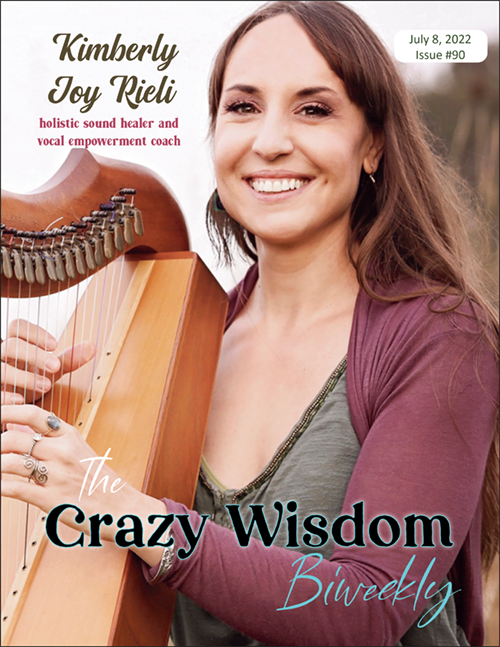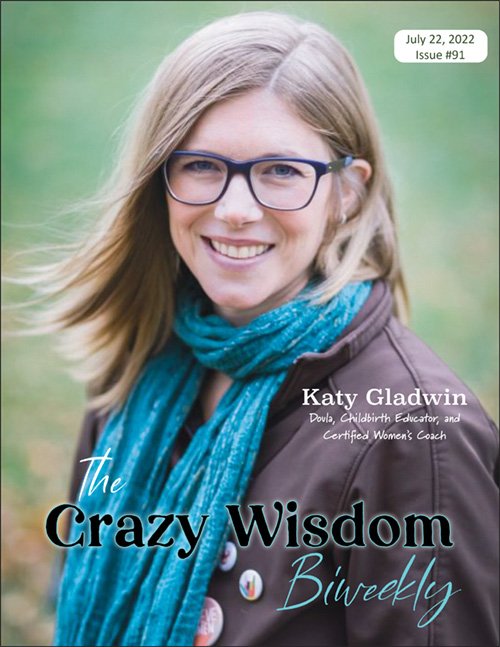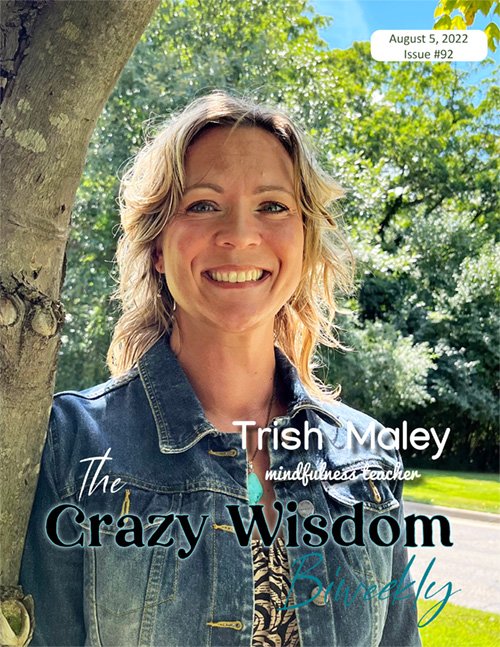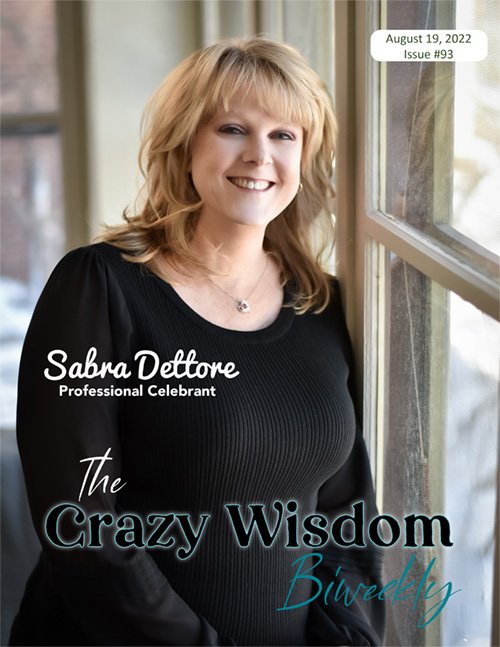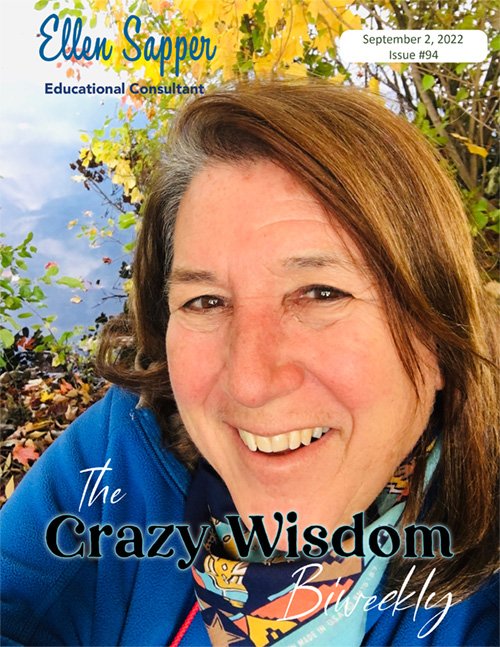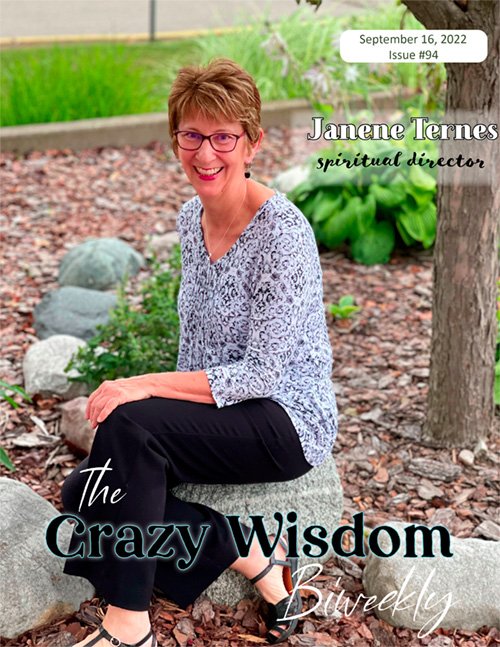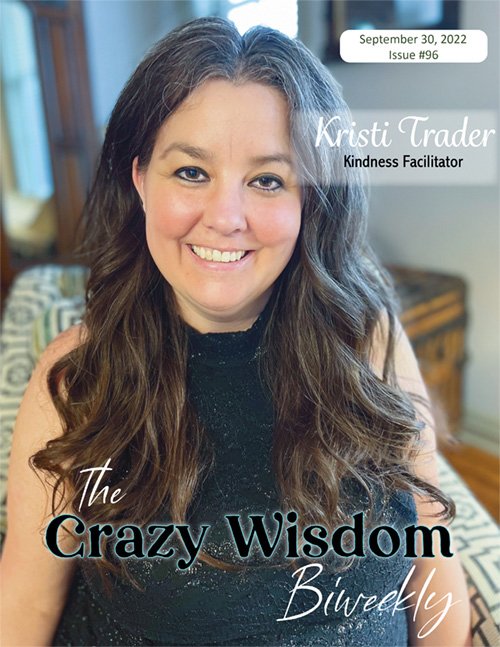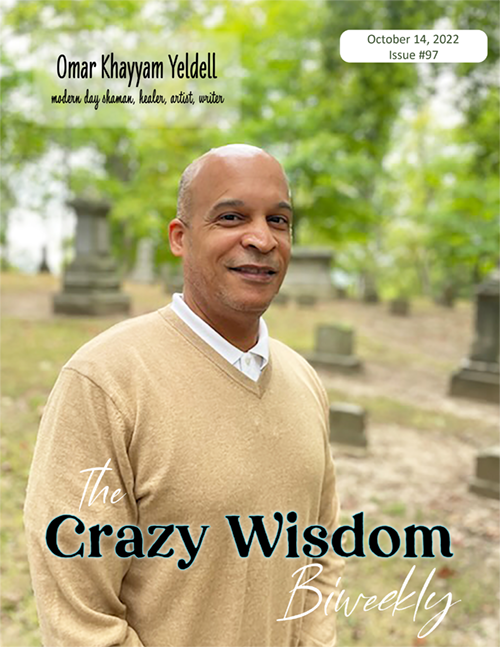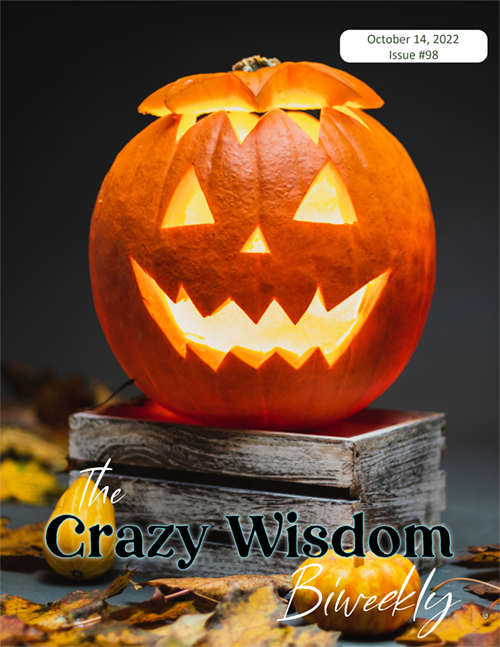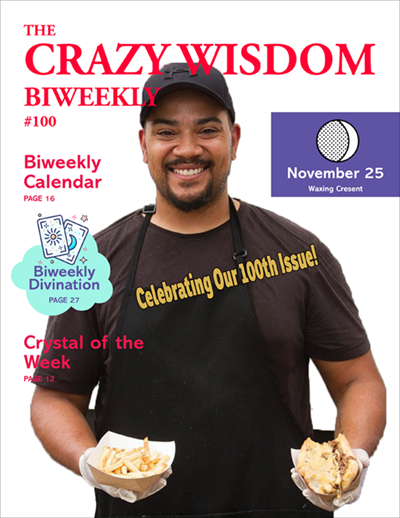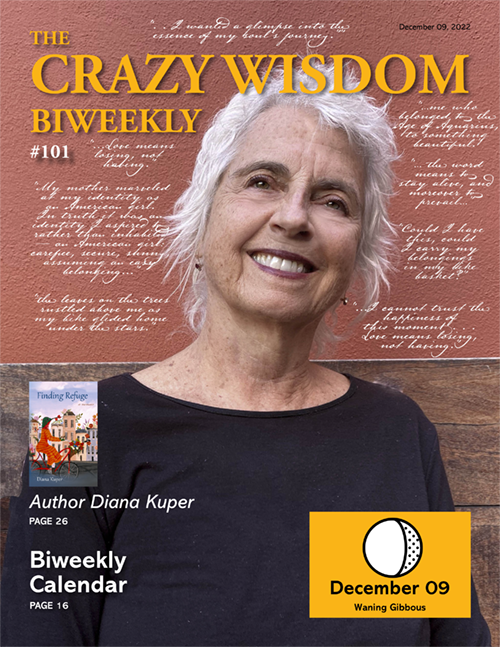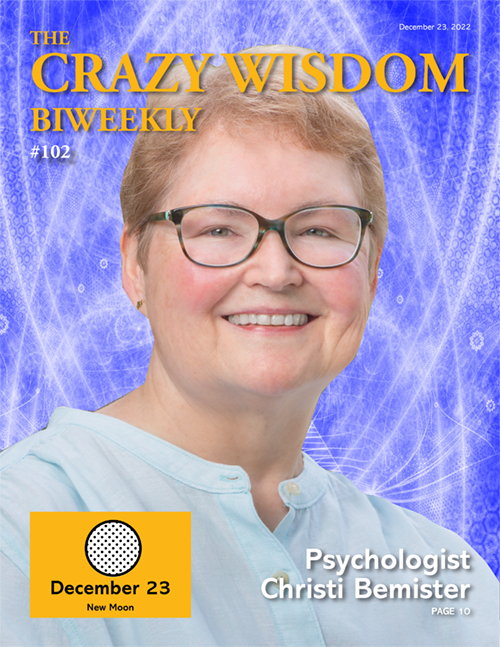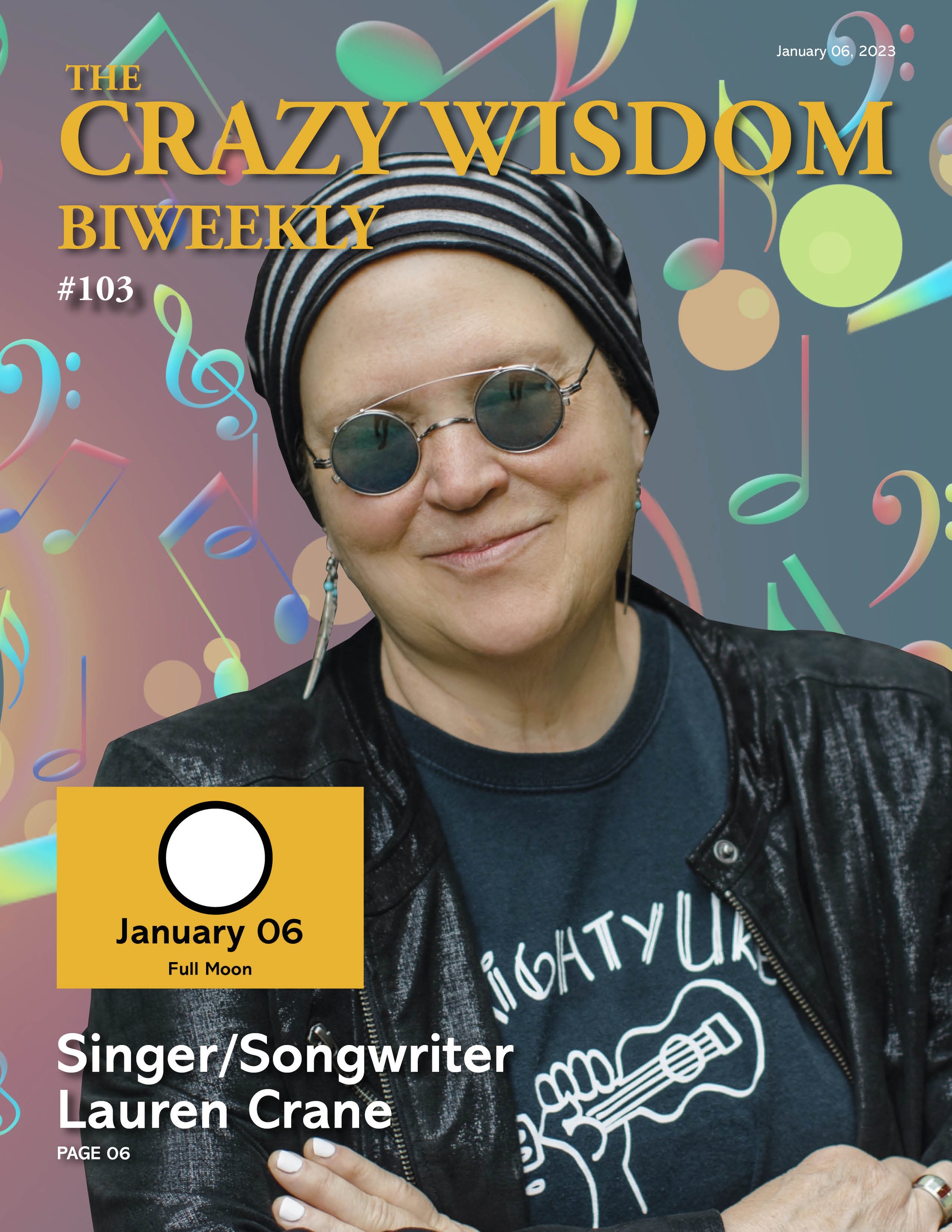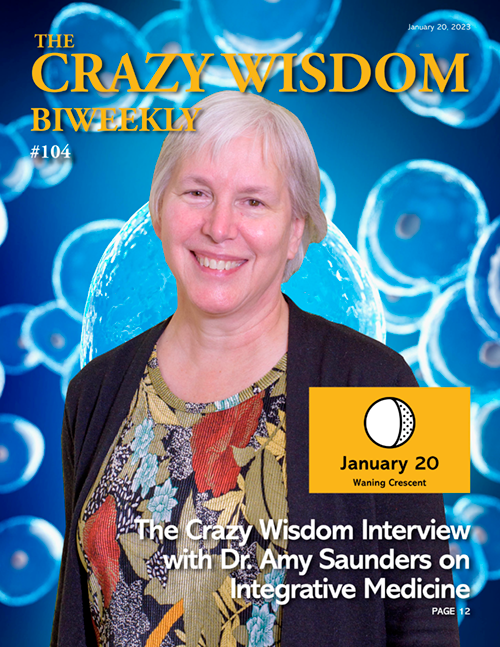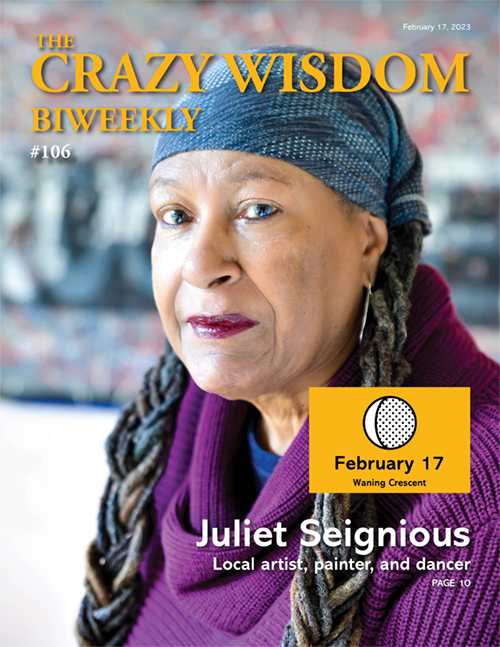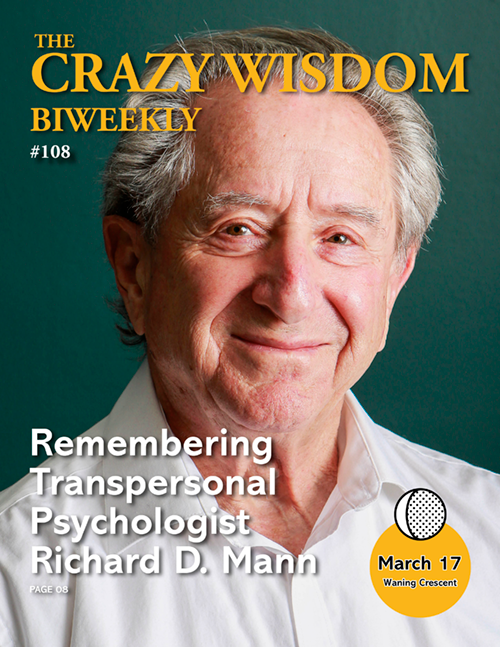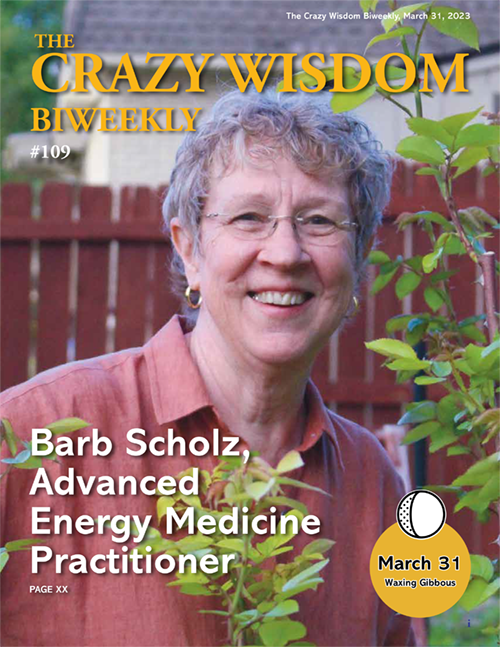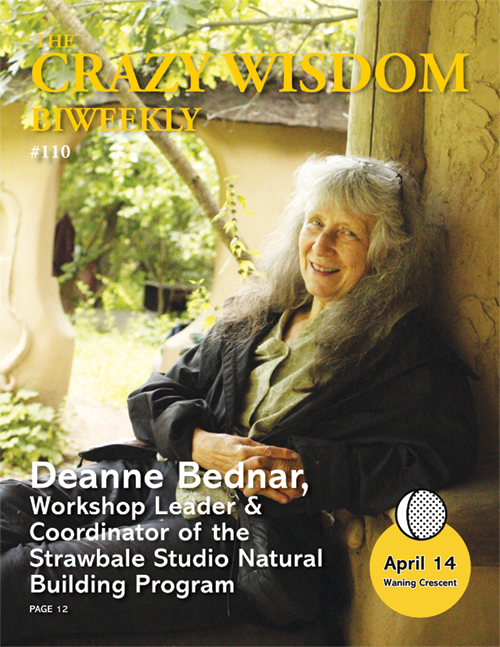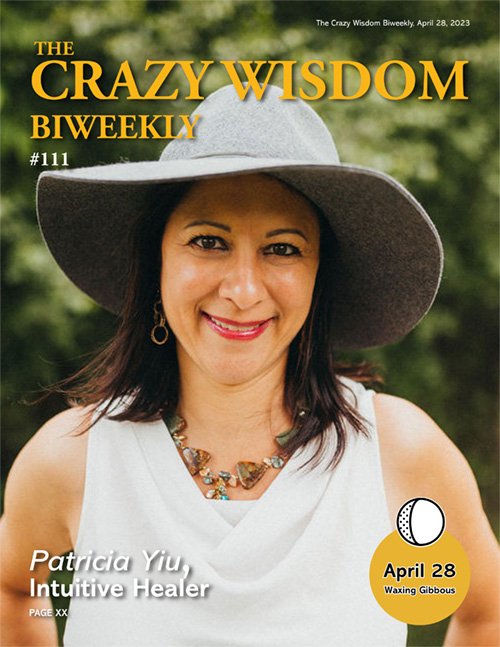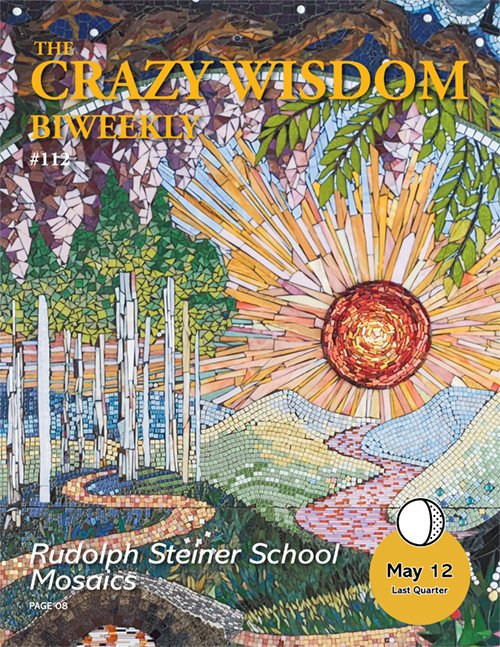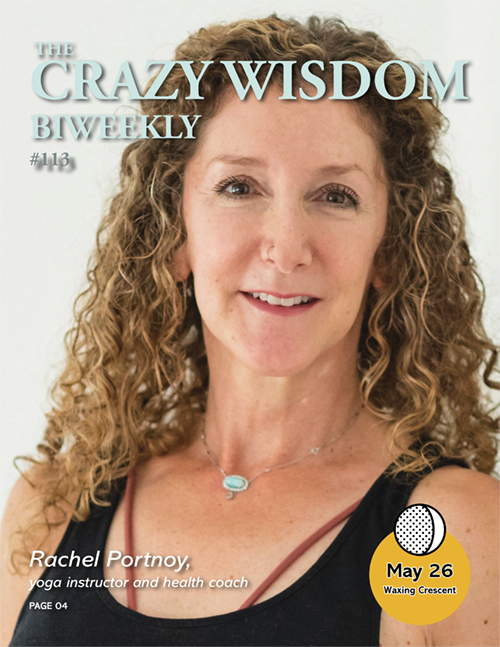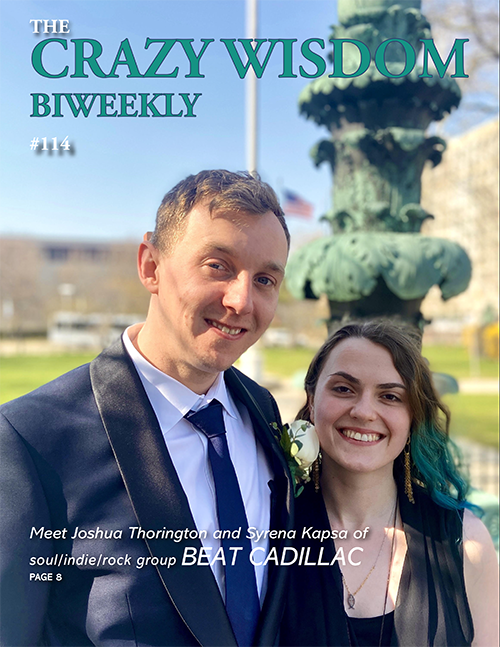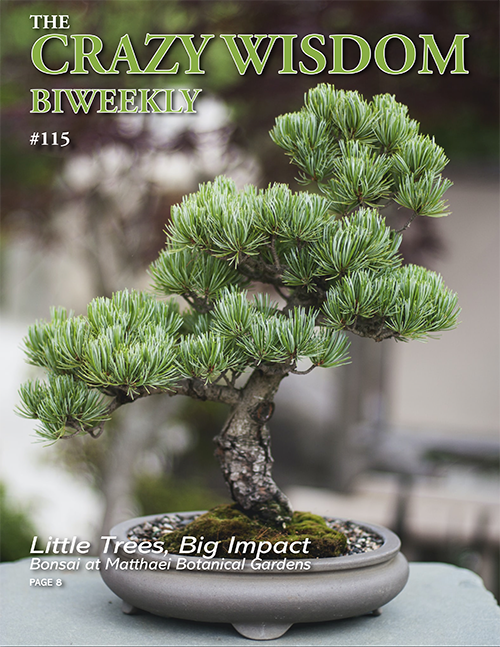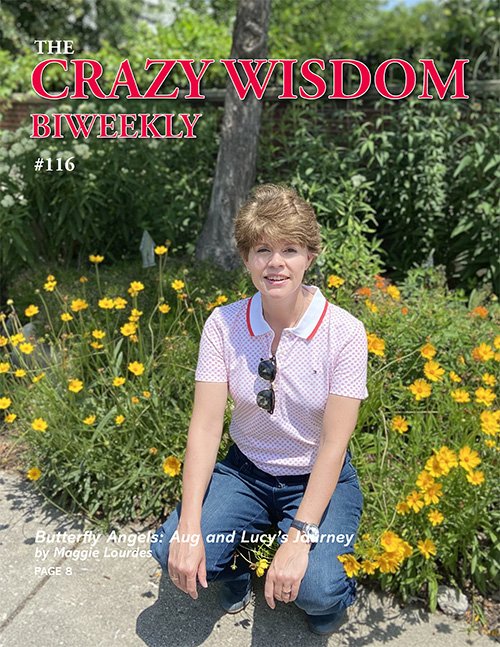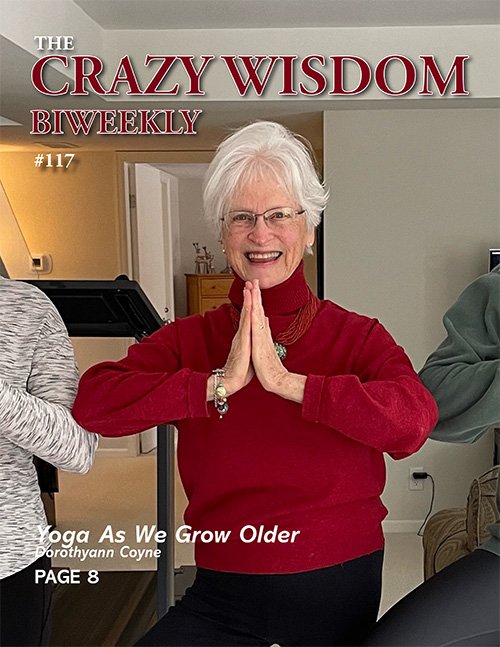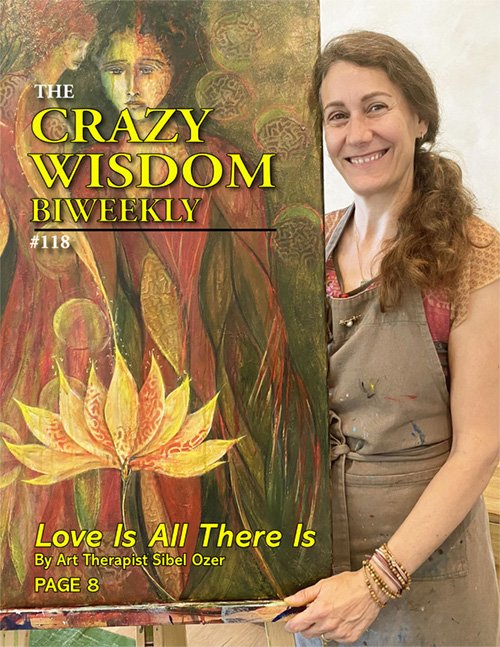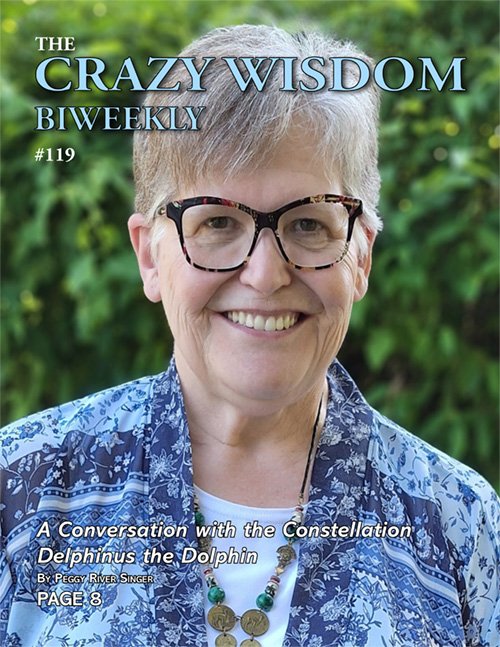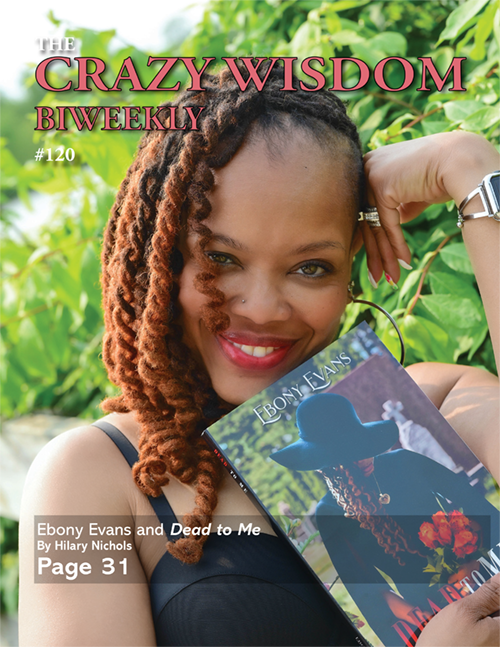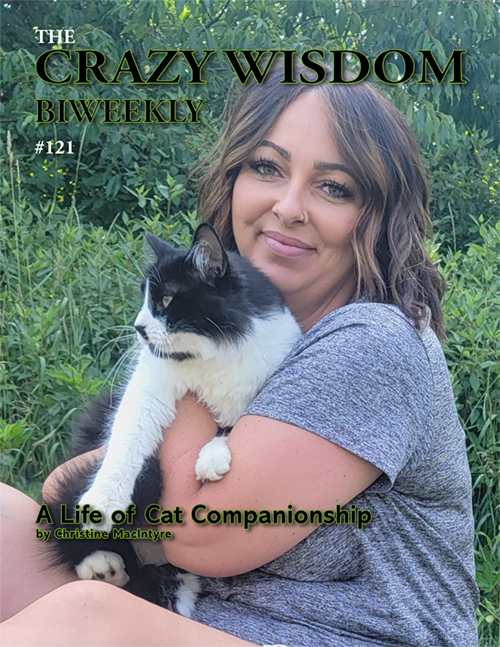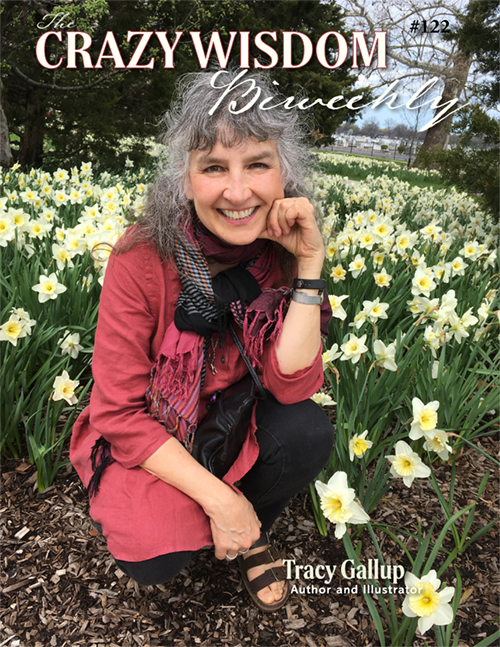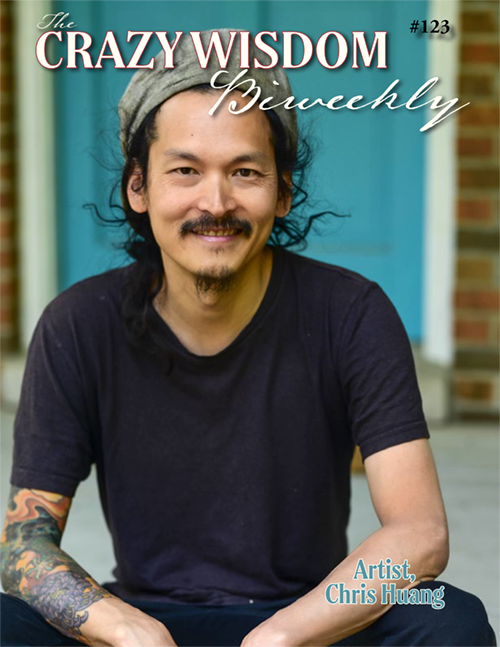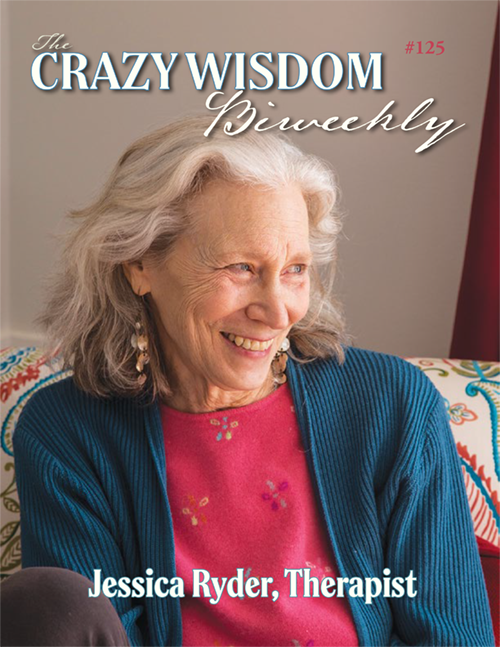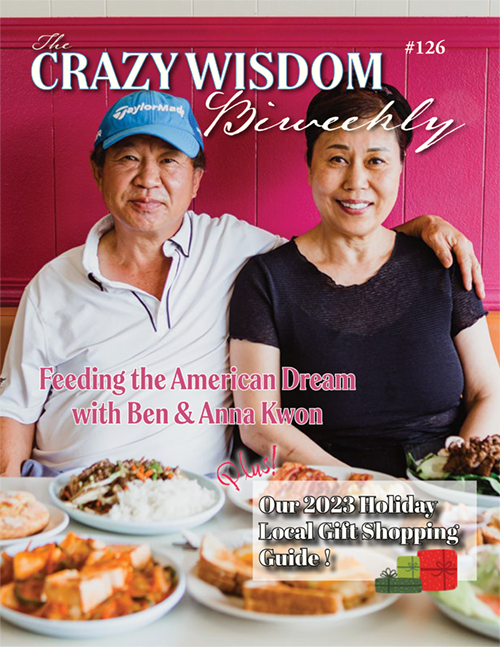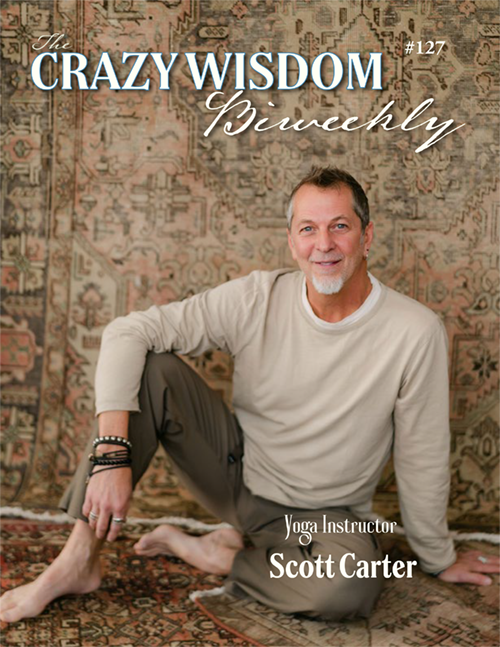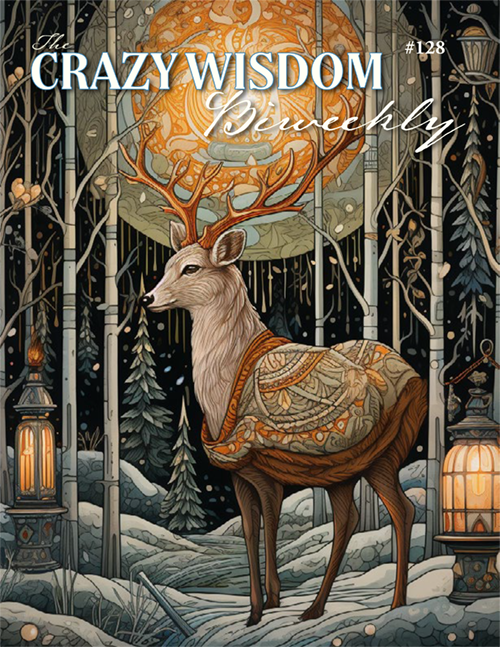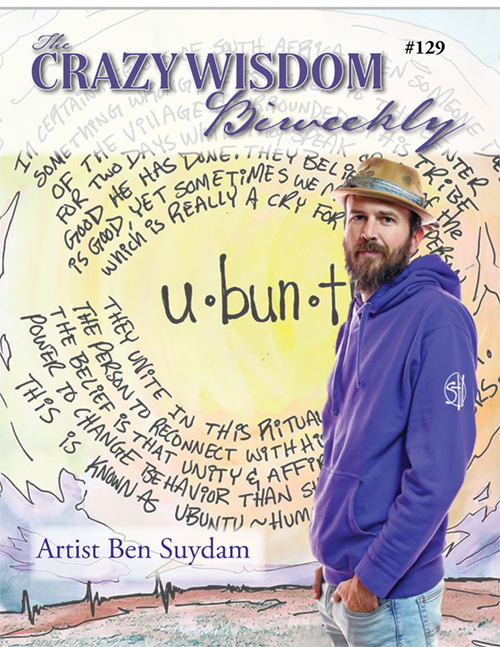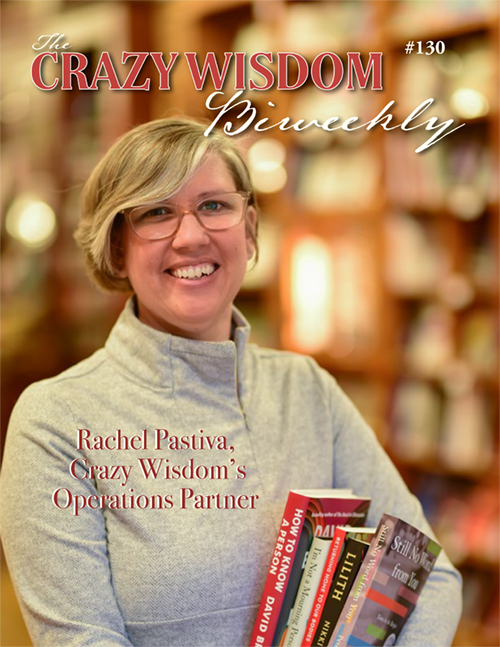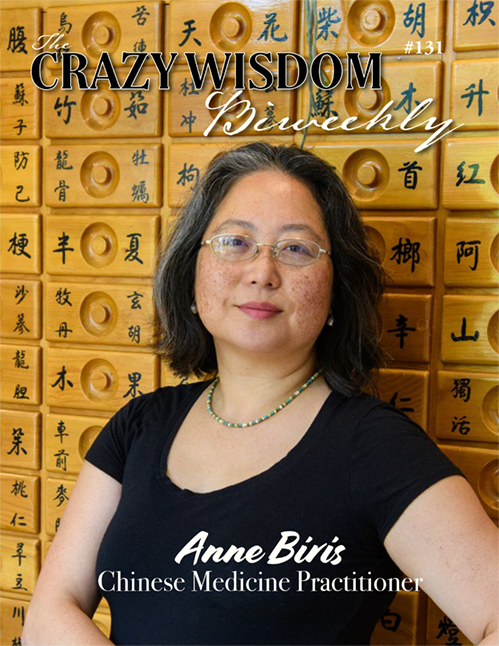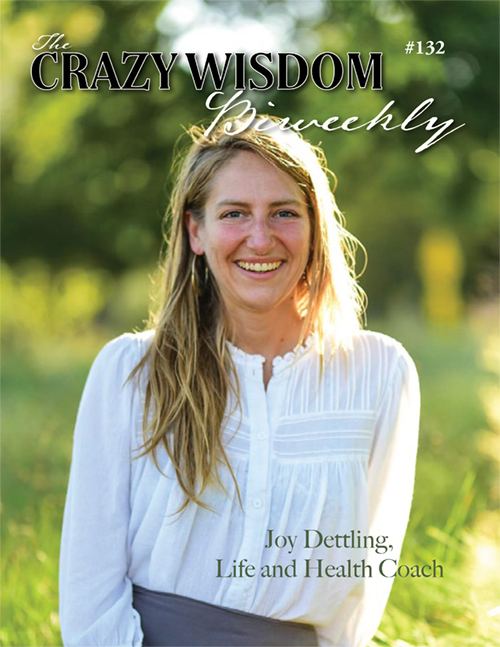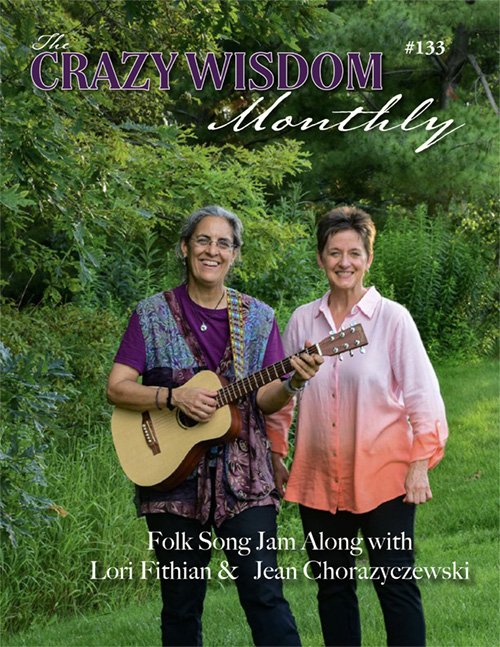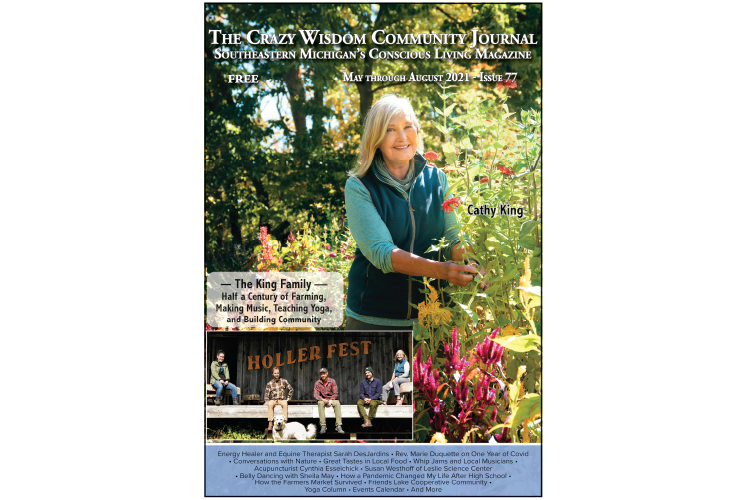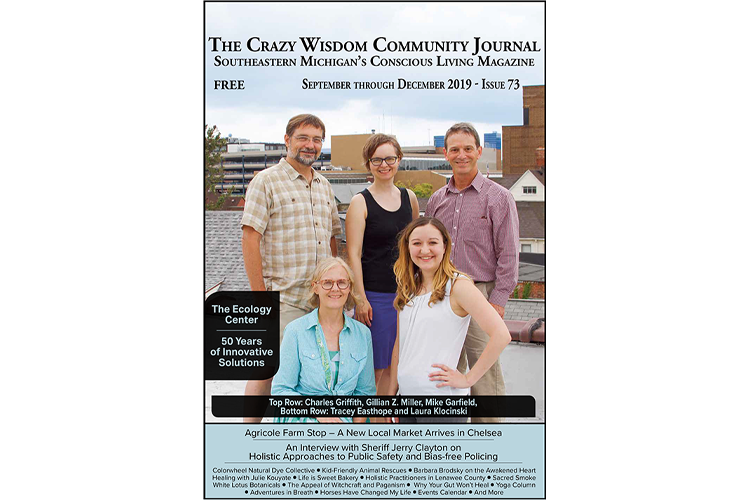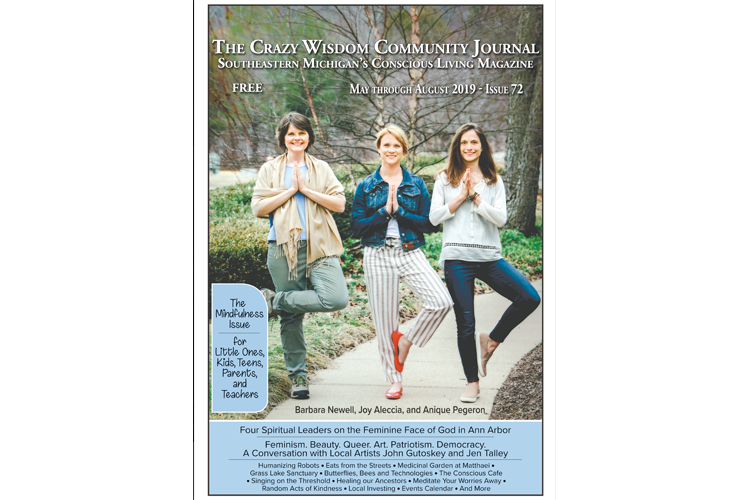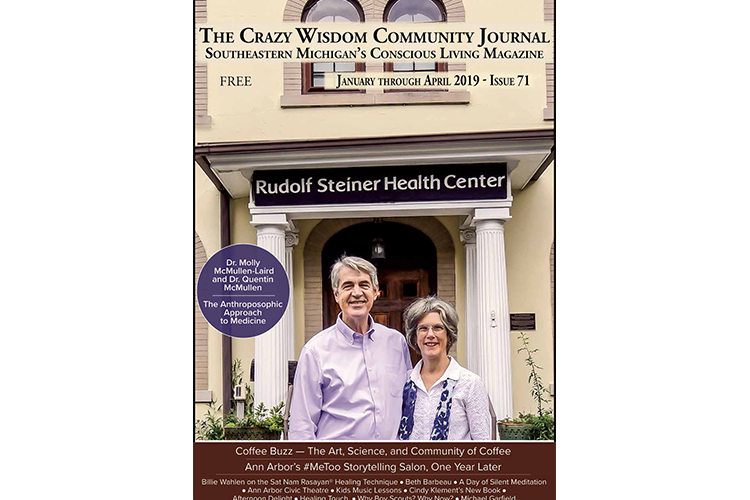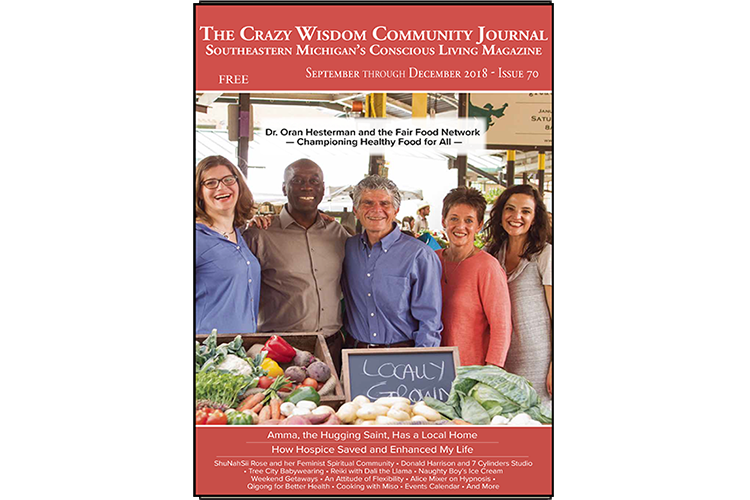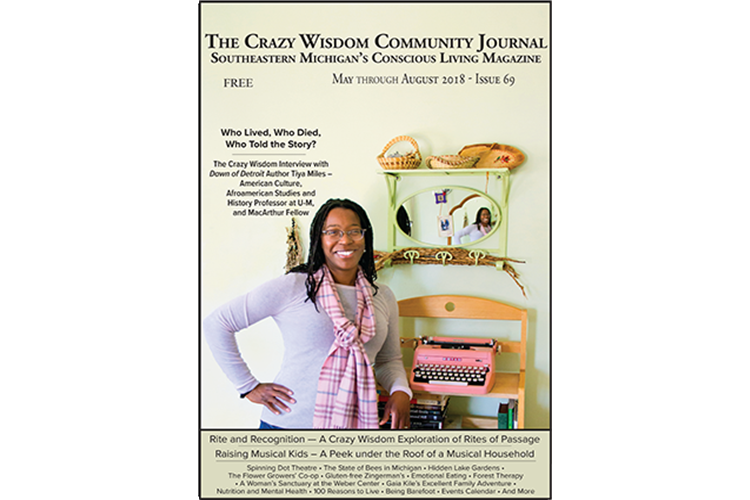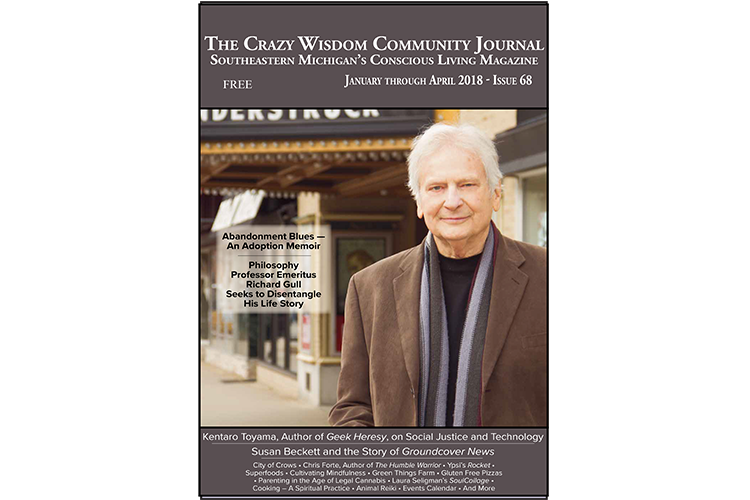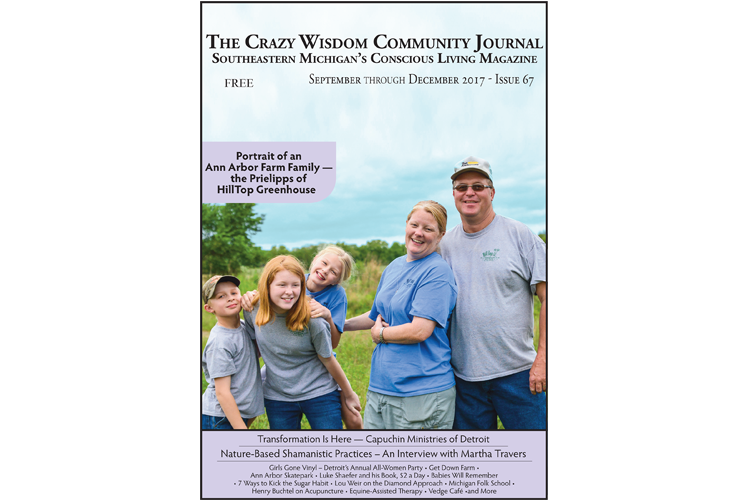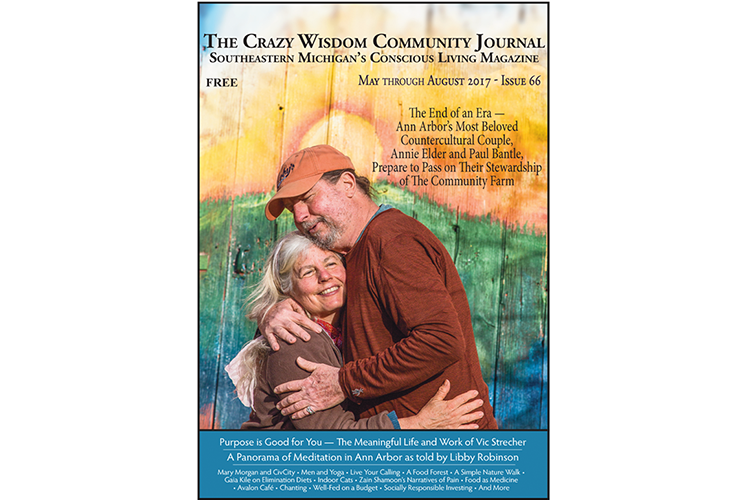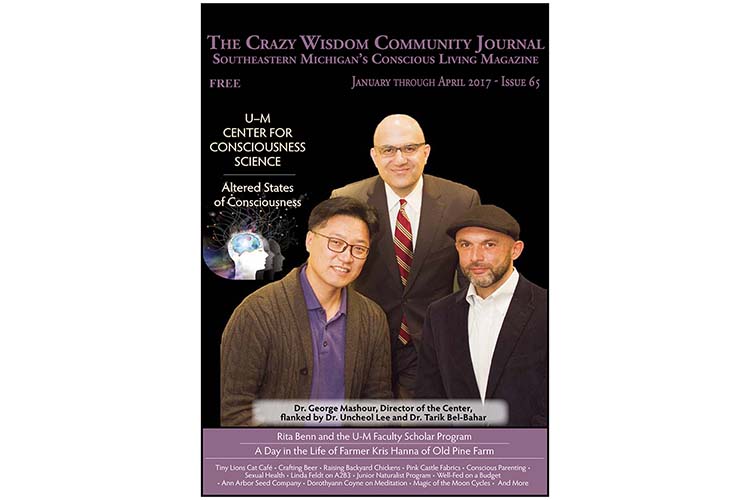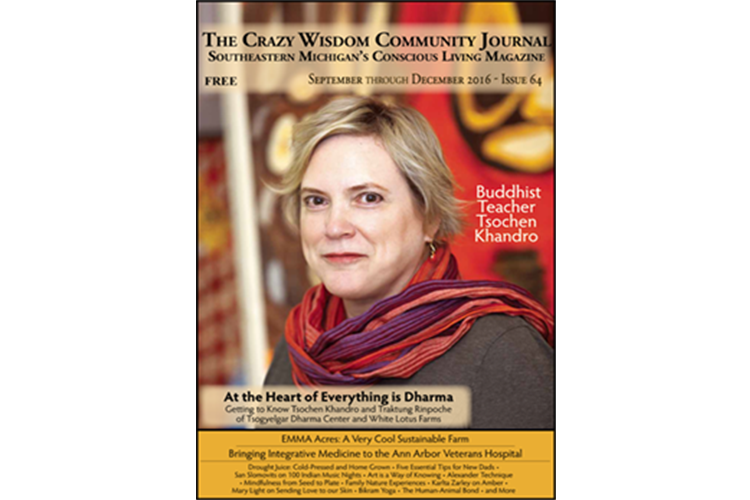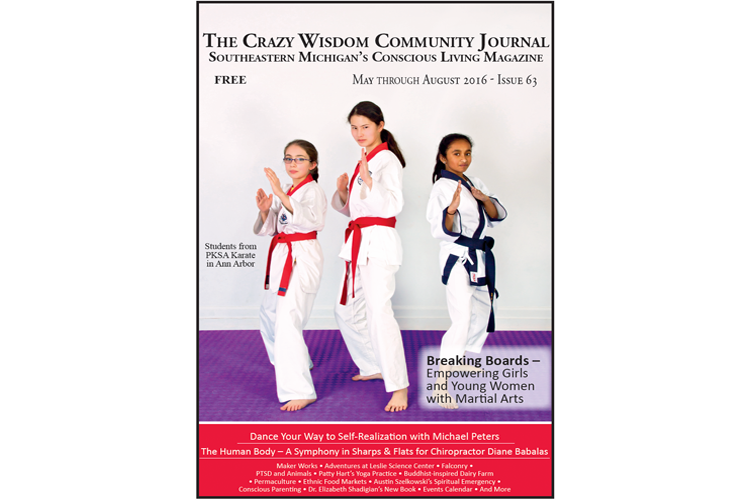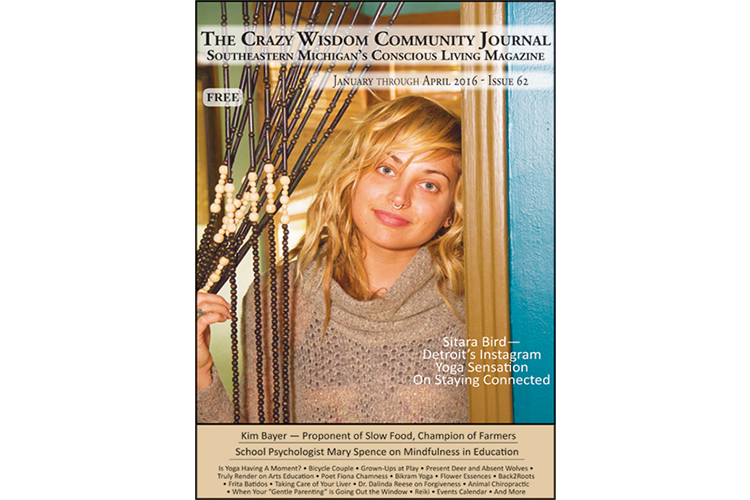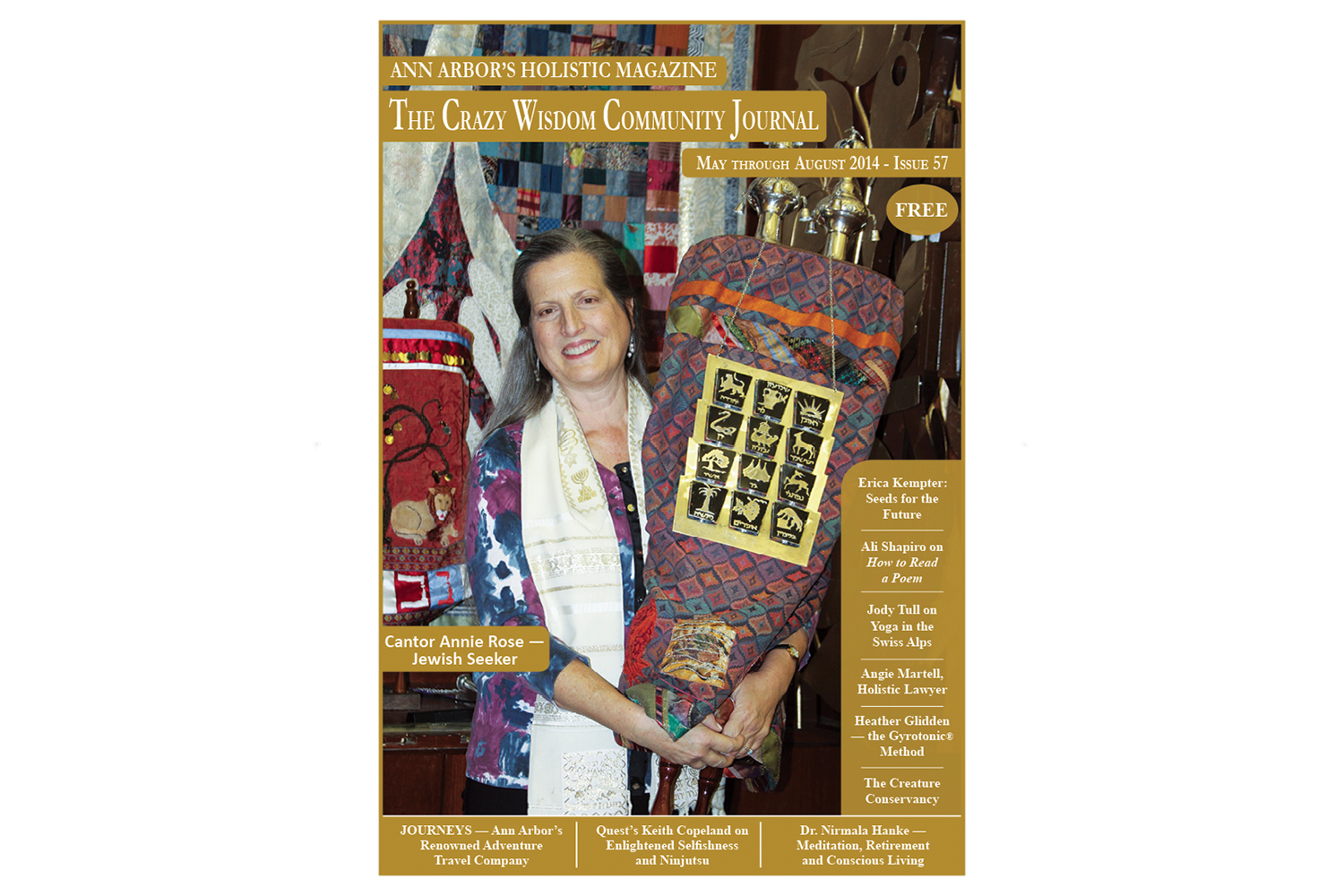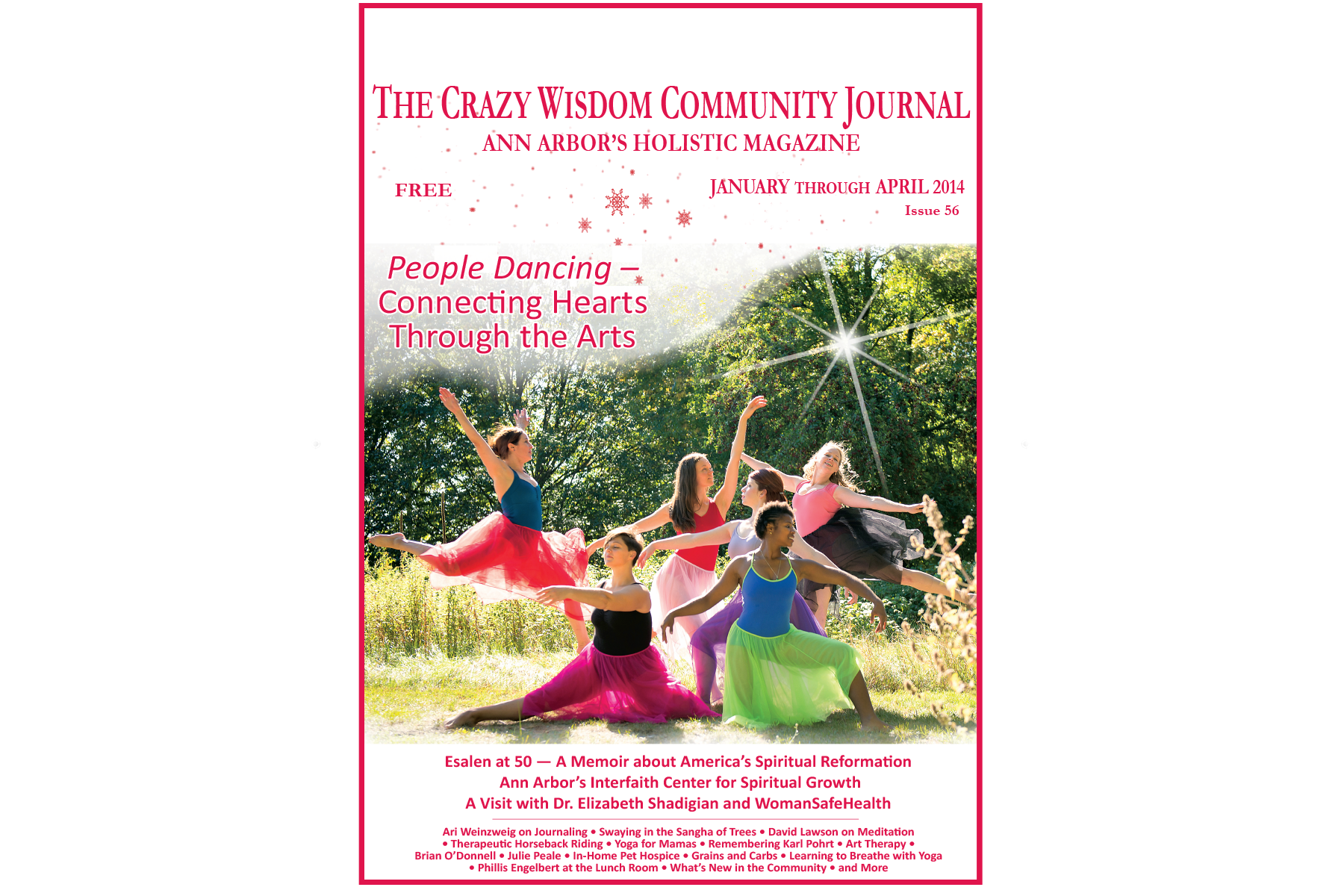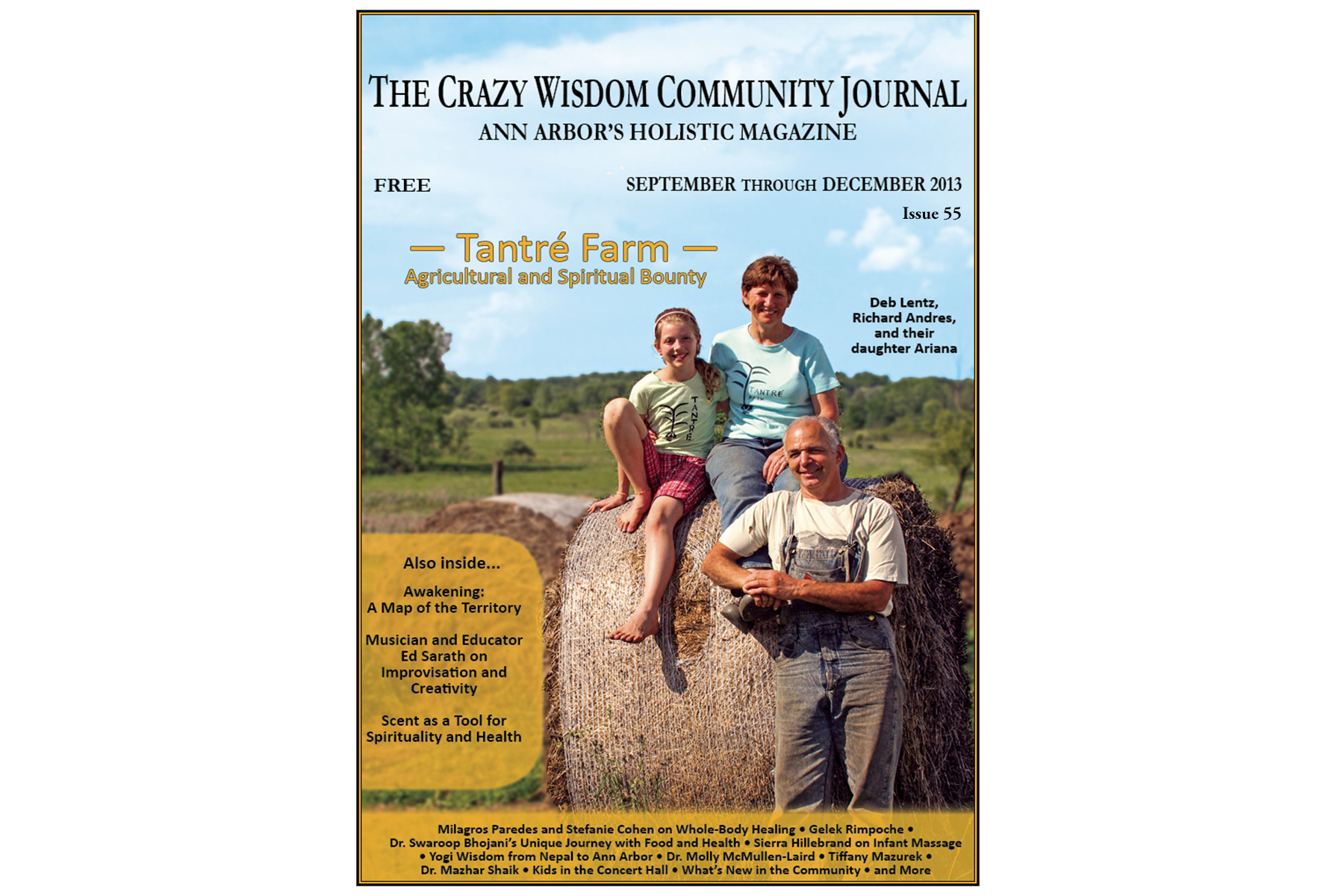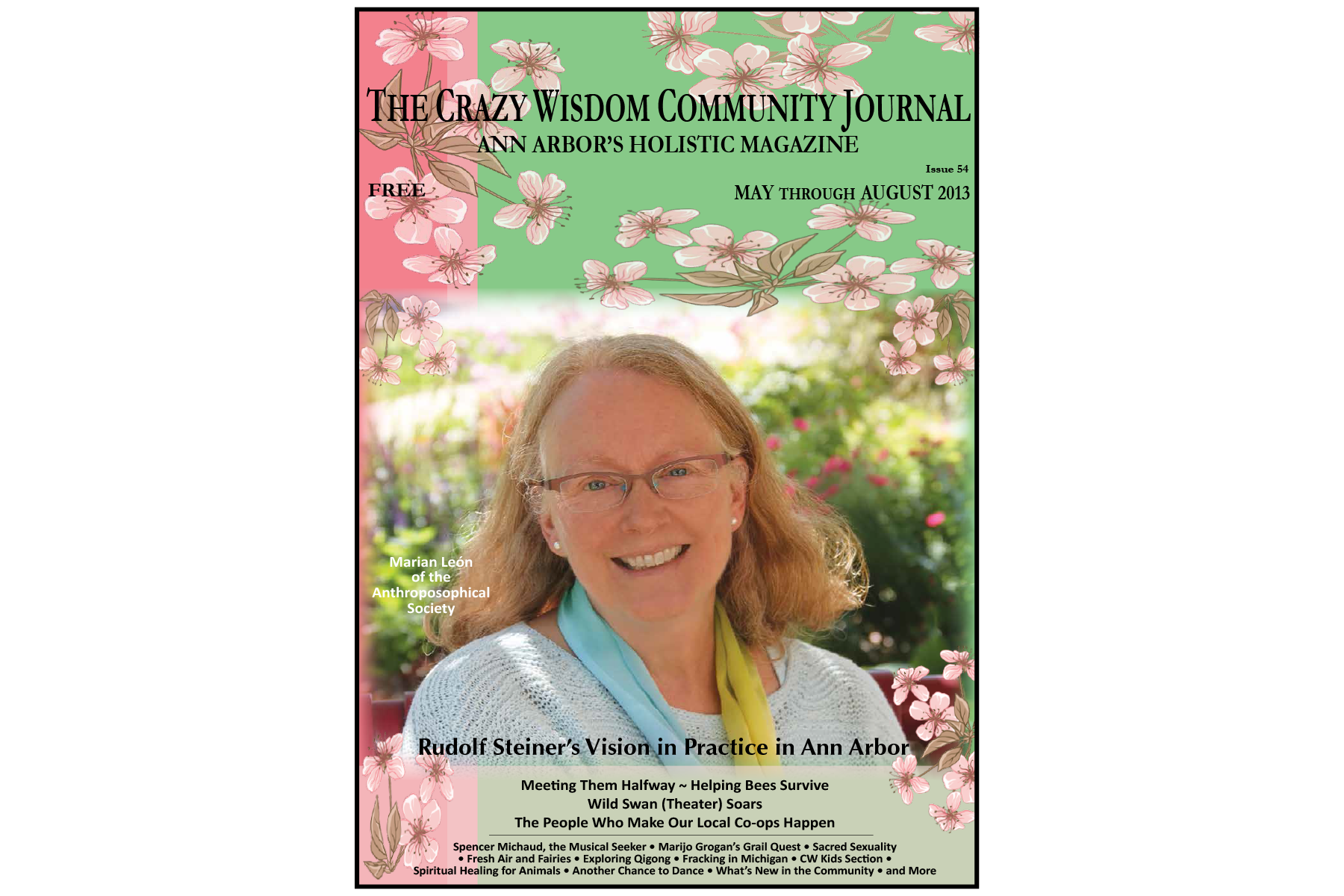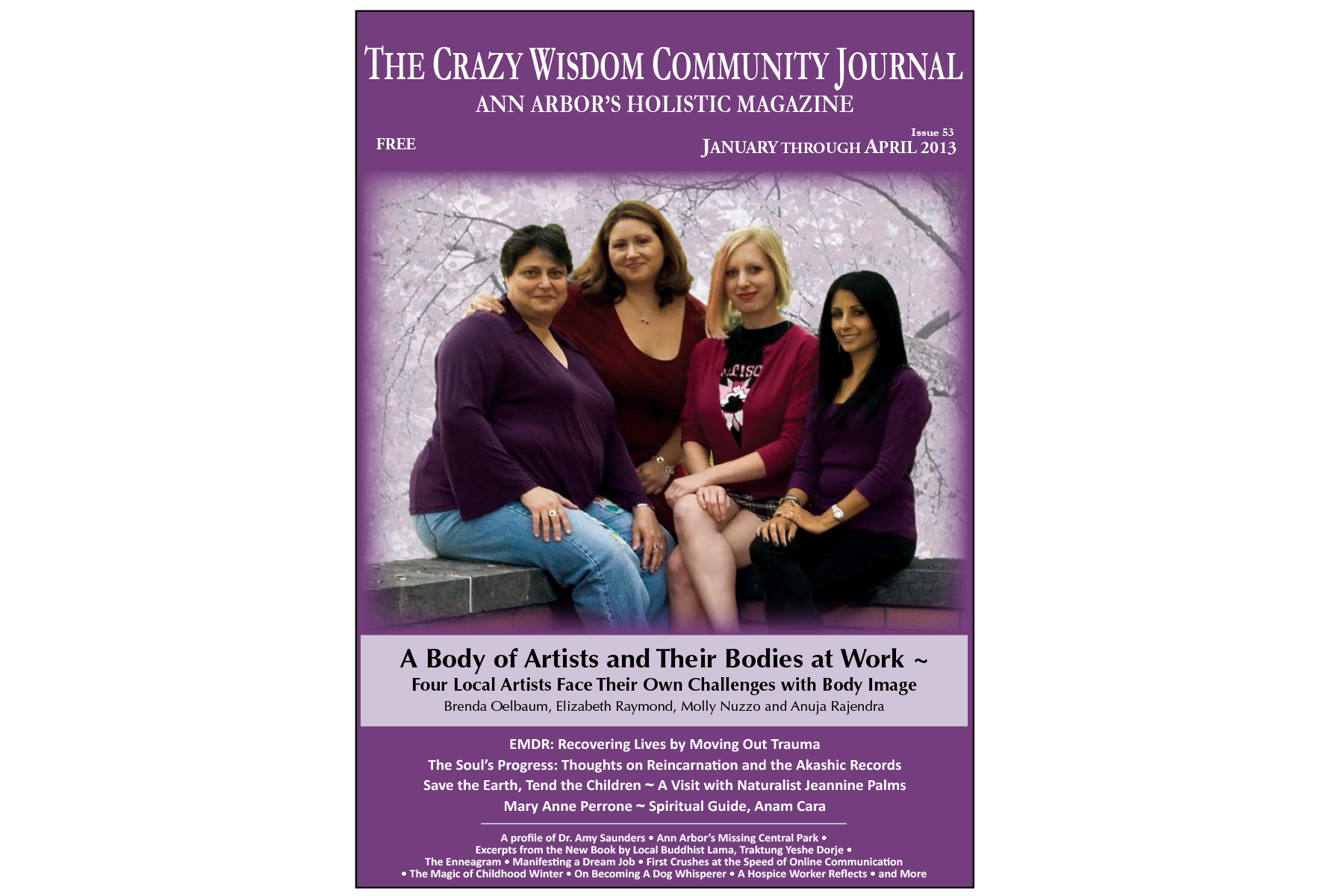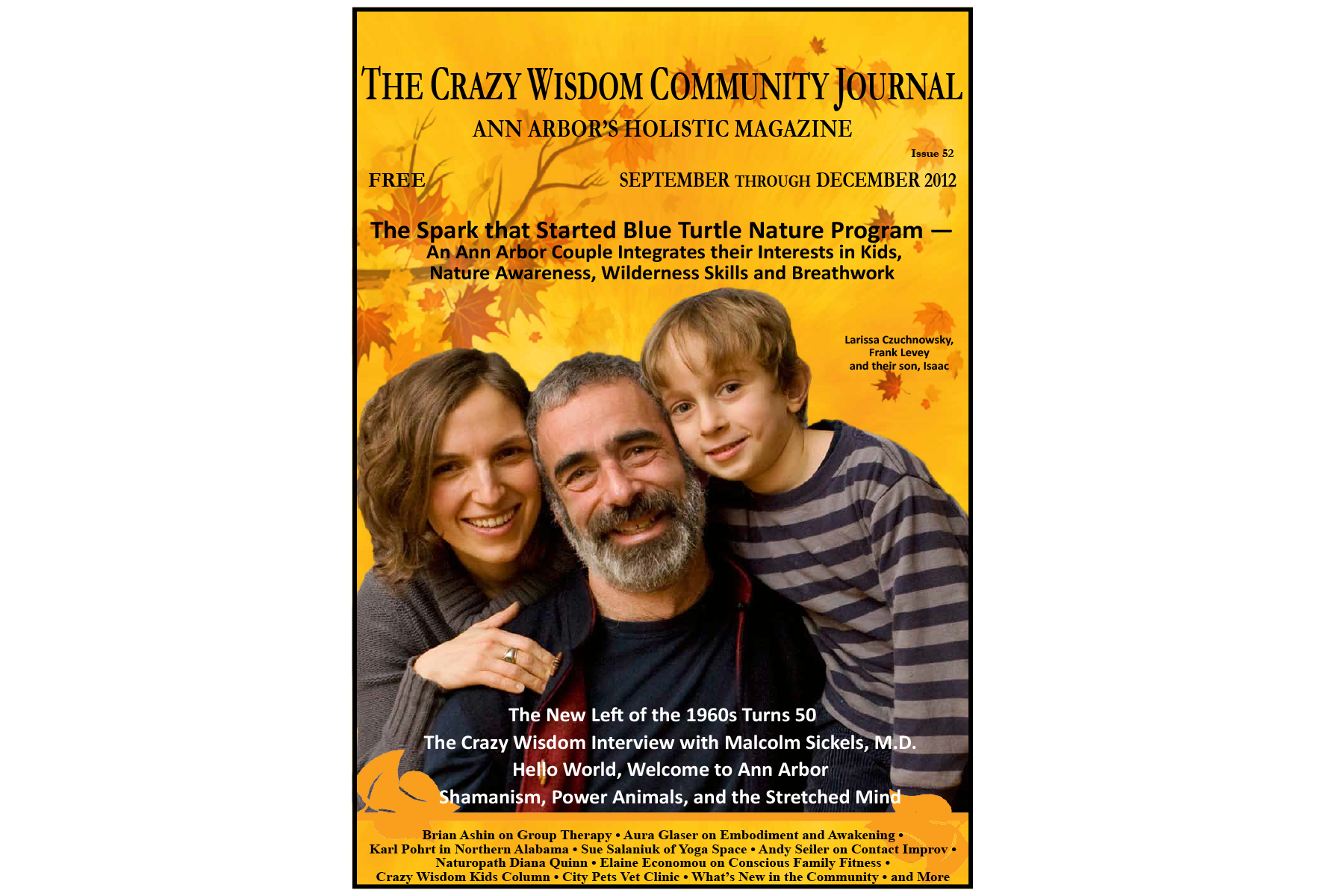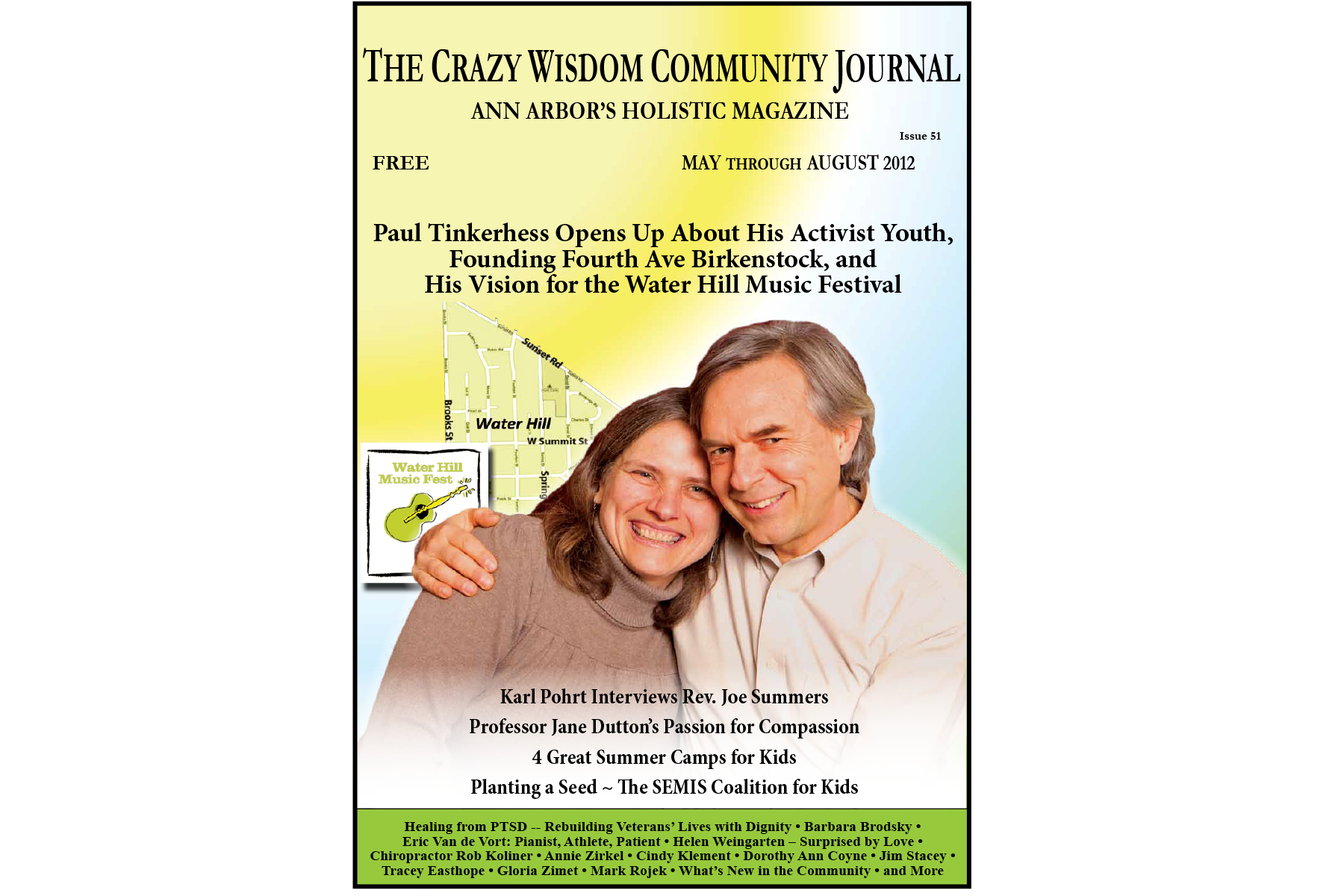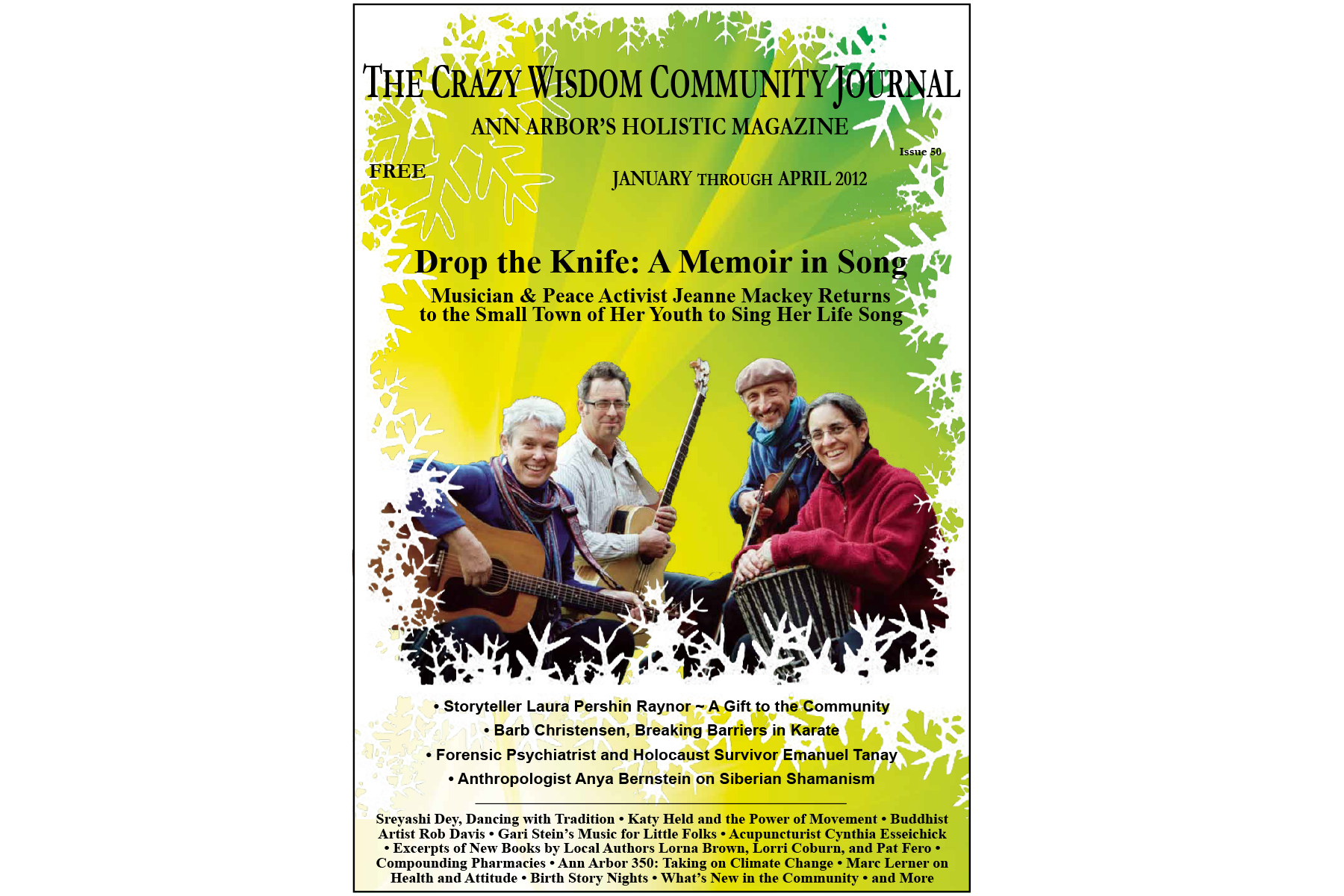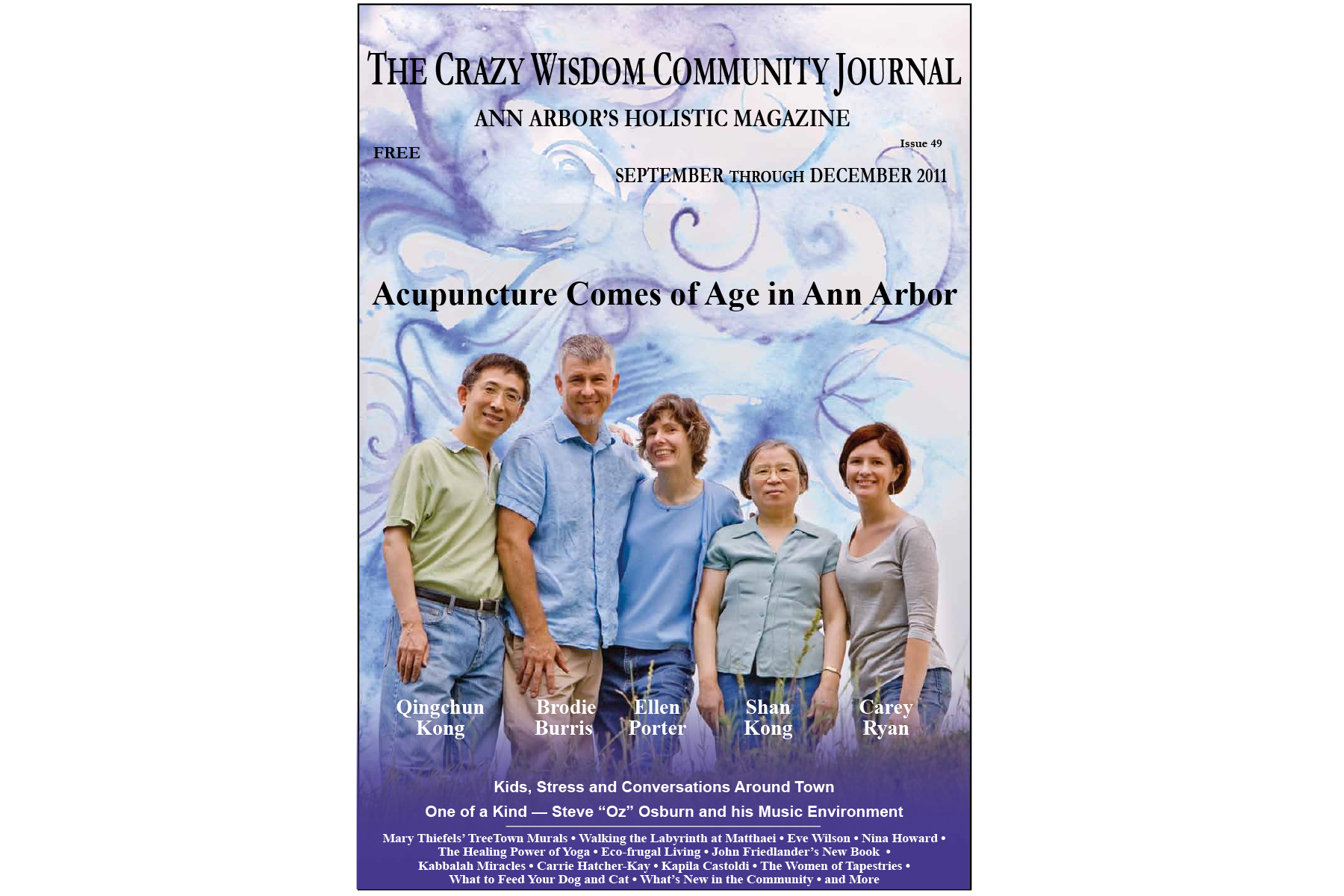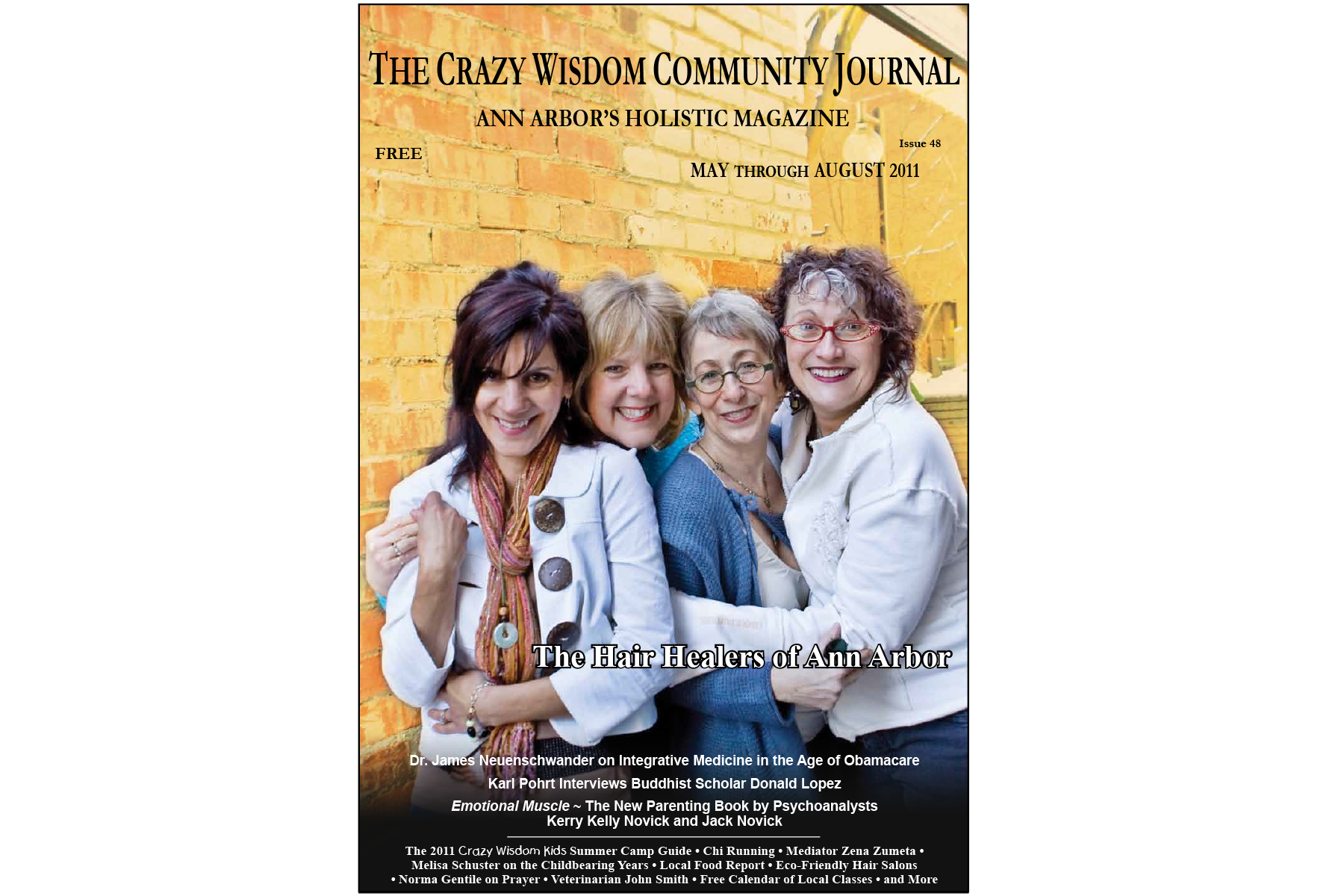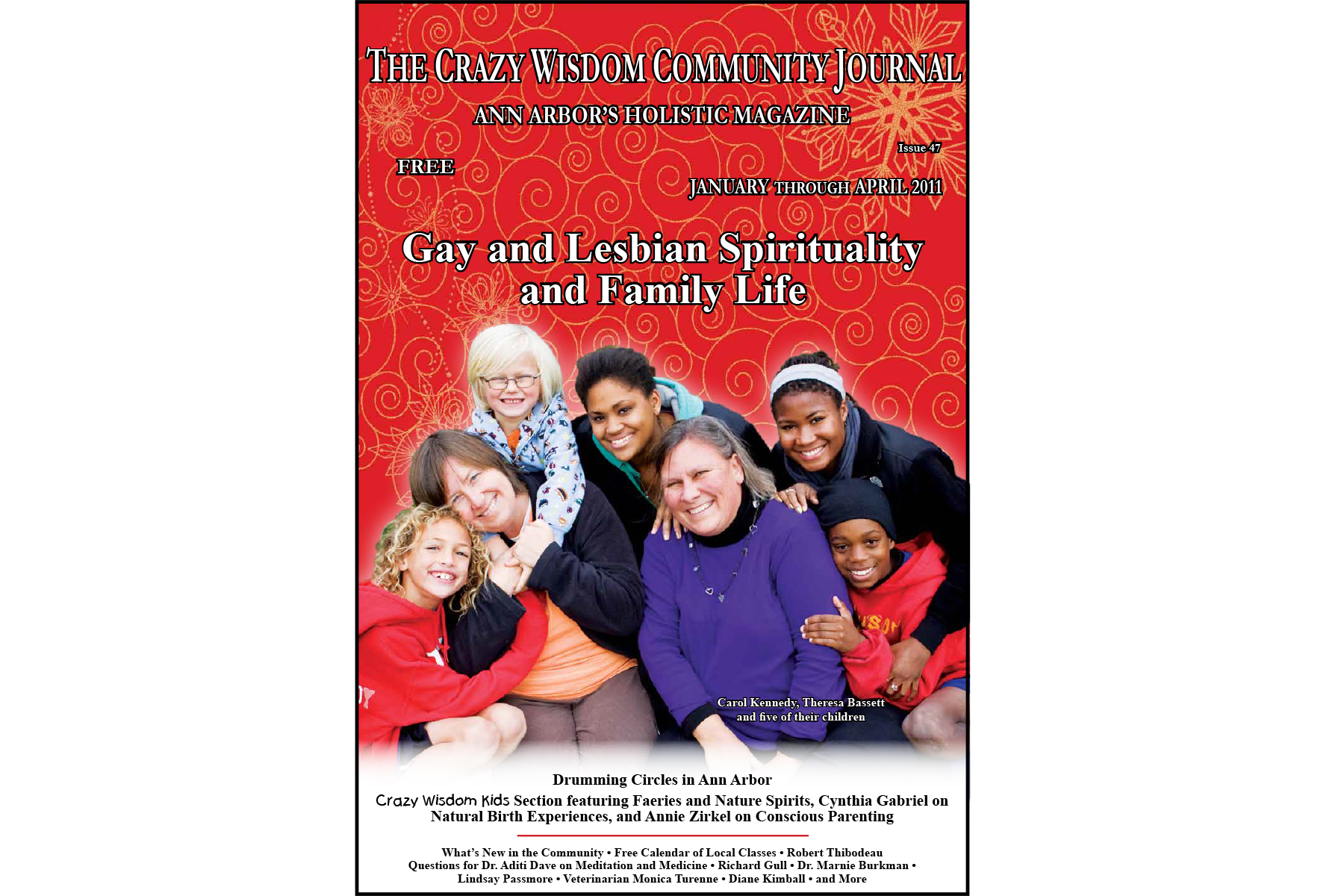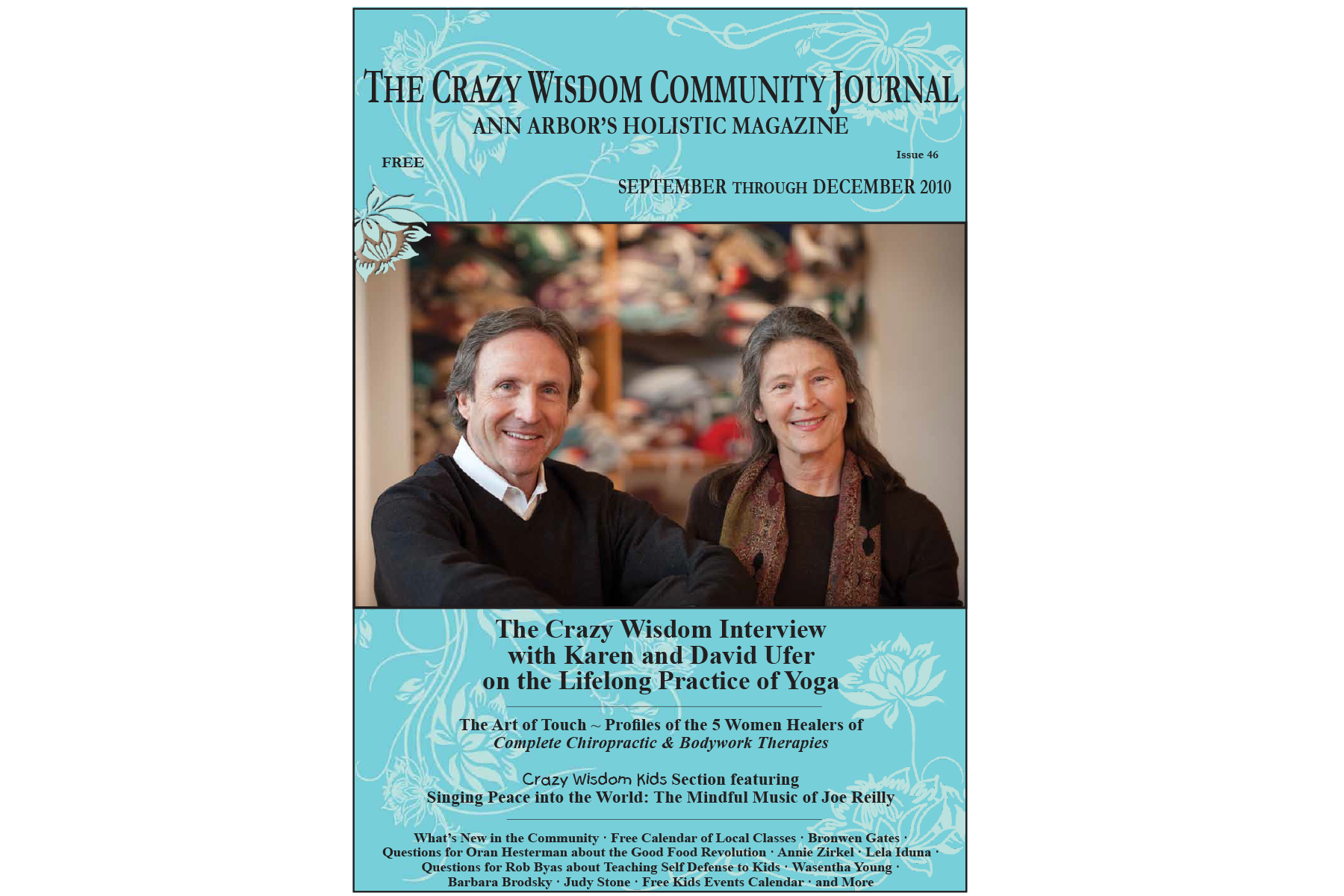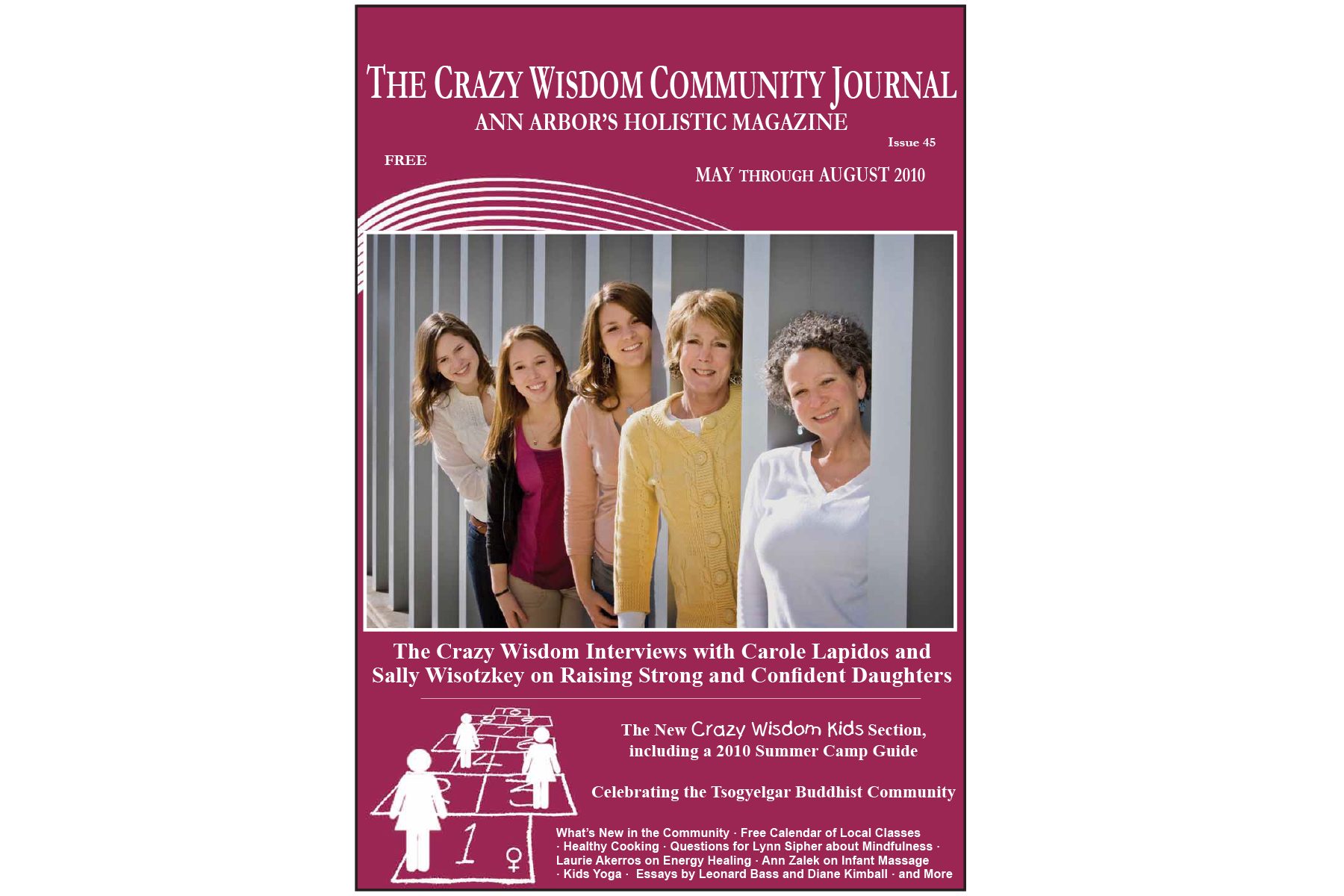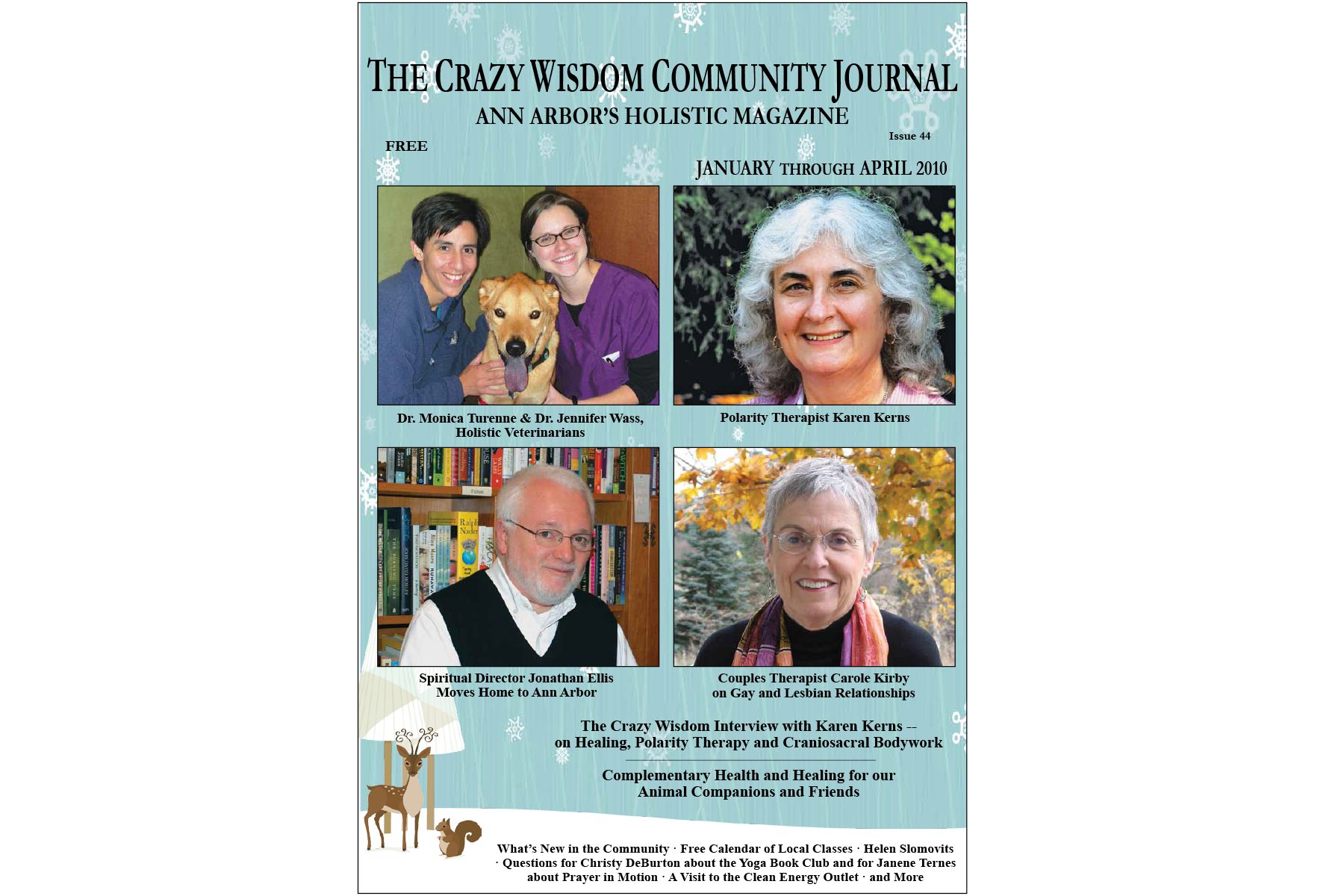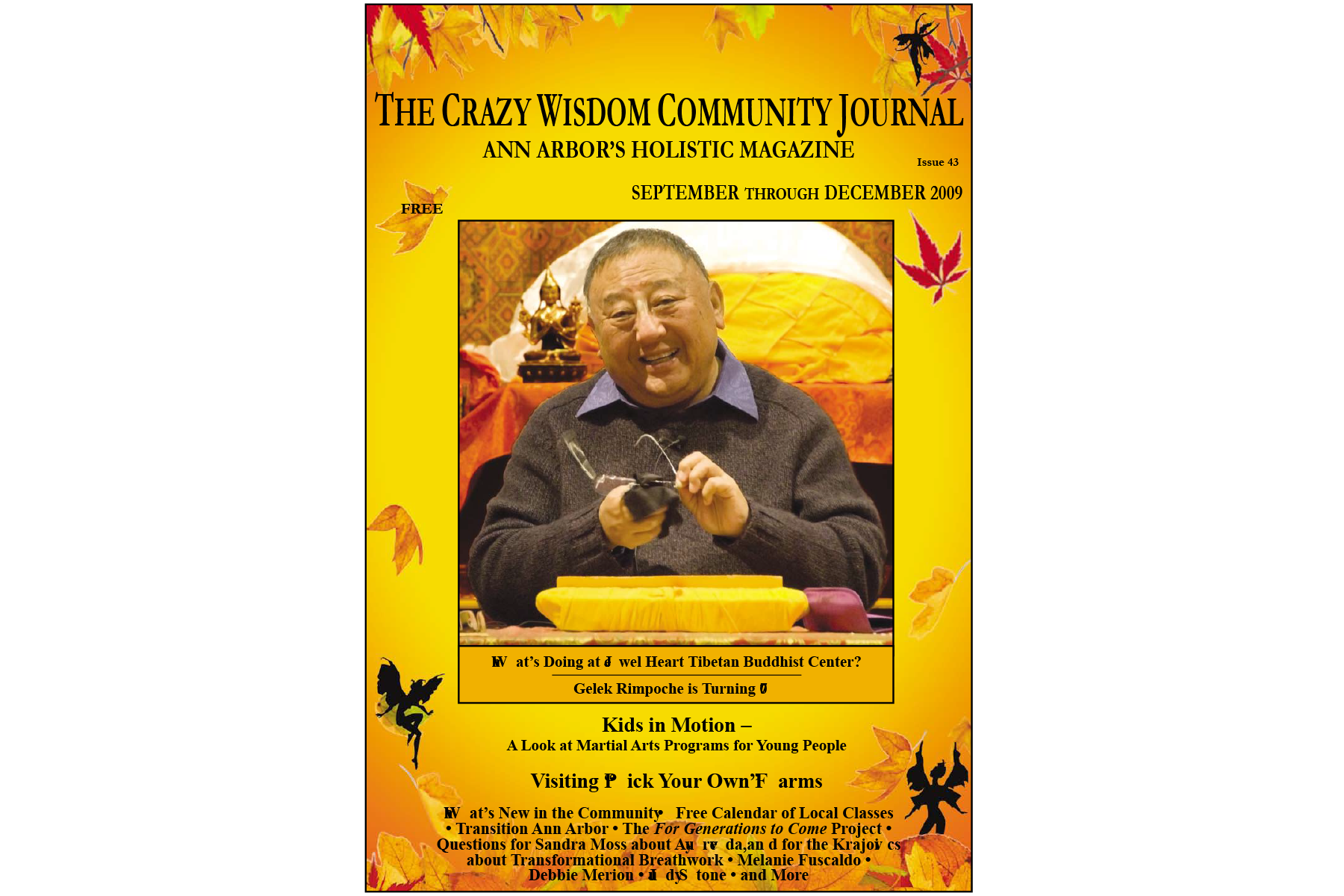As a coach in the wellness industry, I am constantly shown the stark truth about what ails most of us humans. We are looking for drastic change, and we want it immediately! We tend to know what it is that we need, but getting there is extremely overwhelming. Rather than suffer from disappointment about not getting “the thing,” many people choose to disengage from the goal all together.
Imagine Fitness & Yoga: Getting and Staying Fit with Support and Community
It is not surprising that Dr. Farah got the idea for the name of the fitness and yoga center while on a long run. After all, he has been an athlete and a fitness enthusiast for most of his life. He has run competitive distance races, including more than 100 marathons for decades—19 of them in the famed Boston Marathon. (For several years and last summer at age 79, he ran the Crim which is a 10-mile race in Flint.) He’s also been a sailor, a skier, snowshoer, and bicyclist, and has been leading fitness classes at Imagine Fitness and Yoga ever since it opened in the summer of 2015, less than a year after he got the idea.
Ann Arbor Healers: Indigo Forest and Chronic Pain Reduction
Beth Barbeau is a healer, and a teacher with 40+ years of midwifery and natural family health experience. Barbeau has recently added a new therapeutic device to her robust set of therapeutic options at Indigo Forest, her online and in-person business designed to help people of all ages achieve optimum health.
Sustainable Health: When Food as Medicine Becomes Food as a Threat to Health
In the early 1990’s, when first beginning my foray into nutrition work, the cutting edge was the emergence of the low carb diet. The Atkins Diet was published in 1992 and faced off against the high carb, low fat heart disease reversal program of Dean Ornish. Ornish is a physician who led the public and the medical community toward a plant based, low fat lifestyle approach to preventing and reversing heart disease.
The Crazy Wisdom Interview with Dr. Amy Saunders on Integrative Medicine and Her Life’s Journey
Dr. Amy Saunders is one of the leading integrative medicine doctors in the area. We had profiled her ten years ago, and we wanted to check back in with her, and see how she had viewed Covid, and hear her current points of view on her medical practice and providing integrative care. We also were hoping to talk with her about the influences which shaped her becoming the attuned, committed and deeply caring physician that she is known to be.
The Healer Within ~ The Crazy Wisdom Interview with Advanced Energy Medicine Practitioner, Barb Scholz
Barb Scholz is a leading energy medicine practitioner in this region, highly respected by other energy medicine practitioners, and deeply valued by her clients. Born in Lansing, she moved to Ann Arbor when she was 14 years old and has stayed here ever since. She refers to herself as a Modality Museum, and rightly so. Over the course of her life, she has practiced and become immersed in yoga, aromatherapy, essential oils, homeopathy, craniosacral therapy, massage therapy, acupuncture, energy medicine using Donna Eden’s method, and more.
Hygge-- Create a Cozy Winter
Hygge, pronounced “hoo-gah,” is a Danish word that can most readily be described as a sort of coziness, although it’s more than that. It also comes from the word hugga, which is related to the word hug and means to comfort and console. So, it’s little surprise that it’s what keeps the Danes the happiest people on the planet even though they endure frigid winters with little daylight. Sunrise in a Copenhagen winter can be as late as 9:00 am while sunset can arrive not long after by 3:30 p.m.
From Nature to You--Remedies for PMS and PMDD
Every month, I know when it's that time in my menstrual cycle: the time to cue up sad movies and bust out the dark chocolate. There are signs my luteal phase has arrived, and it used to make a grand entrance, but I learned ways to dampen its arrival.
Are You Sabotaging Your Self-Care?
By Christy DeBurton
What comes to mind when you think of the term ‘self-care?’ Many people think self-care involves a lot of time or money. Others believe that self-care is selfish. These ideas are completely false. Simply put, self-care is essential for you to be the best version of yourself. It isn’t about getting weekly massages or taking candle-lit bubble baths (though these can be part of it if you choose). It isn’t about neglecting your responsibilities or ignoring the needs of others. The real essence of self-care is being true to who you are, so you are living the life that you want to live, and not the life other people want you to live. It’s about making choices from a place of love and connection rather than guilt and obligation. But that love has to start with loving yourself first—and not all of us are so good at doing that—so we end up sabotaging our self-care. A while back, I went on my own self-care journey, examining the obstacles that were getting in the way of taking better care of myself. Here are some things I learned along the way.
Give yourself permission to take time for self-care. Let’s face it, no one else will. We all want someone else to say to us, “You’ve been working so hard. You’ve been under a lot of stress. Why don’t you take the day off and just relax?” Most likely, this is never going to happen. Even if you do have someone like this in your life, ultimately you have to be the one who gives yourself permission to take time for self-care. So why do we have such a hard time doing this? Because we’ve been raised in a society that tells us we always need to be more, do more, and have more. Because we’ve been raised in families that pass down conscious and subconscious beliefs that we are not worthy, that we don’t deserve what we really desire, and that we need to take care of other people’s needs before our own. Take a moment to examine this in your own life. Do you feel obligated by certain people to do things that you really don’t want to do? Do you tell yourself you don’t have time for self-care because you just don’t feel like you deserve to take time for yourself? Or are you worried about what other people will think if you do? What kinds of messages are you telling yourself about your worthiness as a human being? Examining those conscious and subconscious beliefs is the first step. Once you’ve done that, try putting into practice either or both of these helpful techniques:
“Who says so?” Any time you catch yourself thinking that you don’t have time to relax or do yoga or some other form of self-care because you have to check off one more thing on your never-ending to-do list, question that ‘voice in your head’ by asking yourself, “Who says so?” I guarantee you will be amazed at what other voices besides your own (maybe it’s the voice of perfection, or guilt, or your mother!) you are listening to. Is listening to those voices in your best interest? What if you listened to your own voice instead? Once you’ve asked yourself this question, or separately on their own, you could ask the following two questions.
“How do I feel right now?” and “What do I need to do to take care of myself?” In my work with clients, I have come to realize that most people are not good at checking in with themselves to see how they’re feeling throughout the day. We can’t take better care of ourselves unless we take the time to contemplate how we’re feeling and what we need. Getting into the habit of asking myself these two questions has made a huge difference in my life, and I am confident it can in yours, too. I encourage you to write these questions on some sticky notes and put them in places where you’ll see them—like on your bathroom mirror, work desk, or car dashboard—throughout the day. Then, every time you see them, take a moment to pause and ask yourself how you’re feeling and what you need to do to take care of yourself. The trick is that you need to pause long enough to really ‘hear’ the answers, and then go do what you need—without apology!
I had to work at it for quite a while to get to the point where I felt comfortable making time for self-care every day, so let me be the first to say it won’t be easy. You’ll most likely get resistance from those close to you who have certain expectations. But those who truly love you and want what is best for you will understand. And those who give you a hard time? You might want to examine why you want people like that in your life.
Because I benefited so greatly from taking my own self-care journey and learning to implement techniques like the ones above, I created a compact but powerful online course, Stop Sabotaging Your Self-Care, to help others who are ready to make self-care a priority. In this course I guide you on a journey of self-discovery to examine the obstacles that stand in the way of you taking better care of yourself and teach you tools like the ones above to help you cultivate greater awareness around your self-care needs. I’ve included thought-provoking exercises, journal prompts, weekly meditation and yoga practices, and more. You can find out more about this course at yogaroomannarbor.com/online-courses-self-care.
Finally, because I found it helpful to have some supportive people tell me that I did, in fact, deserve to make time for my own self-care, let me pass that support on to you. The world needs your gifts. But you will only be able to shine if you take good care of yourself first. It doesn’t have to be anything elaborate: even taking a 15 minute walk every day can make a world of difference. I promise if you do, you will feel so much better and those around you will also receive the benefits of your new-found sense of well-being, too. You absolutely deserve it, so give yourself some time for self-care today.
Christy DeBurton is a Holistic Yoga and Wellness Educator with 25 years of experience. She helps people feel better inside and out through yoga, meditation, wellness retreats, online courses, and more. She can be reached at info@christydeburton.com.
Related Content:
Body Wisdom from Our Ancestors—Combining Trauma Informed Movement and Art Therapy
Awareness of the universal impacts of trauma on the mind, body, and society—large and small—has been growing over the past few decades. Fortunately, this awareness has promoted understanding of what type of approaches might help support healing as well. Some of these approaches were known by our earliest ancestors, including creating images, movement, dance, music, and singing. Today we call these expressive arts therapies.
The New Context of Essential Oils
Take a moment to imagine a beautiful rose garden. Notice your surroundings. Feel the sun warming the surface of your skin, as a gentle breeze dances by. Listen to the sounds of nature around you. The leaves on the trees sway in the breeze. Birds off in the distance. A sense of stillness within the activity of nature.
What We Can Predict
The Farmer’s Almanac predicts a colder, flakier winter than usual for those of us who live in The Mitten. Normally this would not be worth noting, but there is no “normally” anymore, and so I do note it.
Maybe I note this prediction because at a time when truth seems to be elusive, and not being prepared threatens to be deadly, The Farmer’s Almanac is a reliable source when it comes to foretelling the weather and helping people prepare. And it tips its hat to inclusivity, in that anyone is welcome to read and heed its advice—not just farmers. According to the Old Farmer’s Almanac website, it is North America’s most popular reference guide and oldest continuously published periodical.
The Food of the Gods-The Sacred Cacao Ceremony
Over 5,000 years ago, the cacao bean was first used by early Mesoamerican civilizations. It has been celebrated ever since as a sacred plant medicine in many indigenous cultures in South and Central America. Cacao (kə-ˈkau̇) known as the “food of the gods,” is the seed found in the fruit of the Theobroma cacao tree, which is native to the Amazon basin.
Restoration Through Ink
Identity, as defined by the Oxford Dictionary, is “the fact of being who or what a person or thing is.” As a society, now more than ever, the meaning of one’s identity has never been more fluid or more open to interpretation. What defines someone’s identity? The answer is different for everyone. But for those asking that question, tattoo artist Jamie Wedge at the Lovely Monkey Tattoo in Whitmore Lake is hoping to provide a solution.
Sustainable Health: Ask for Help!
The weeks and months after my first child was born were some of the most difficult I have ever experienced. I was depleted from blood loss, and it felt like all the nutrients in my bones and muscles were being concentrated into the growing baby and breastmilk. For the first few days, my husband carried me down the stairs. He changed every diaper for the first month. However, the sleep deprivation, the intense emotional changes, and continual nutritional depletion converged to bring me to a point of stress in my system I was unprepared for and had little facility to manage.
Life Force: Discovering Invisible Allies Outside Your Door
As the sun moves higher in the sky, warming our bones and our soil, we might find ourselves more frequently drawn outside. We venture into our personal landscapes just outside the door, onto the trails of our neighborhood park, or even Nichols Arboretum, looking for more signs of life emerging from the earth. What is our personal connection with this green world outside? Some of us have started a spring vegetable garden, some of us hike or play regularly in the wild, and some of us might not know anything about plants—we just know what looks beautiful to us or how good we feel after spending time outdoors.
Book Reviews, Fall 2020
Whether you are new to Pema Chodron’s work, or you are already a fan, Welcoming The Unwelcome: Wholehearted Living in a Brokenhearted World, her first work in over seven years, is incredibly timely and sounds like a kind of mantra for 2020, or perhaps the entire decade. It seems either on a global scale, or a smaller more personal one, each and every one of us has something on our doorstep we would rather not let inside. Yet, allowing what we don’t desire to enter is precisely what we must do. As Chodron points out, it isn’t going anywhere.
Kathy Braun and the Role of Hypnotherapy in Healing
Kathy Braun, the Clinical Hypnotherapist of Ann Arbor Hypnotherapy, is my cousin. When she relocated to Ann Arbor about fifteen years ago we all wanted to hear about her hypnosis practice. I was interested, but skeptical. I thought the “hypnotic state” was fiction. Kathy wouldn’t talk about her practice—explaining that the sessions she has with her clients are strictly confidential. She preferred to talk about what she calls her “bragging rights” back in the day when she was in a New York Shakespeare Festival production of Measure for Measure starring Meryl Streep.
Sacred Smoke: Smudging, Smoke Cleansing, and Purifying Your Space with Intention
Smoke permeates the air. You can see its path and how it spreads. There can be no place that is missed in a place where there is smoke. In so many ways, the smoke takes our hopes and desires and carries them away to be spread across the world. Given this, it’s not surprising that it has been used in spiritual and religious ceremonies around the world and across virtually all cultures. The first recorded use was with incense used by Egyptians as far back as 2500 BC, but it was also being developed in practices in China at the same time. Religious use of incense is prominent in Buddhist, Taoist, and Shinto shrines. These practices saw the burning of incense to be a way of purifying the surroundings and bringing forth Buddhas, Bodhisattvas, and Gods.
Why Your Gut Won’t Heal – And What You Can Do About It
According to two studies, 25% or more of the population in the U.S. has a functional gastrointestinal disorder, or an FGID. That is one out of every four people! But what is an FGID, and if so many people have it, why don’t you know about it?
